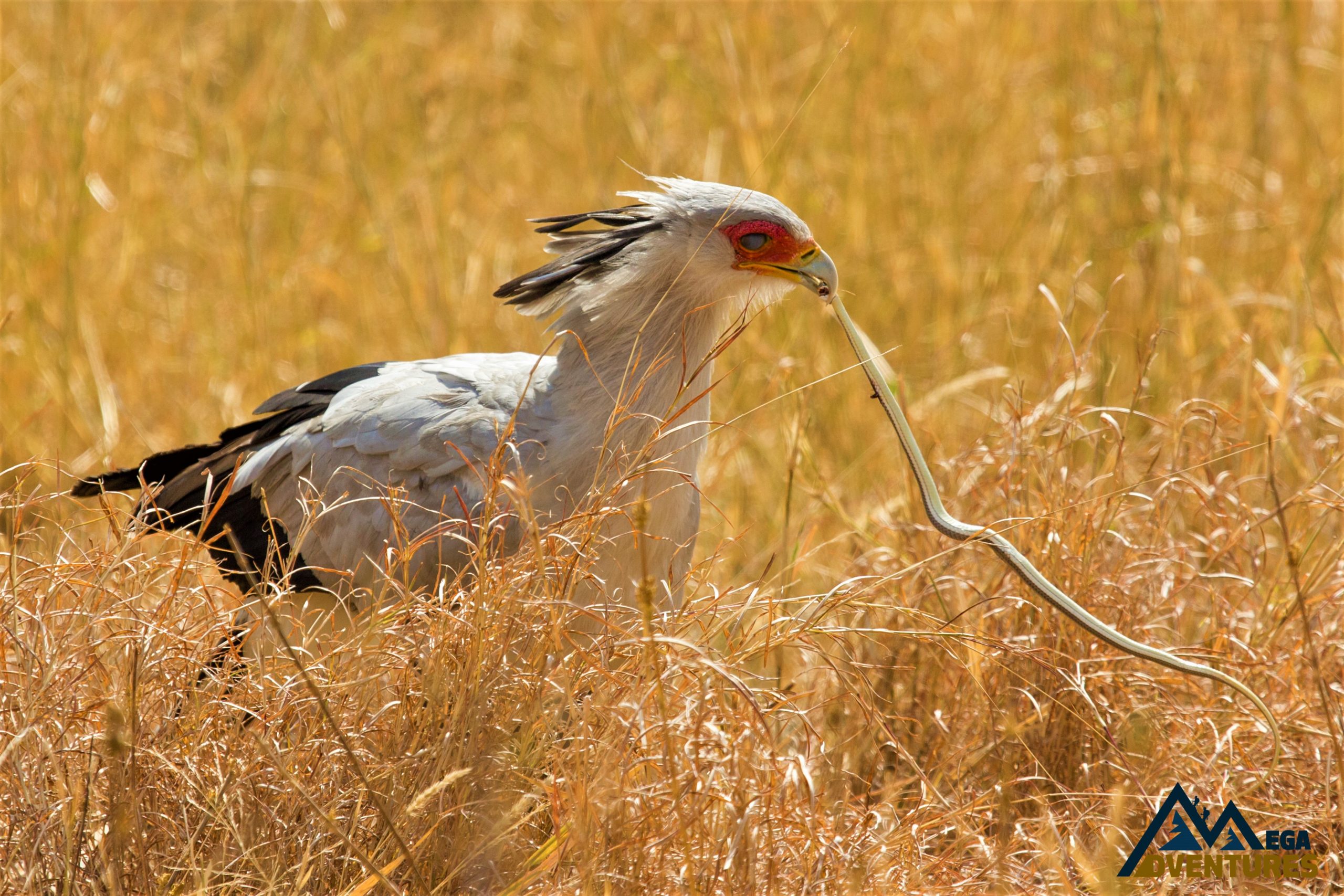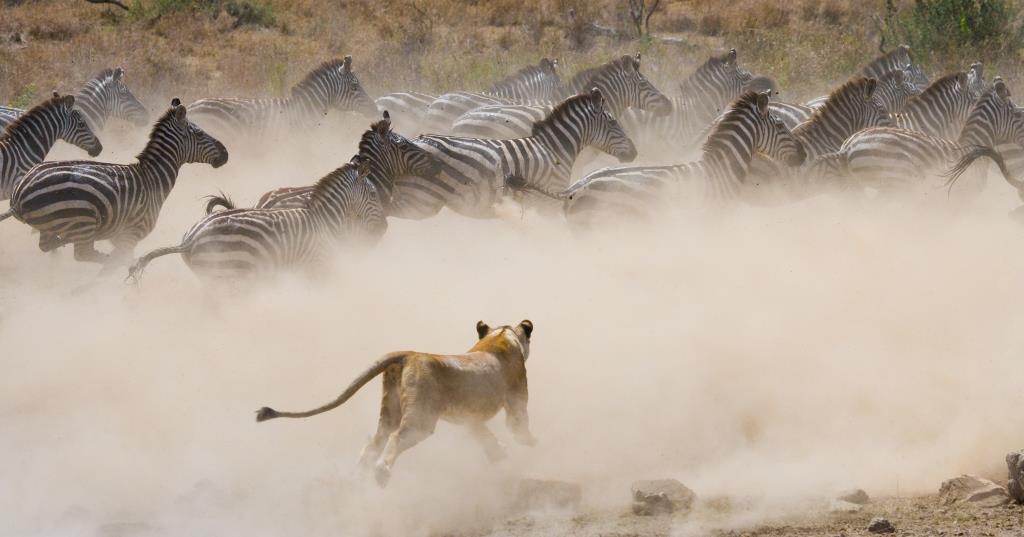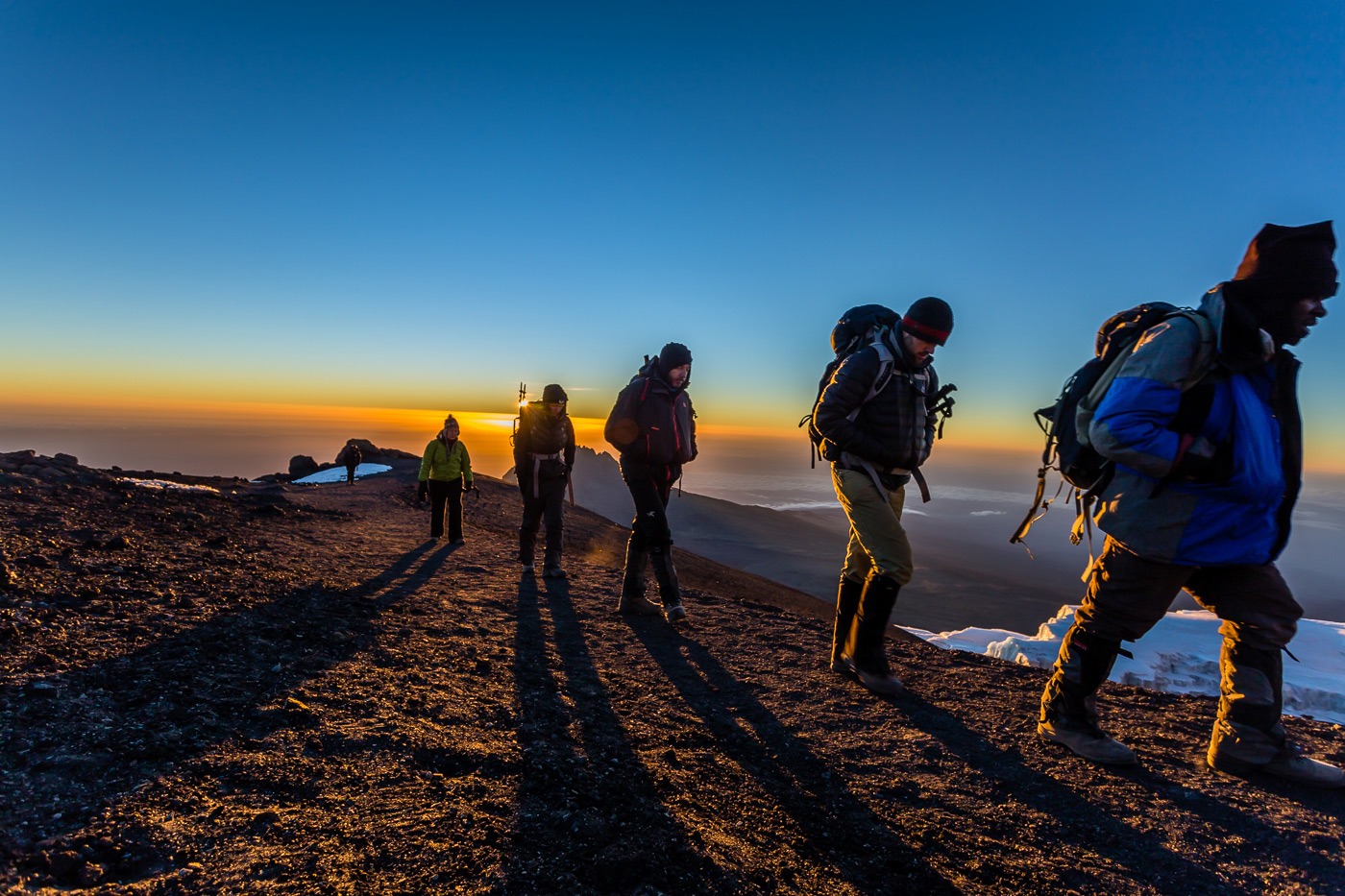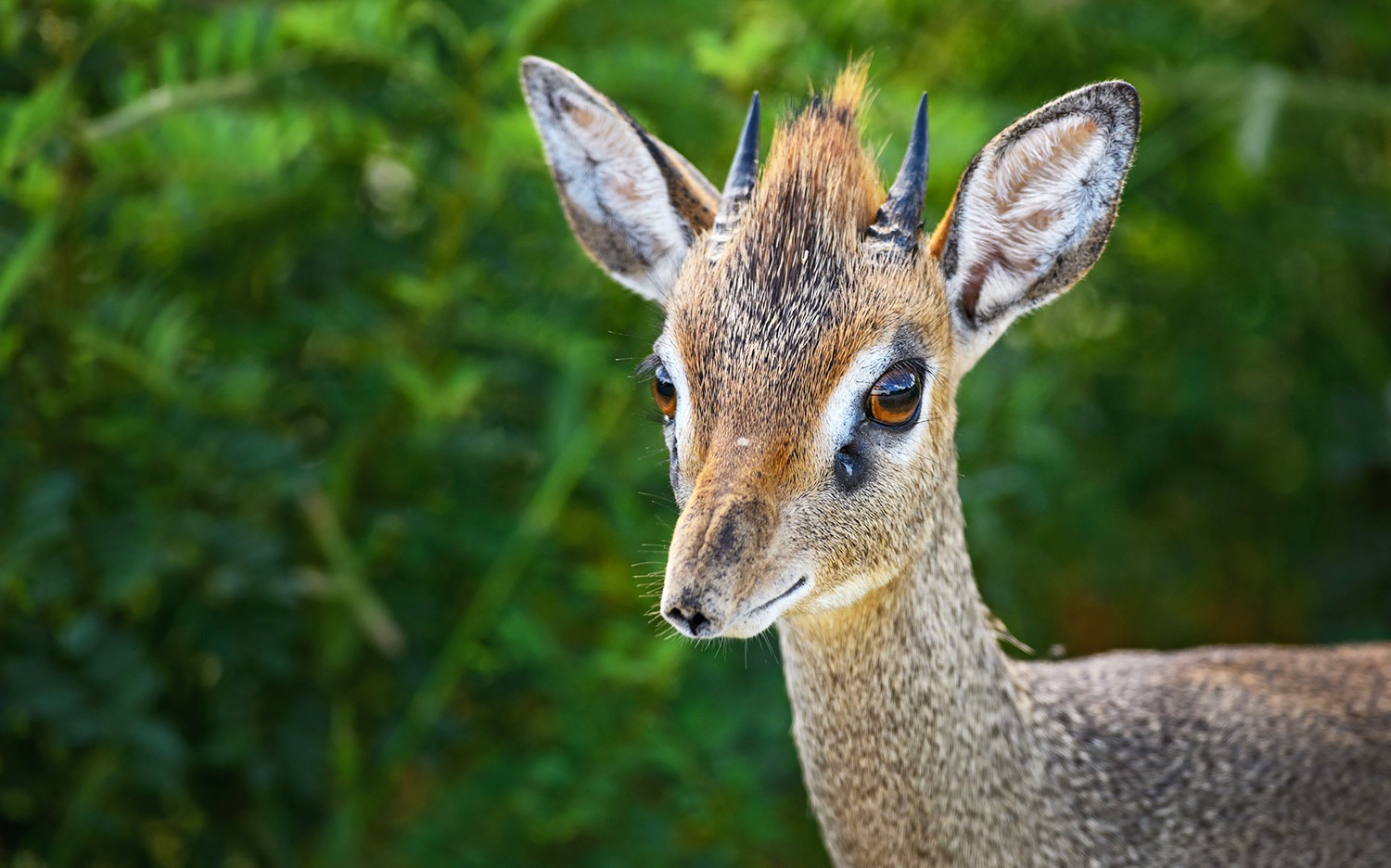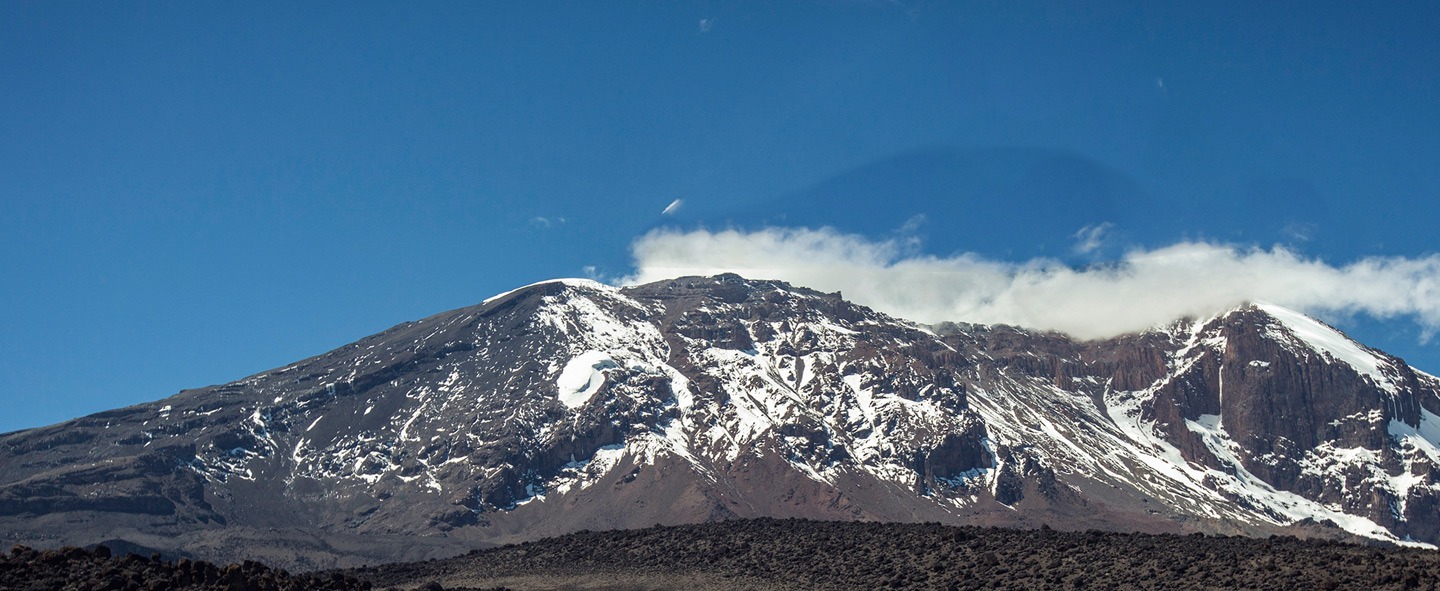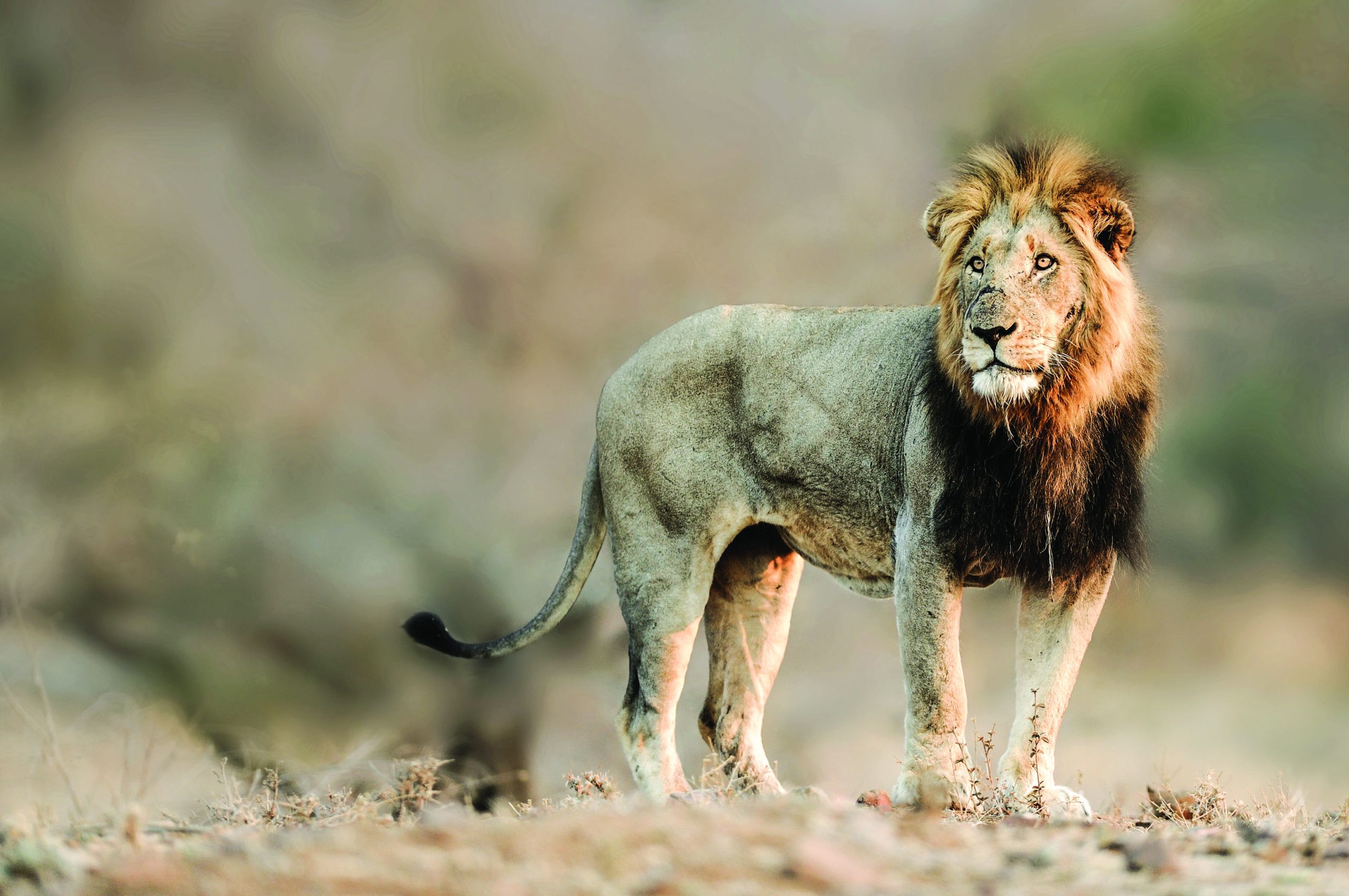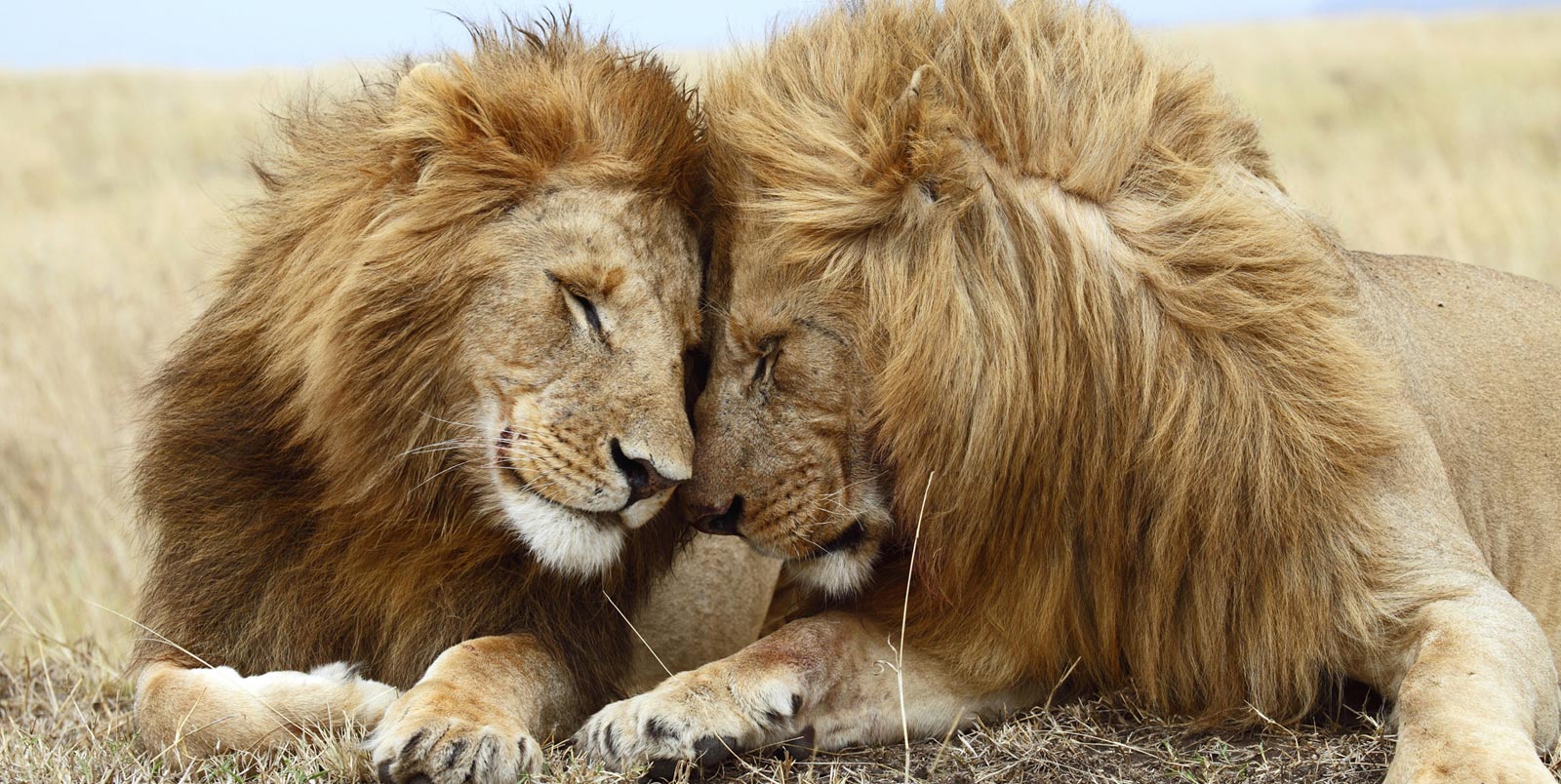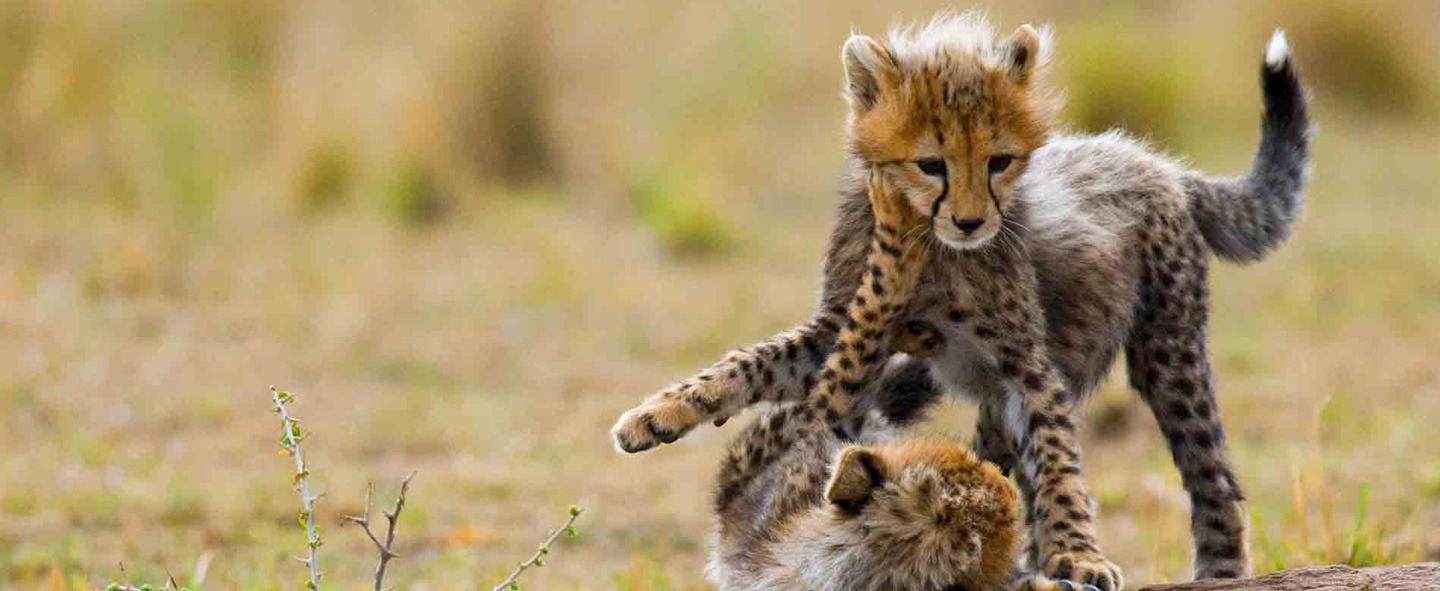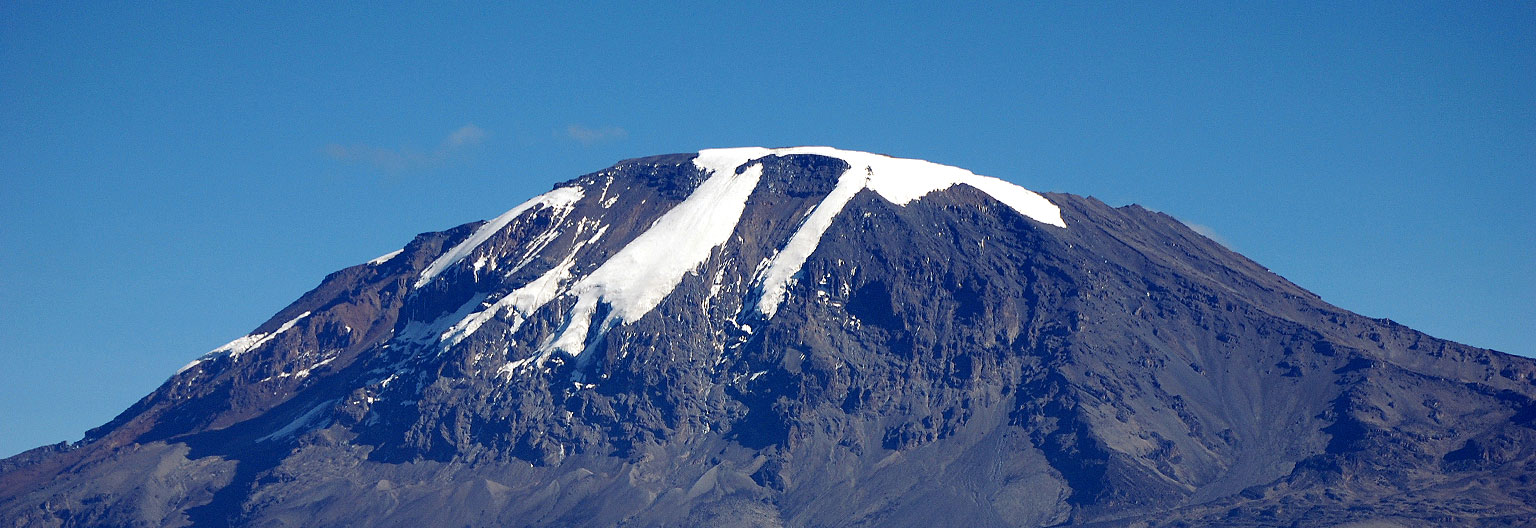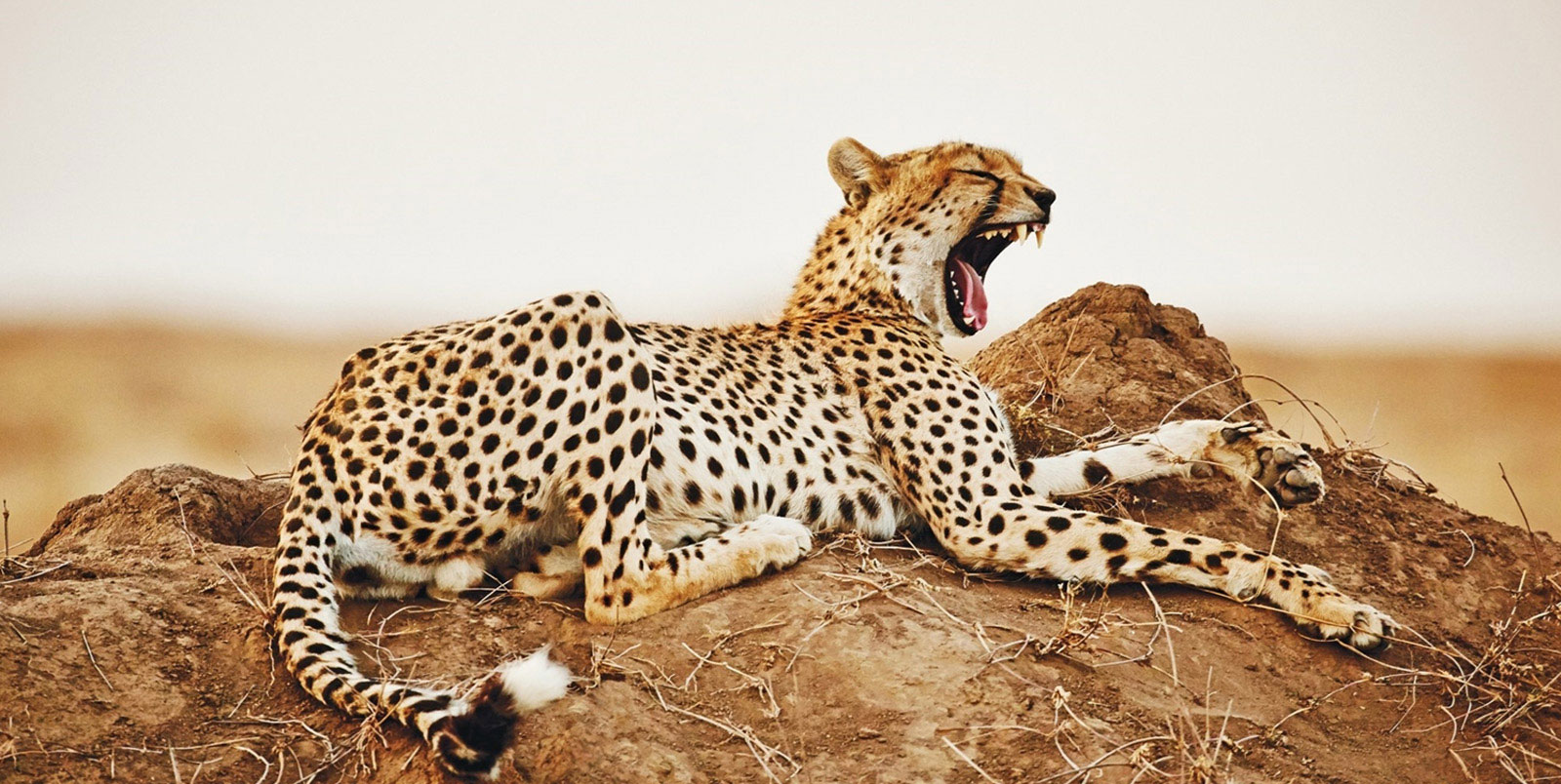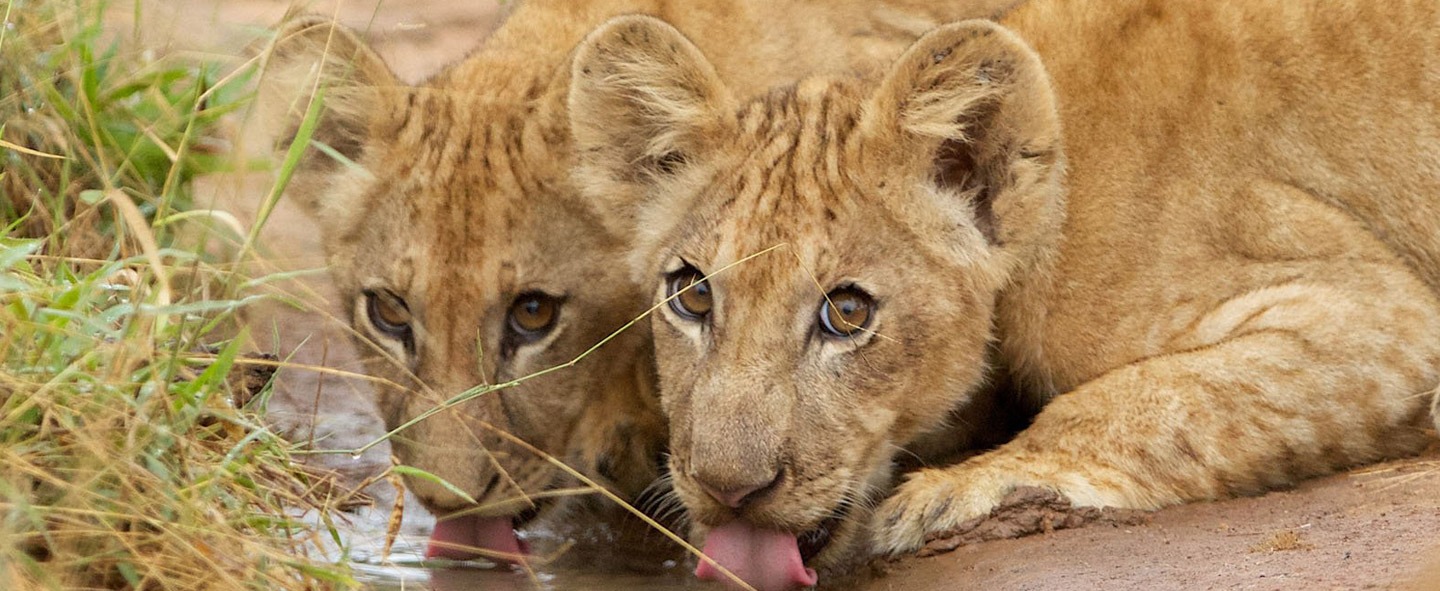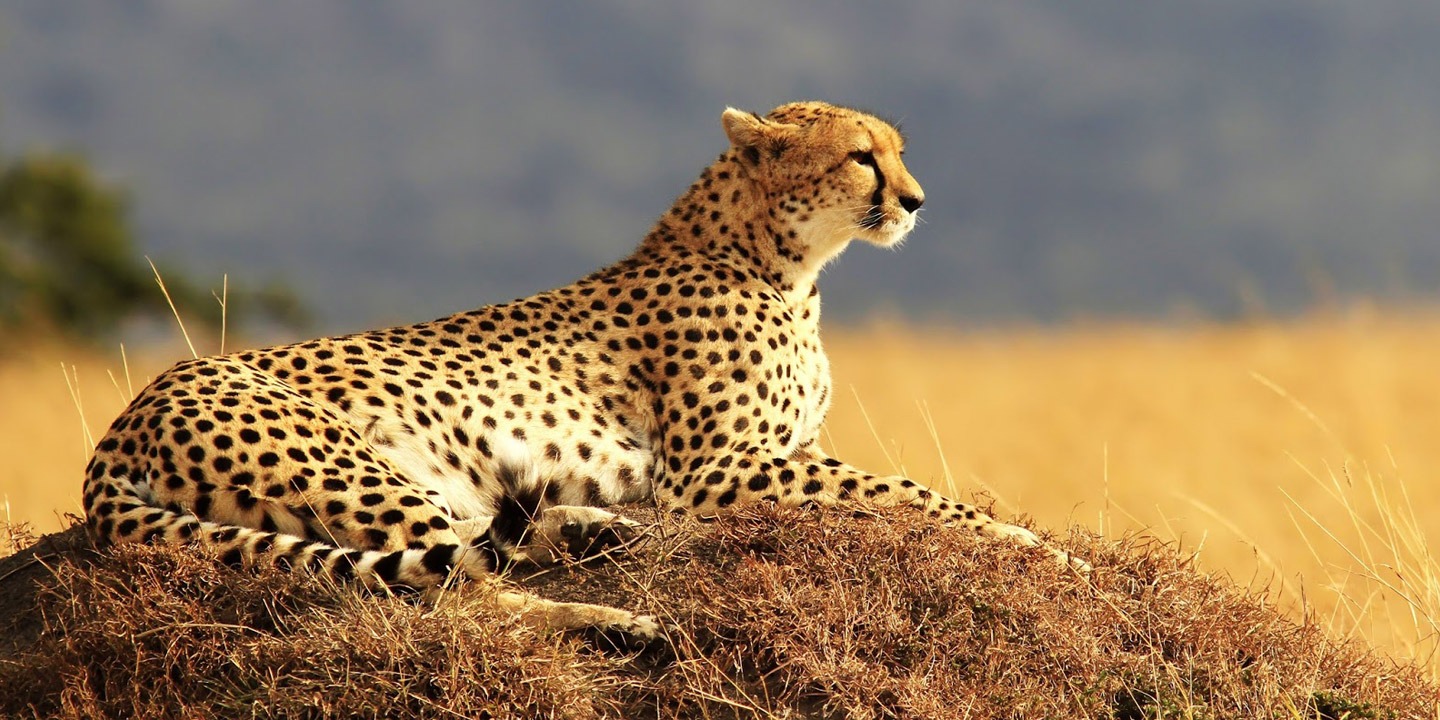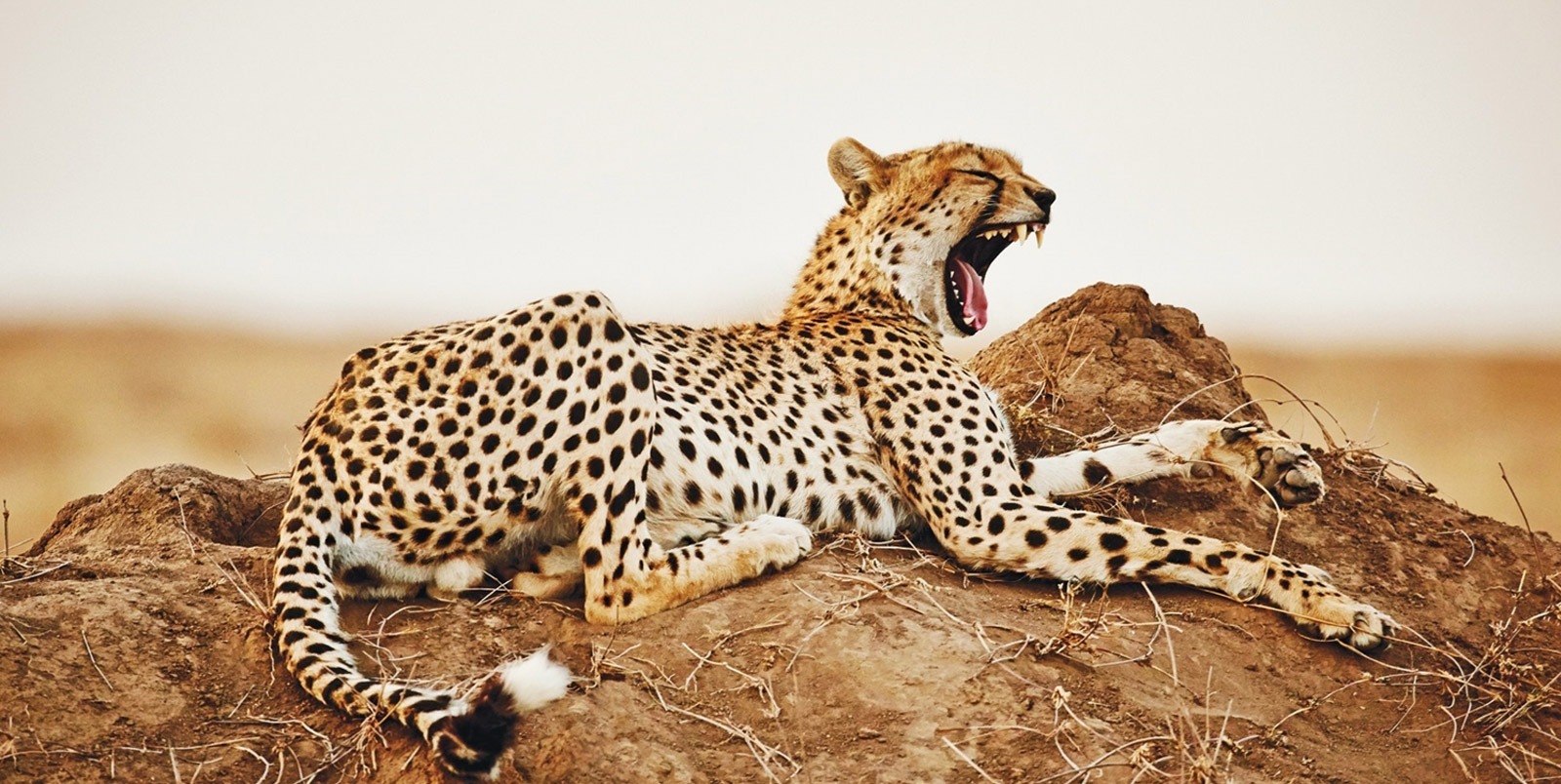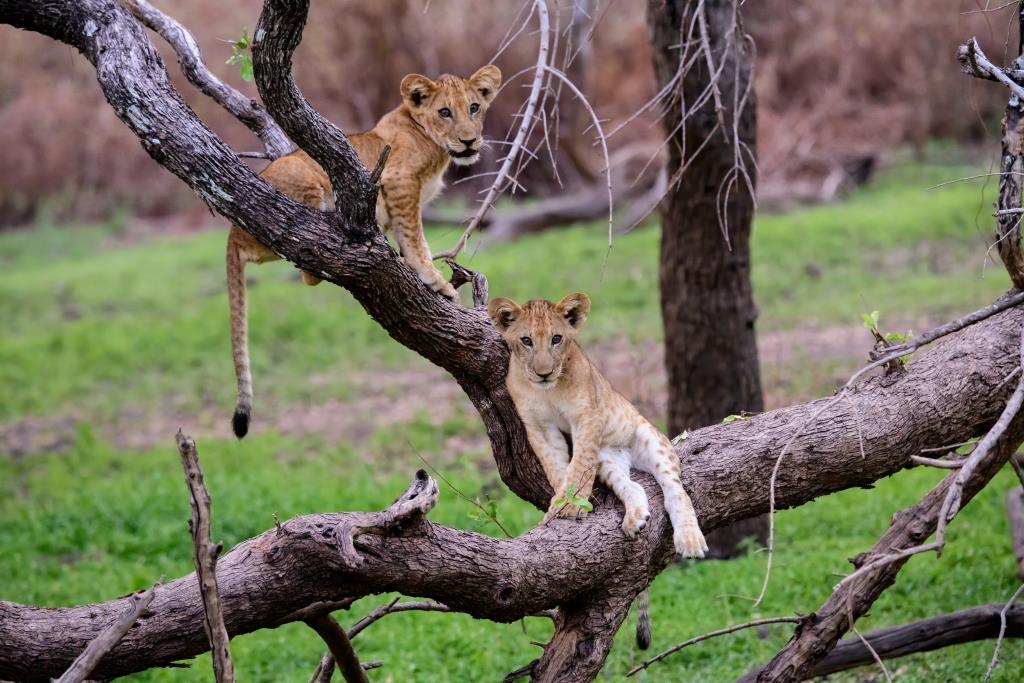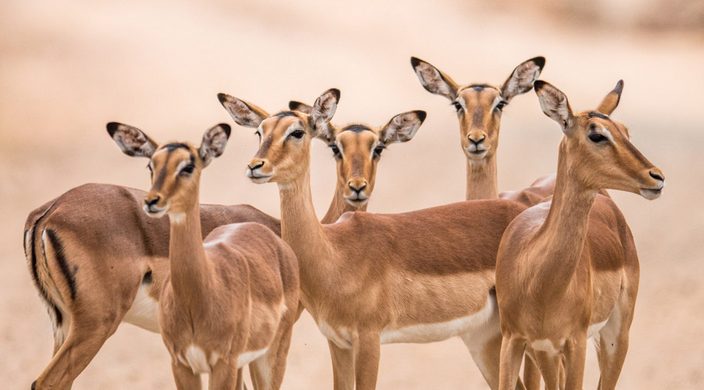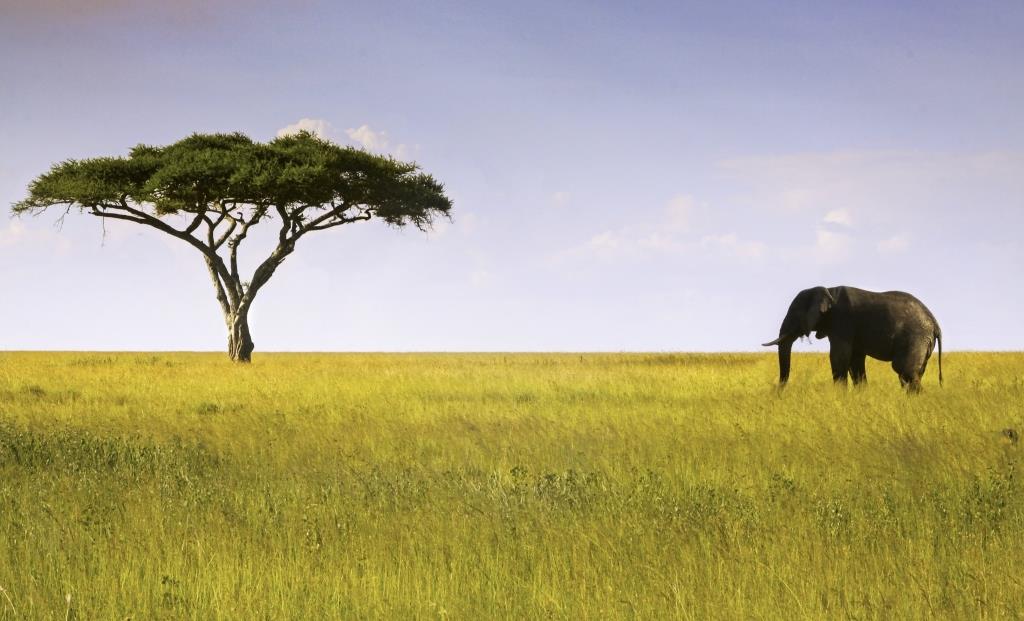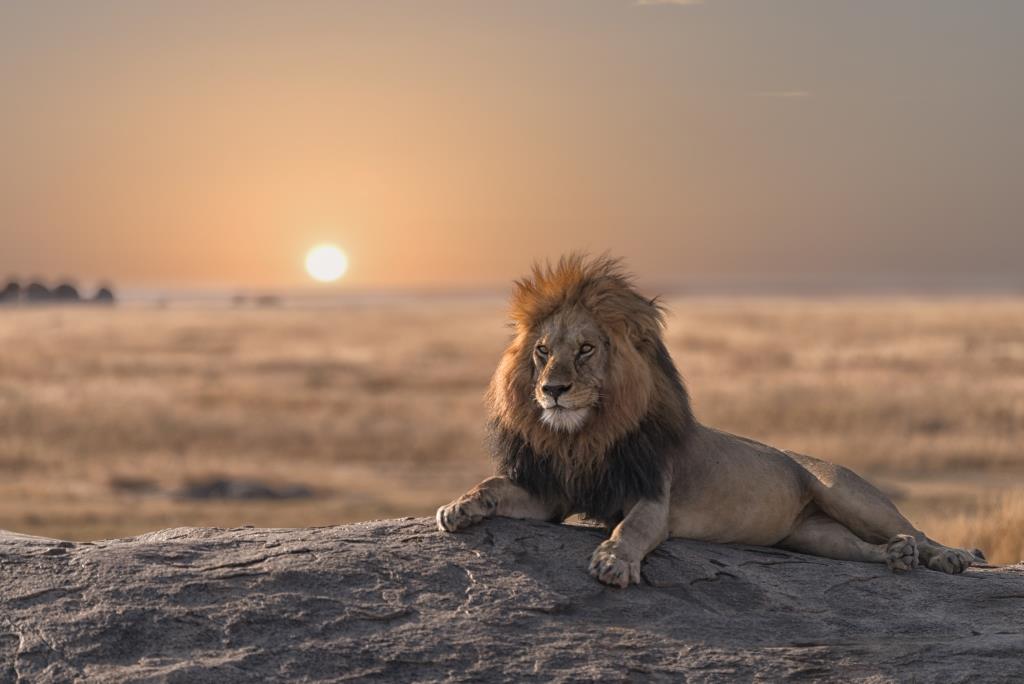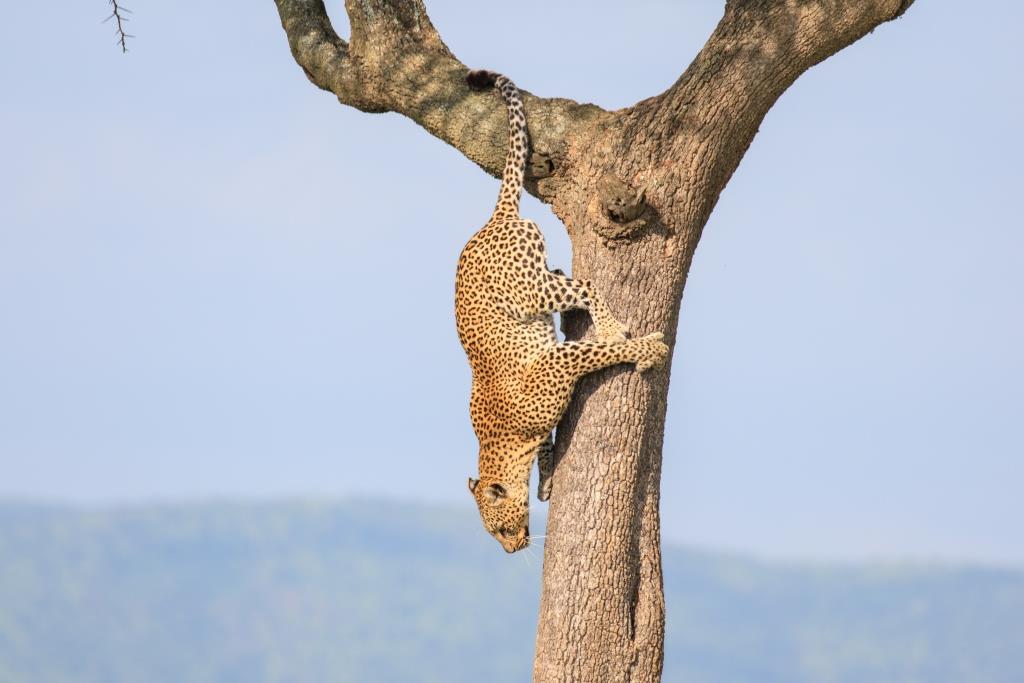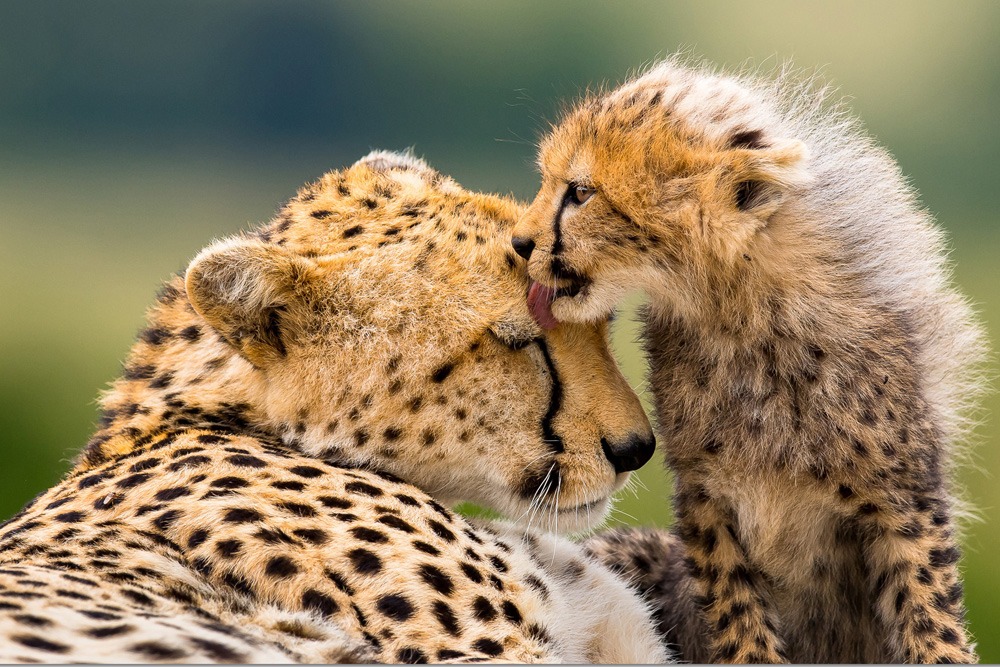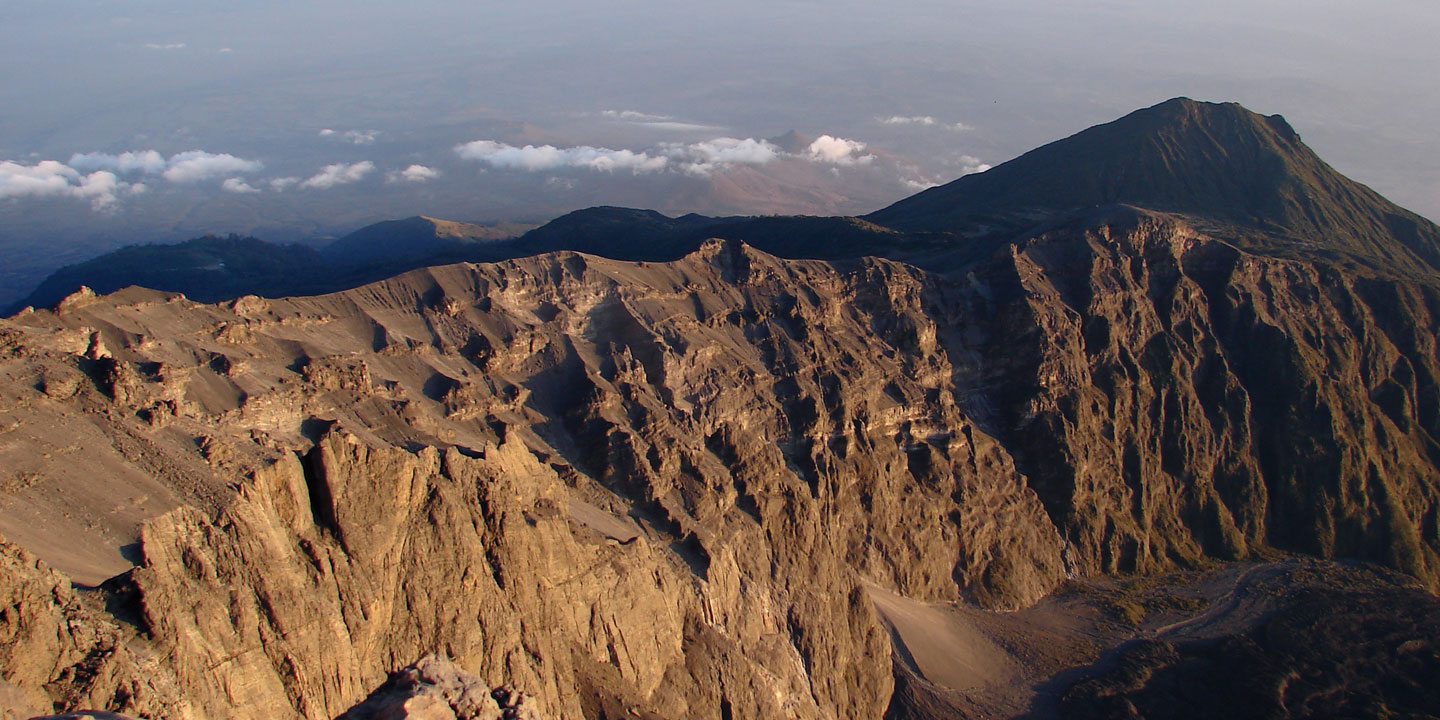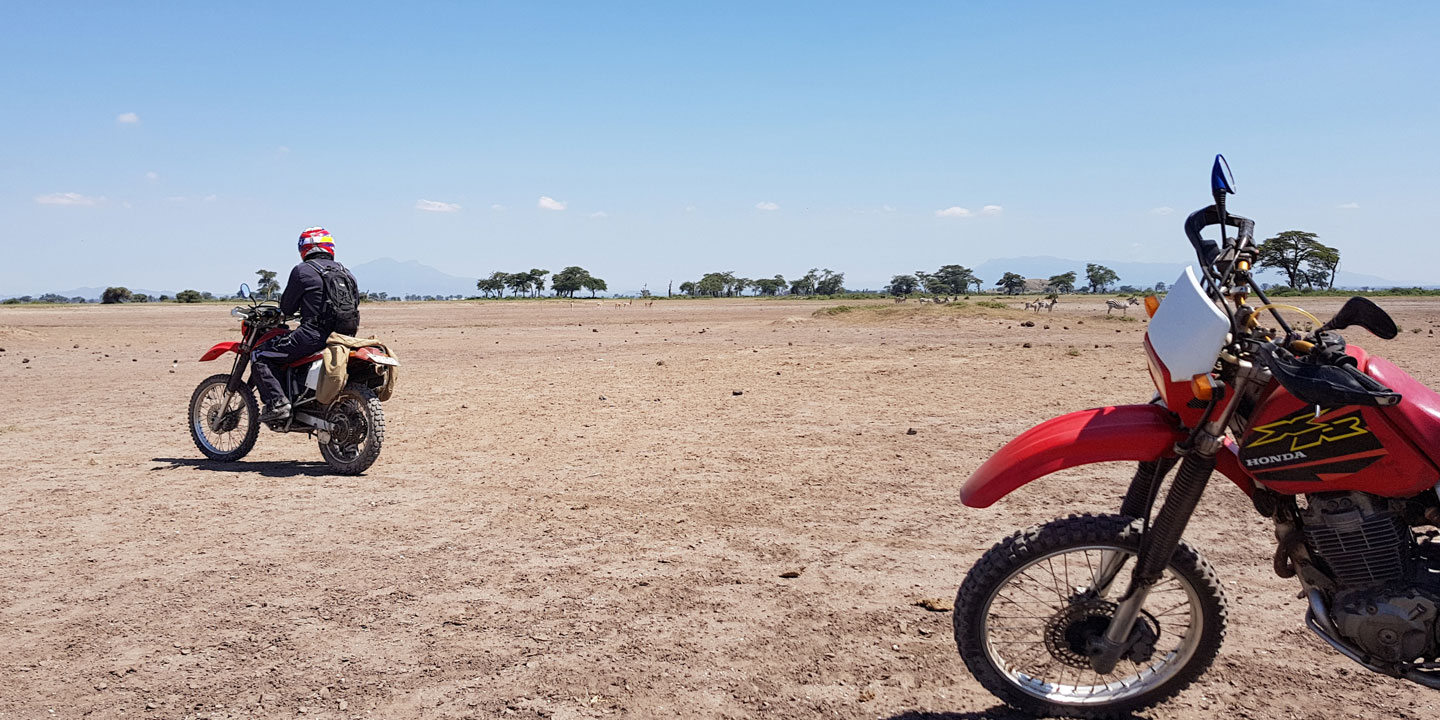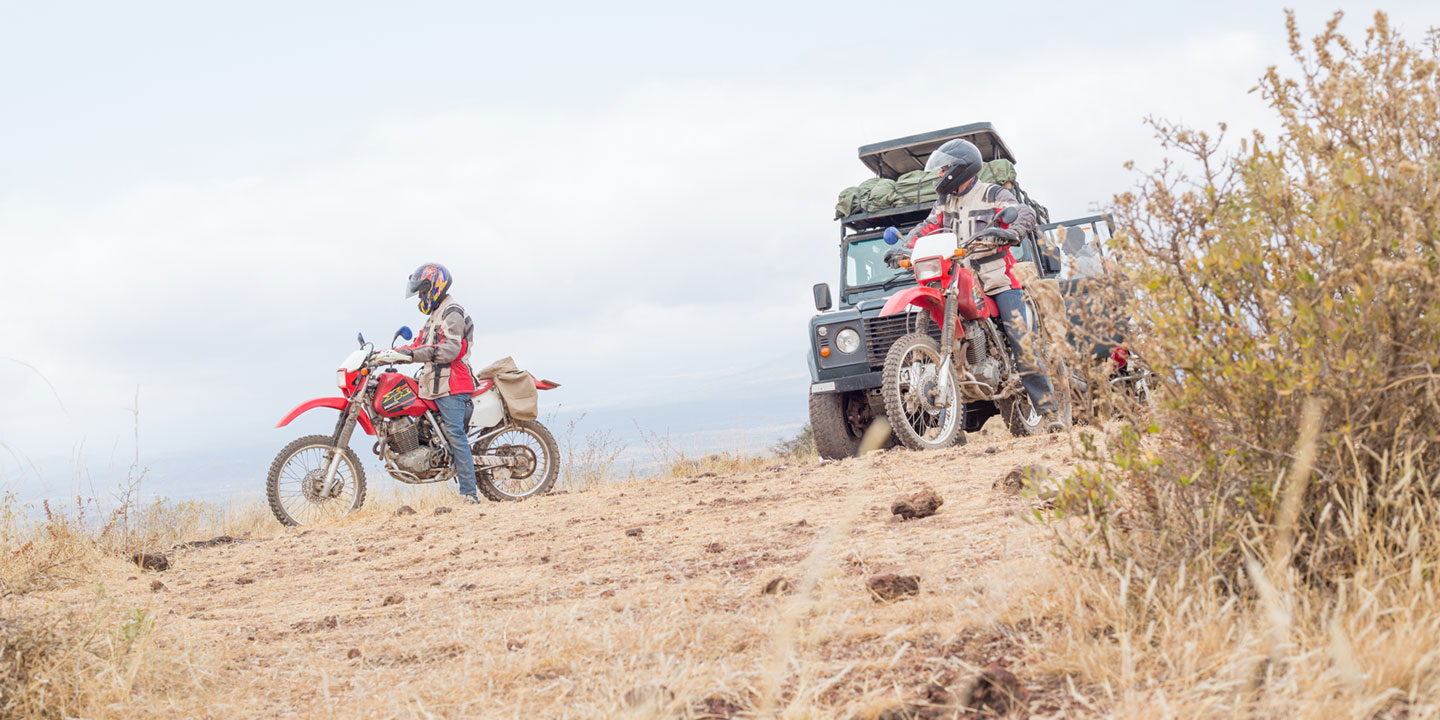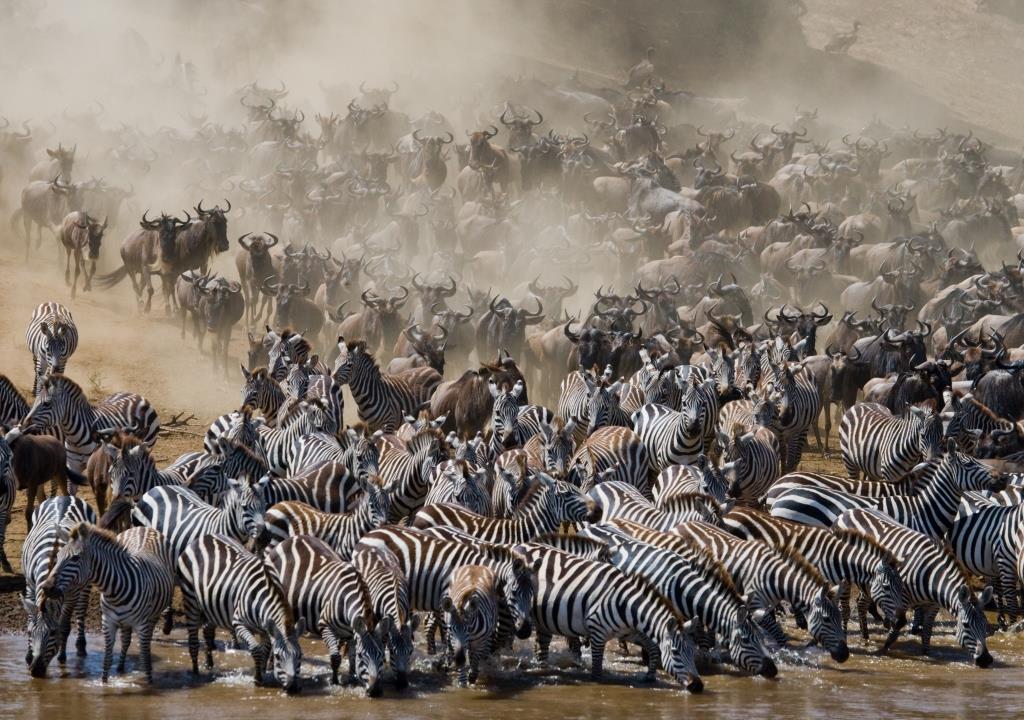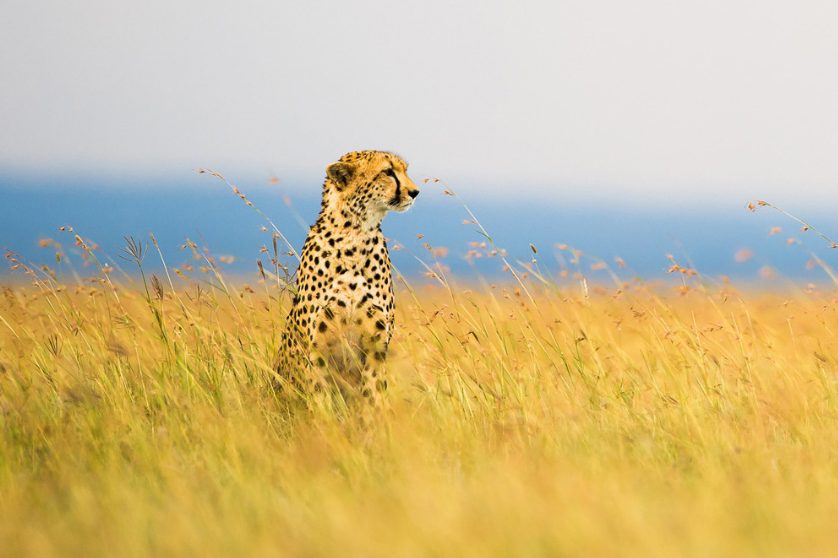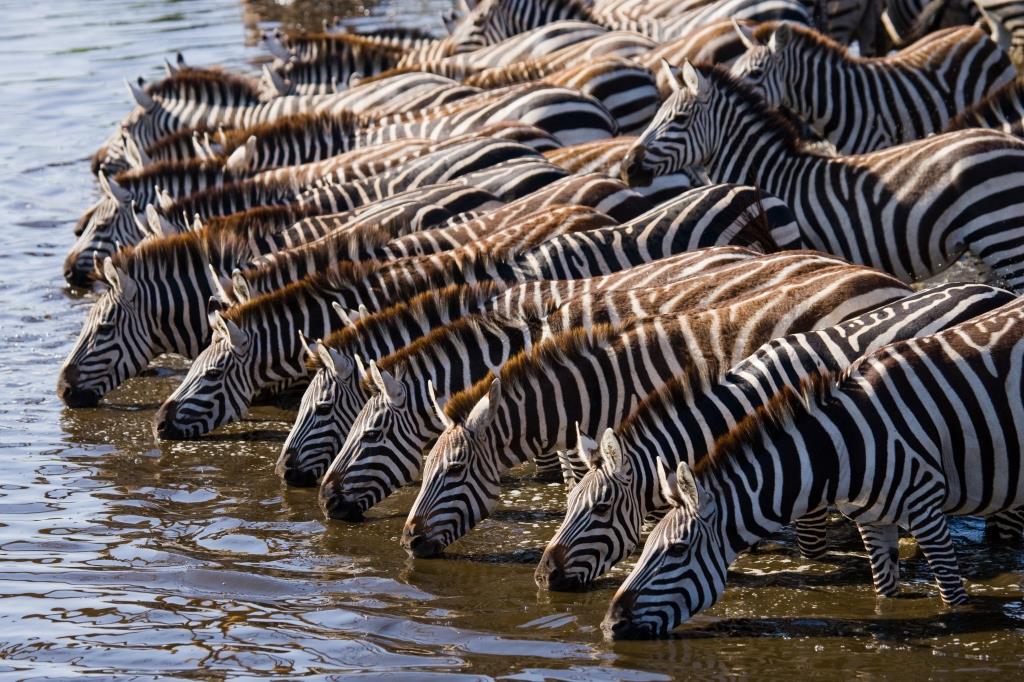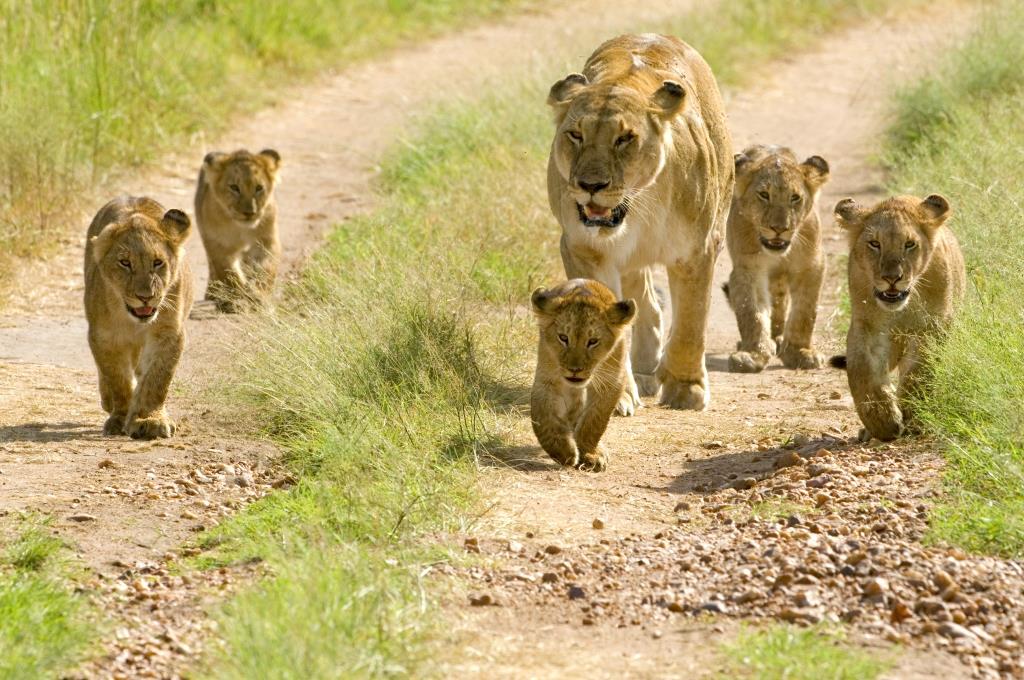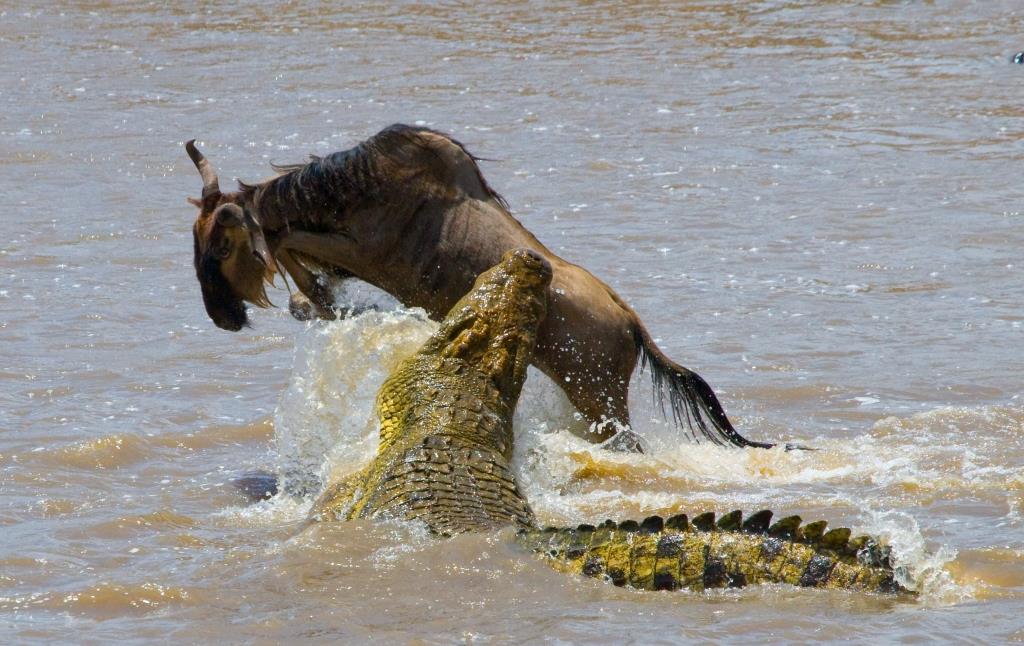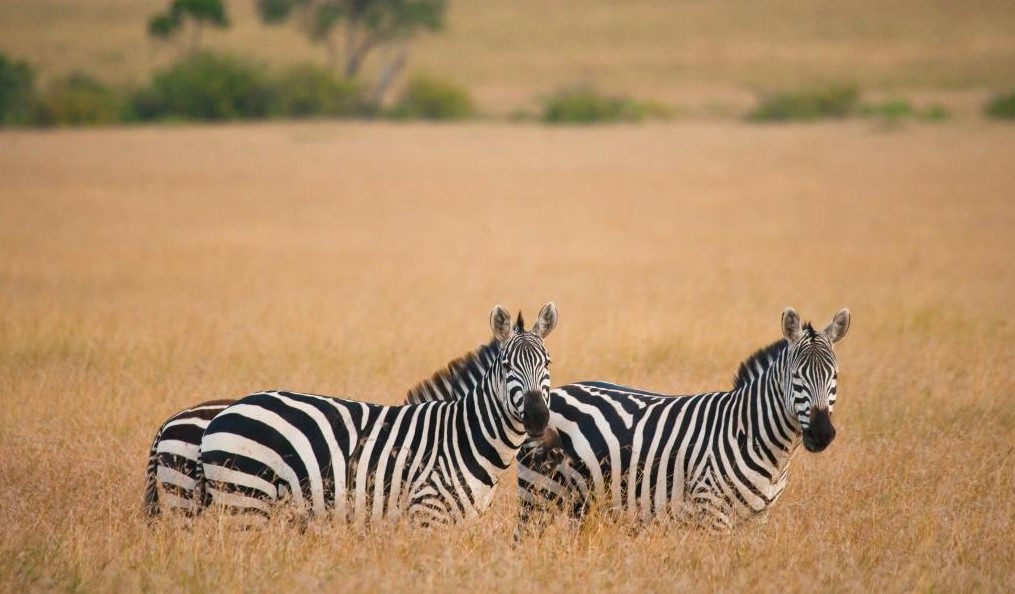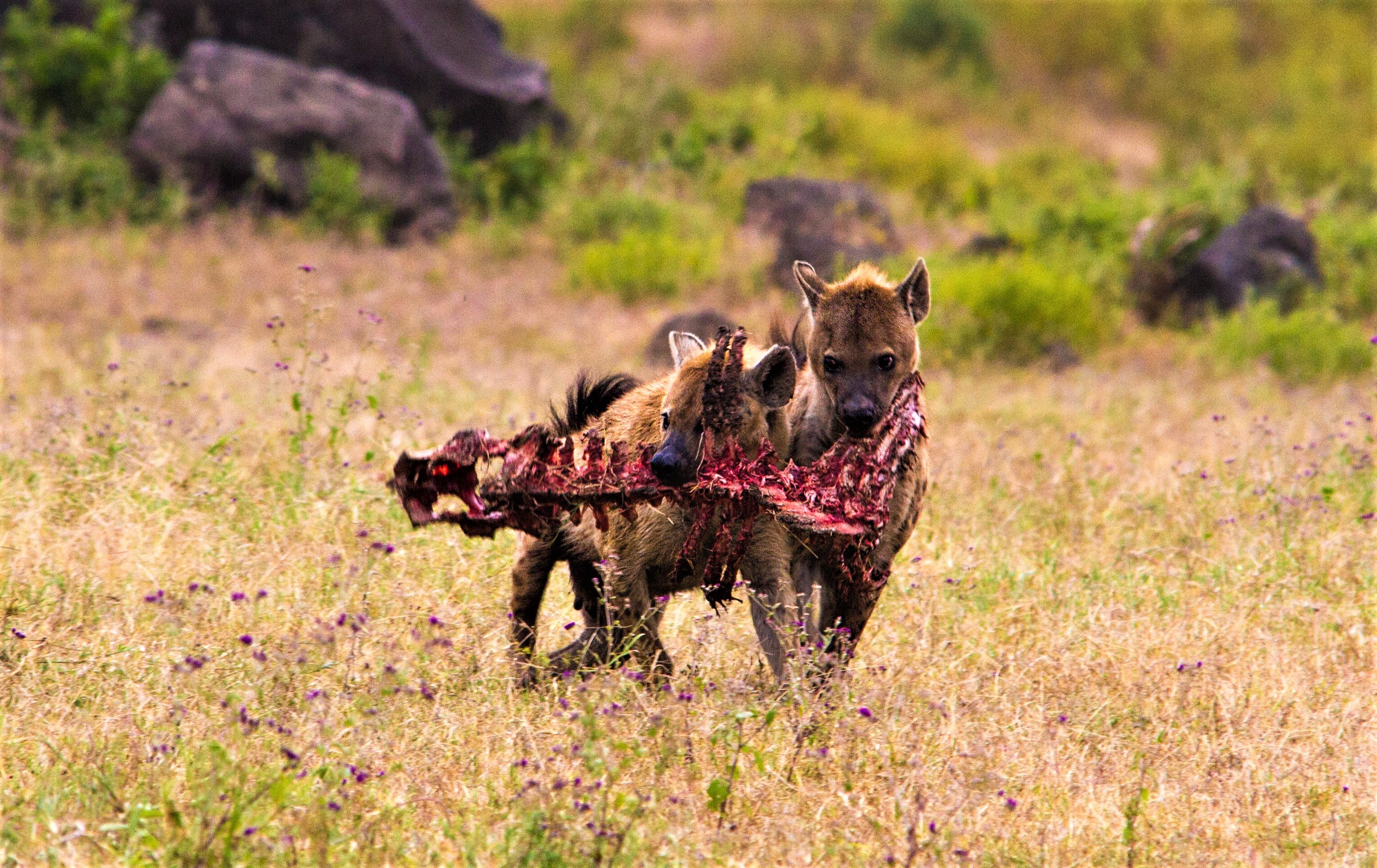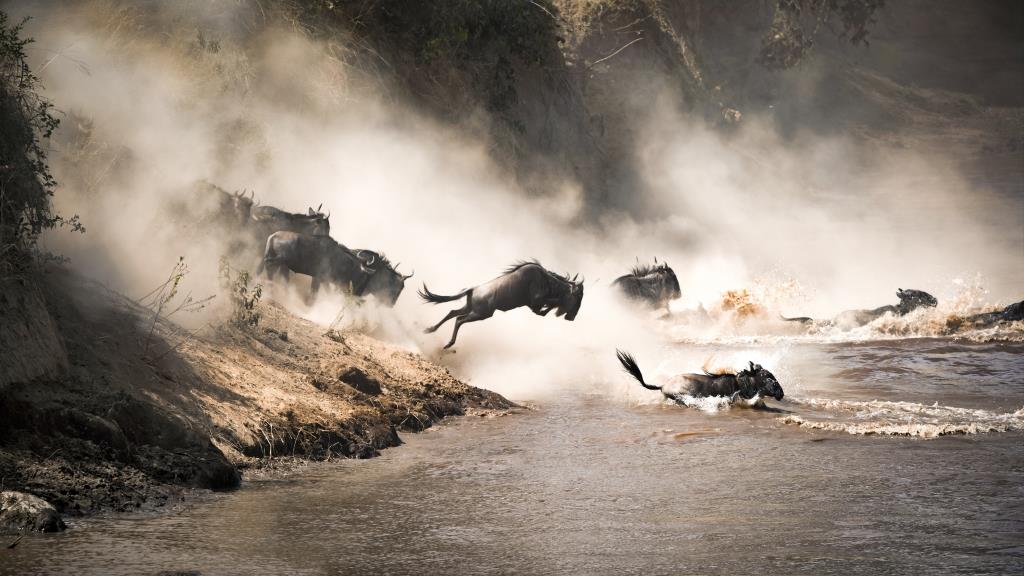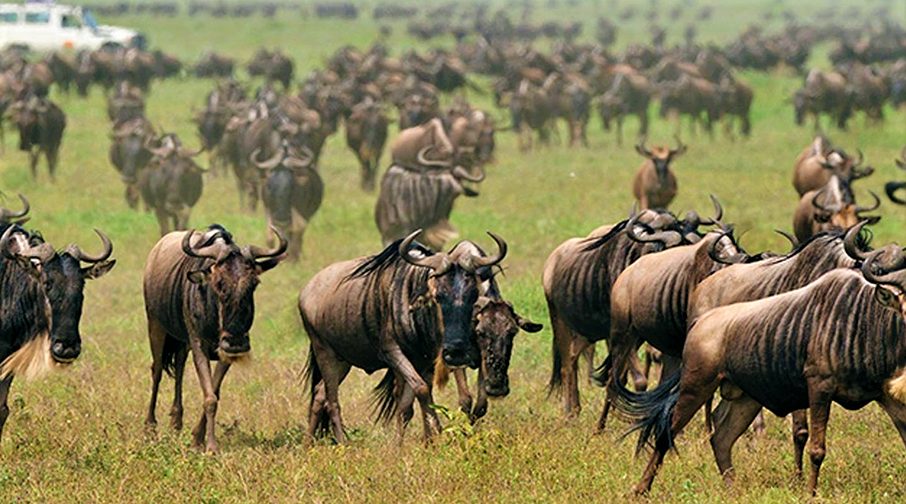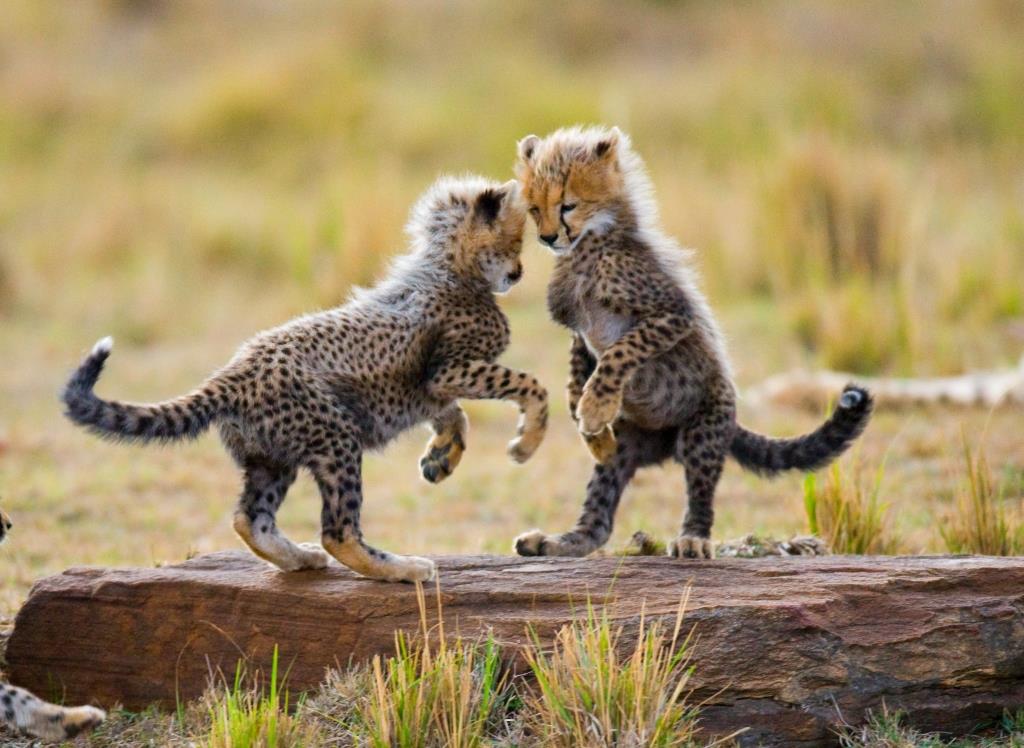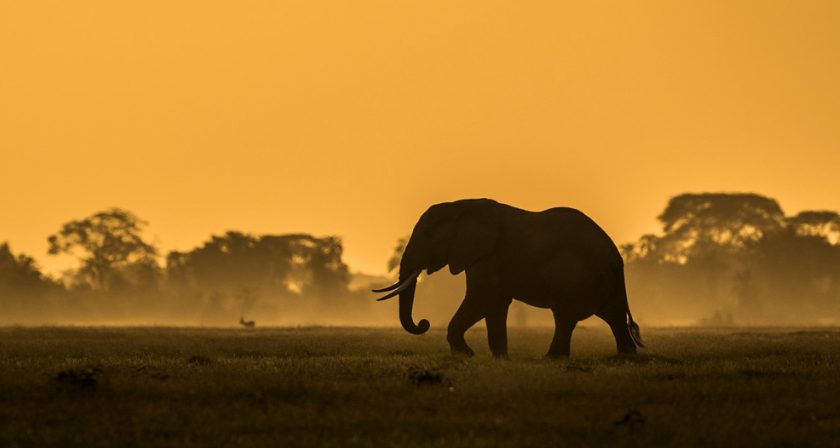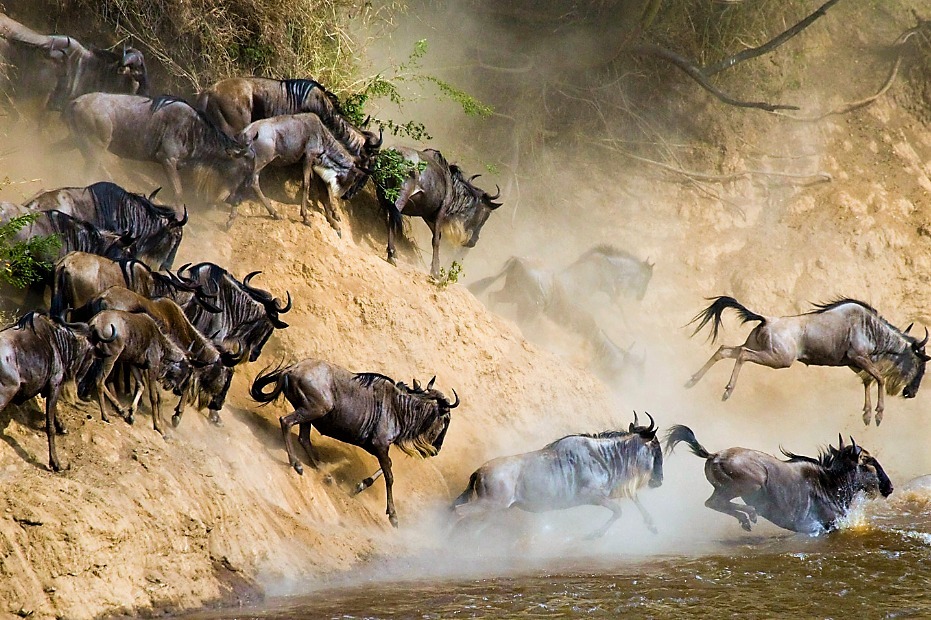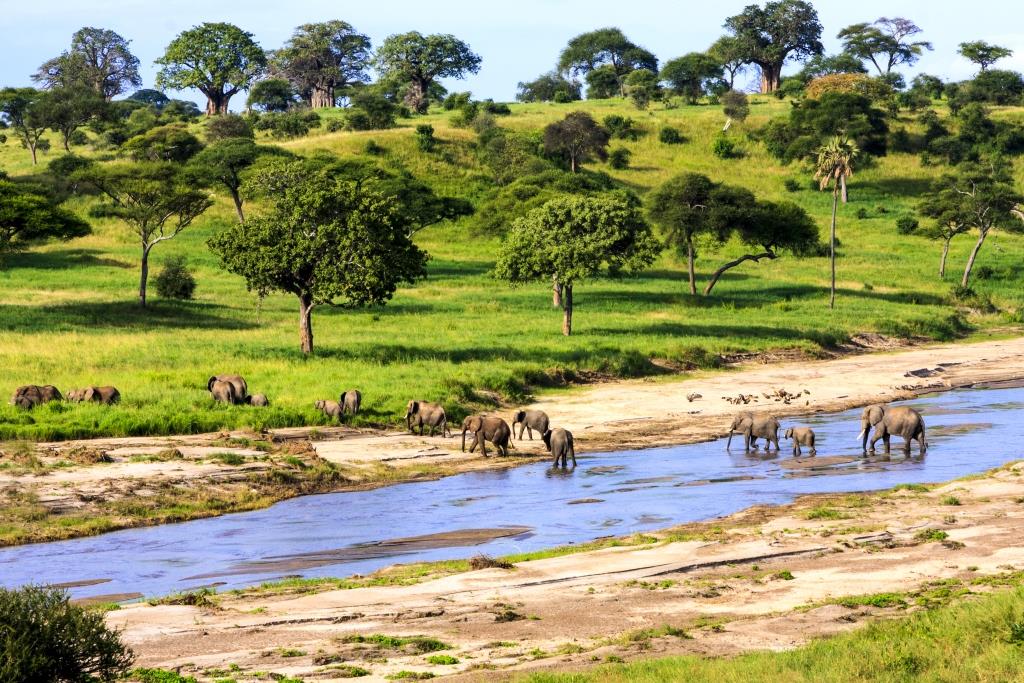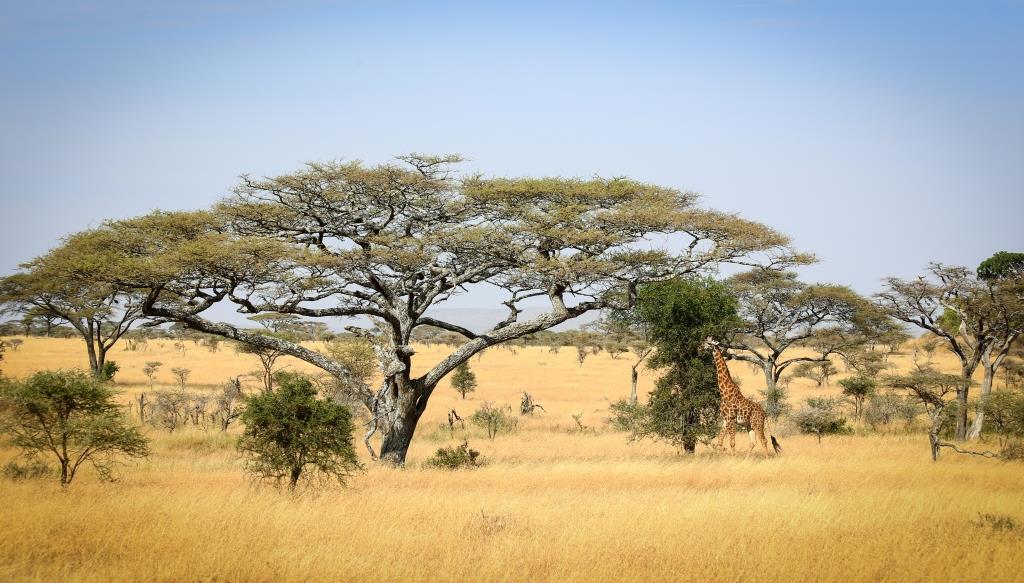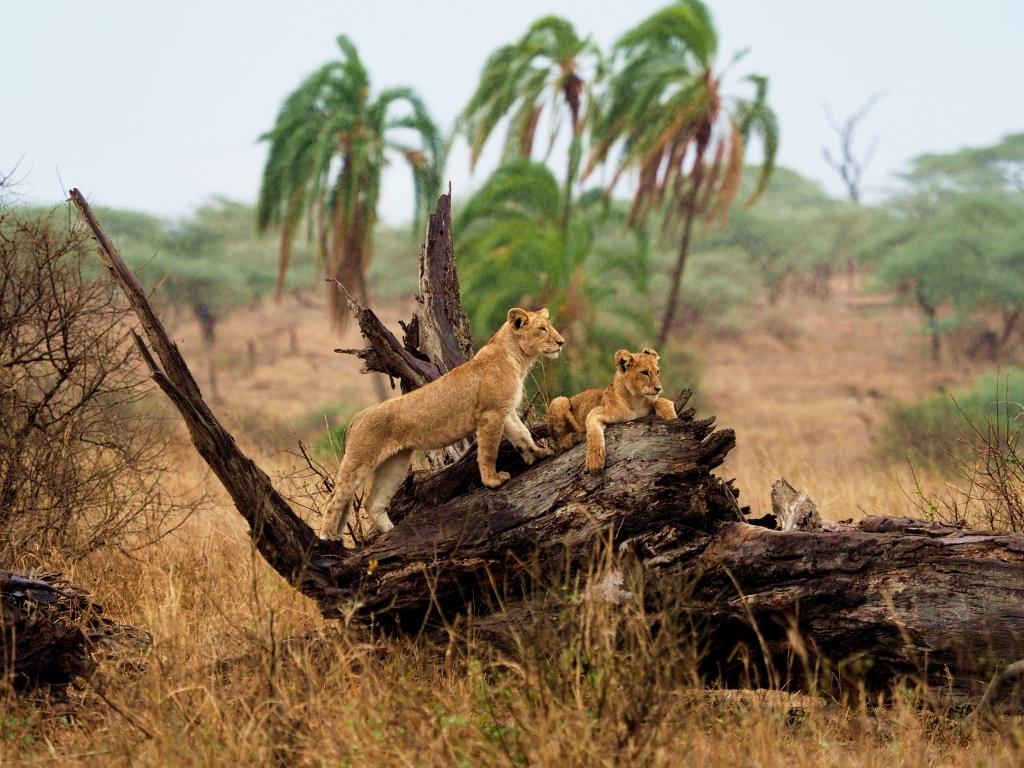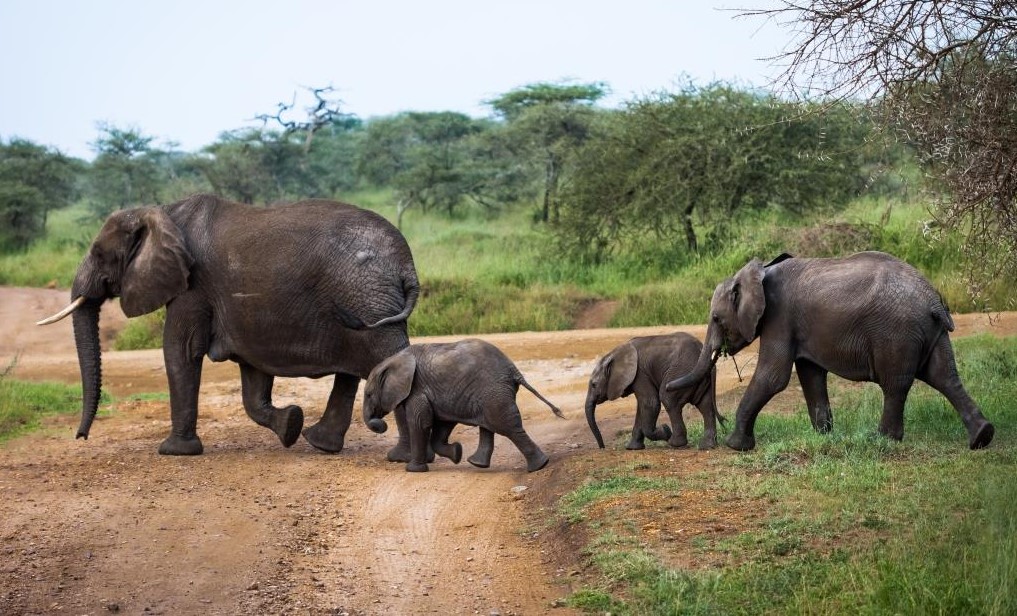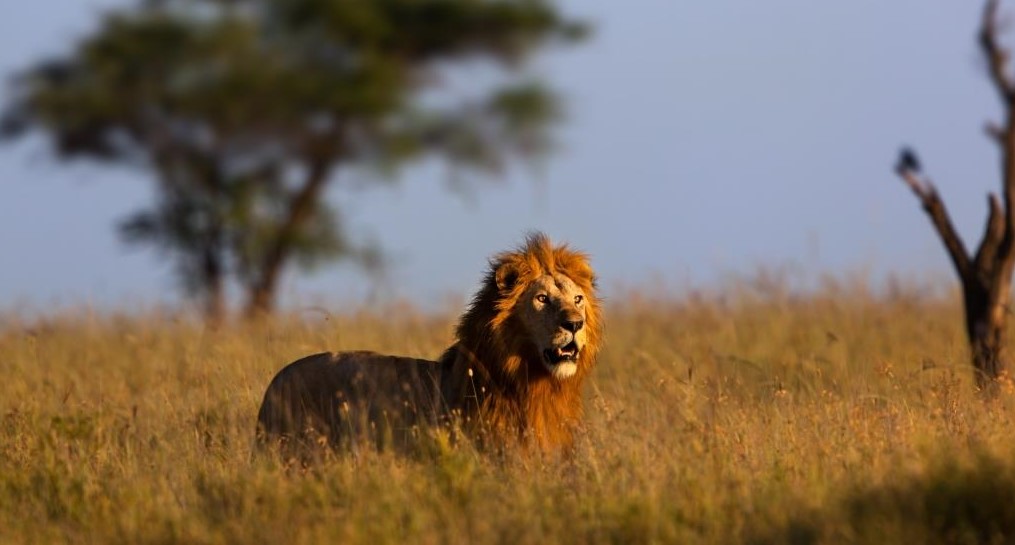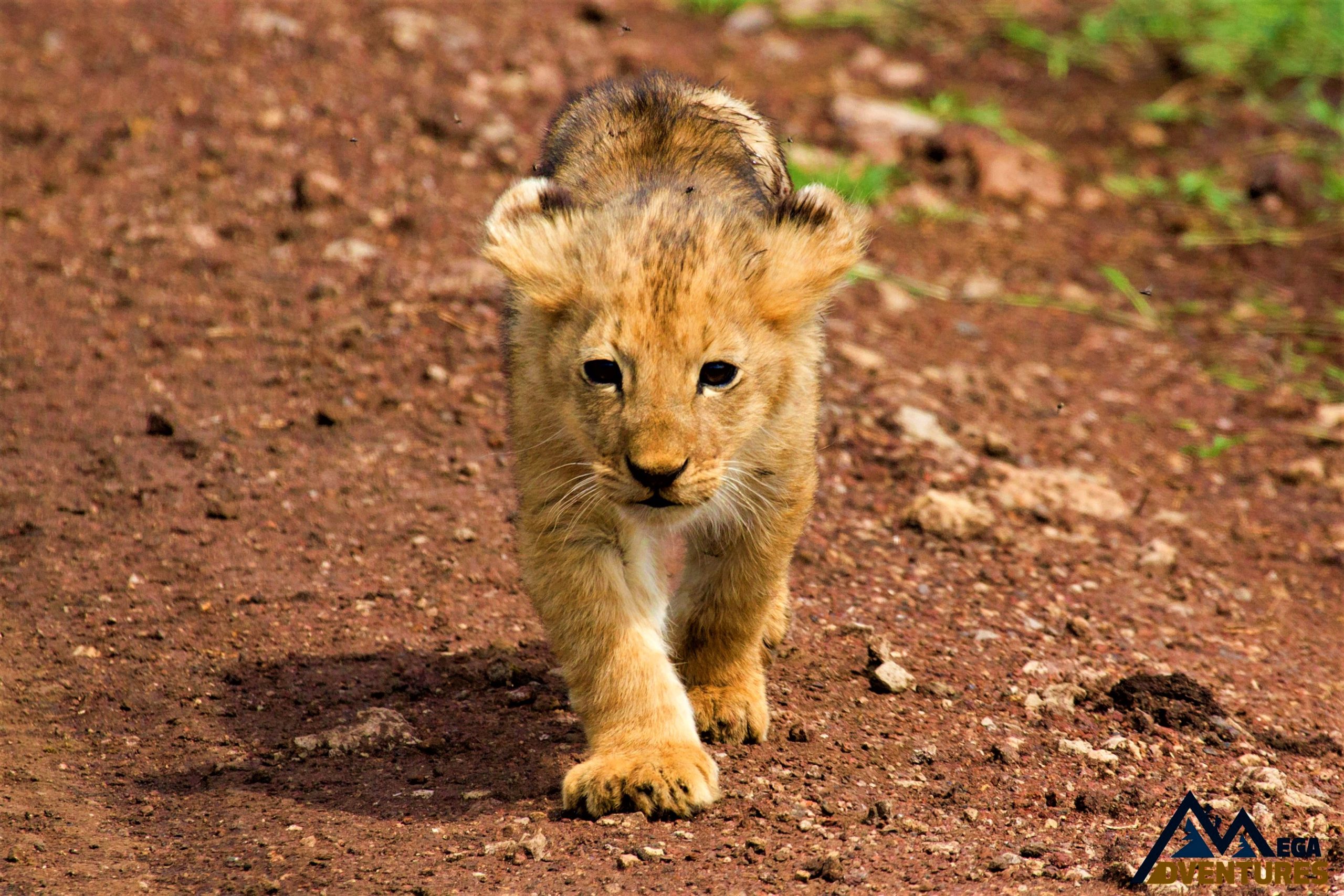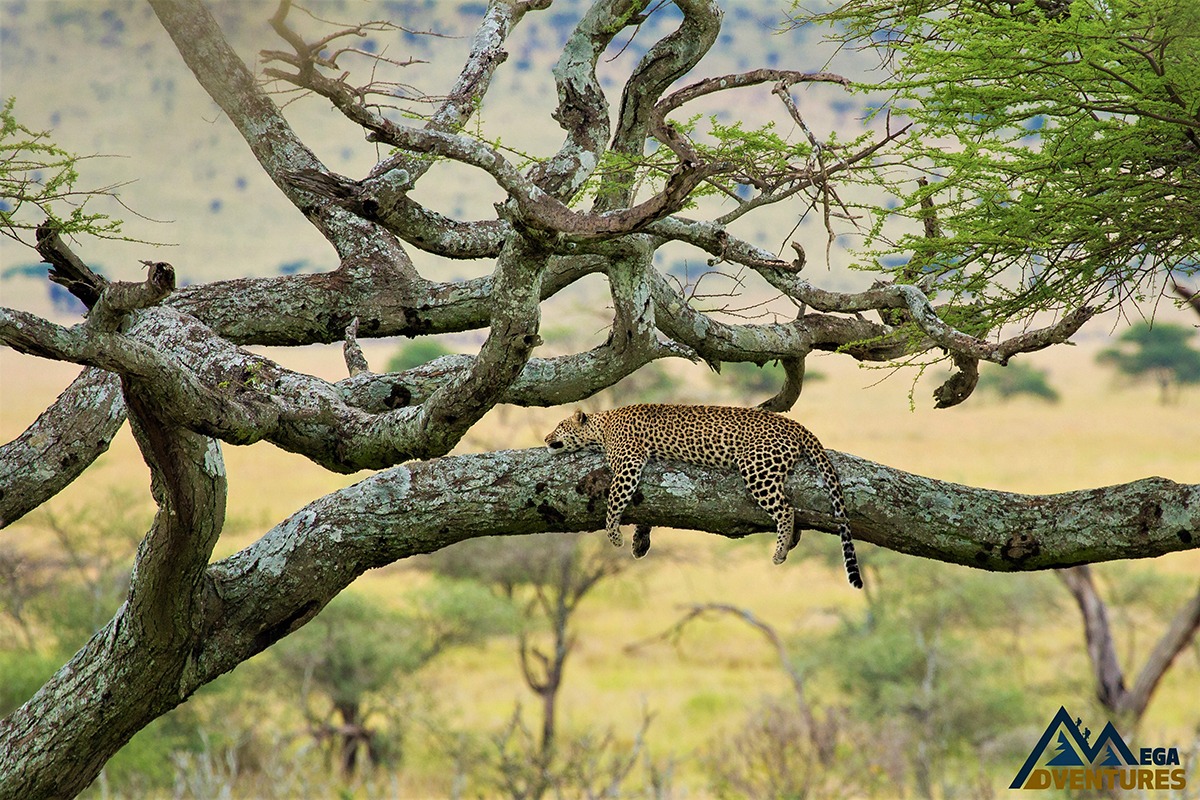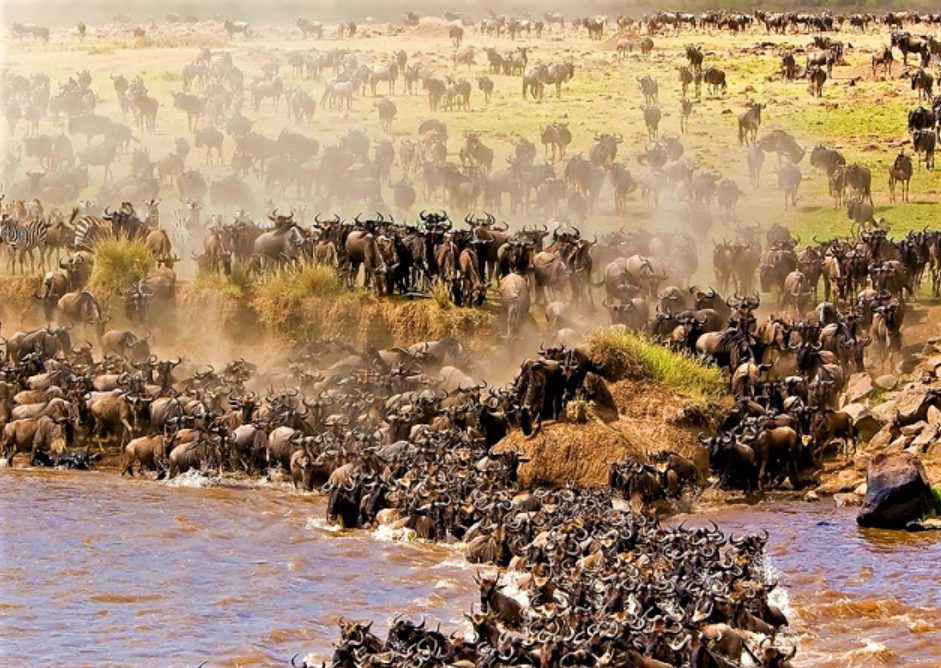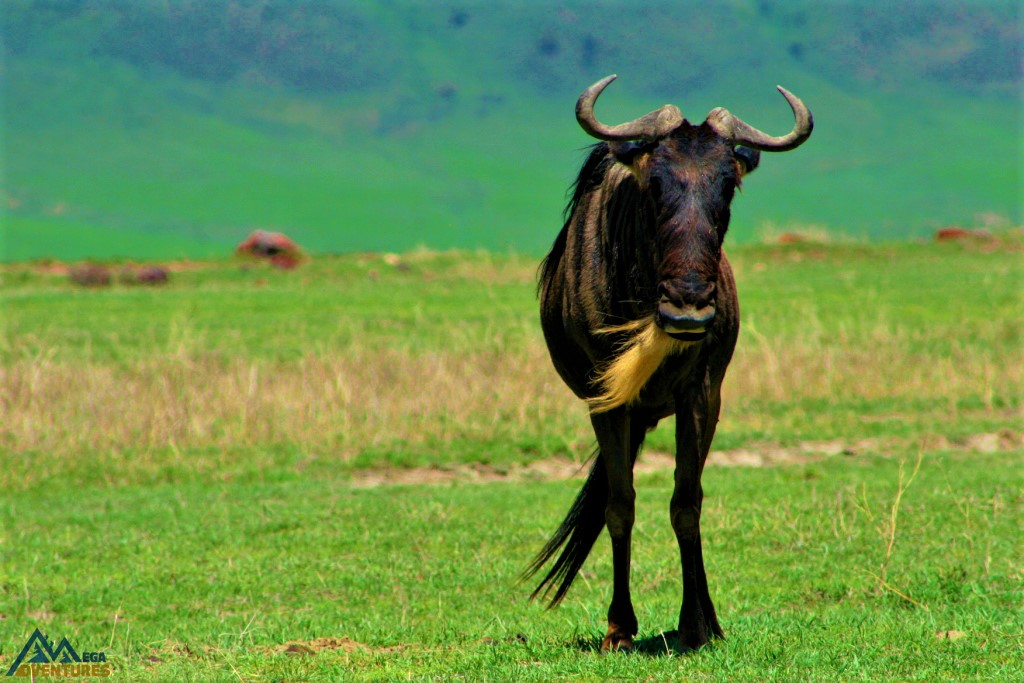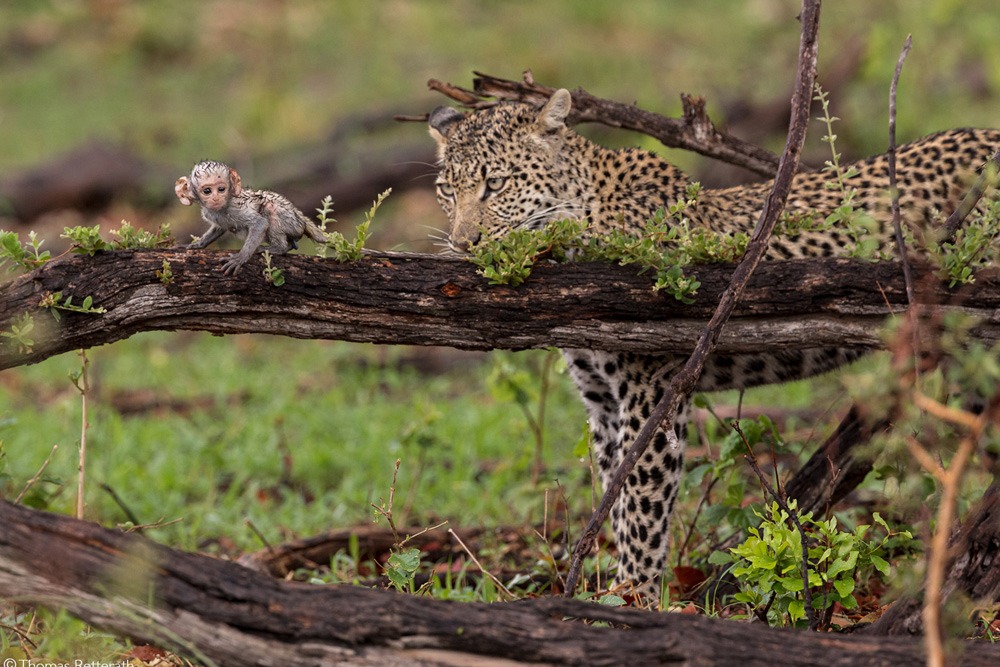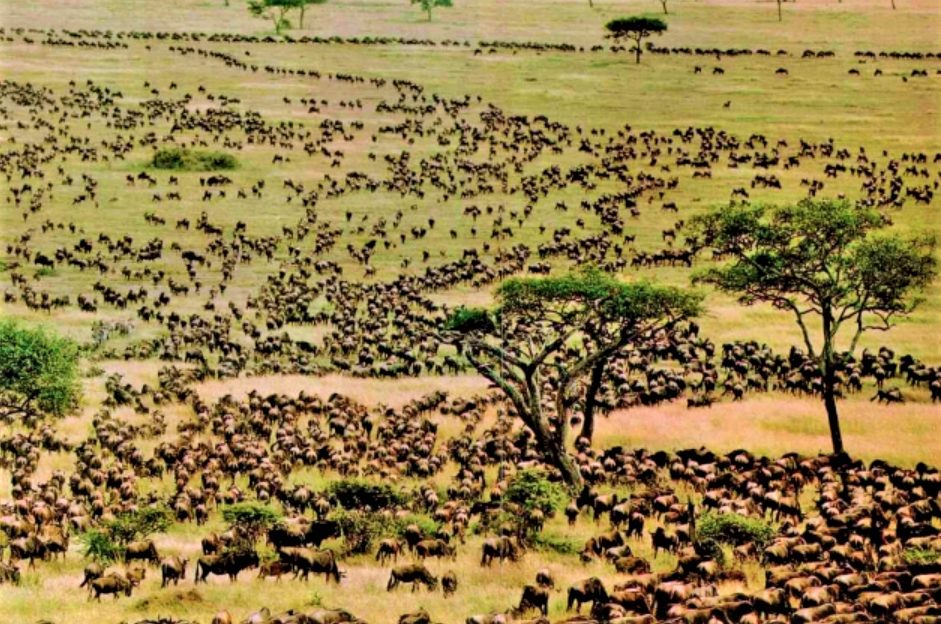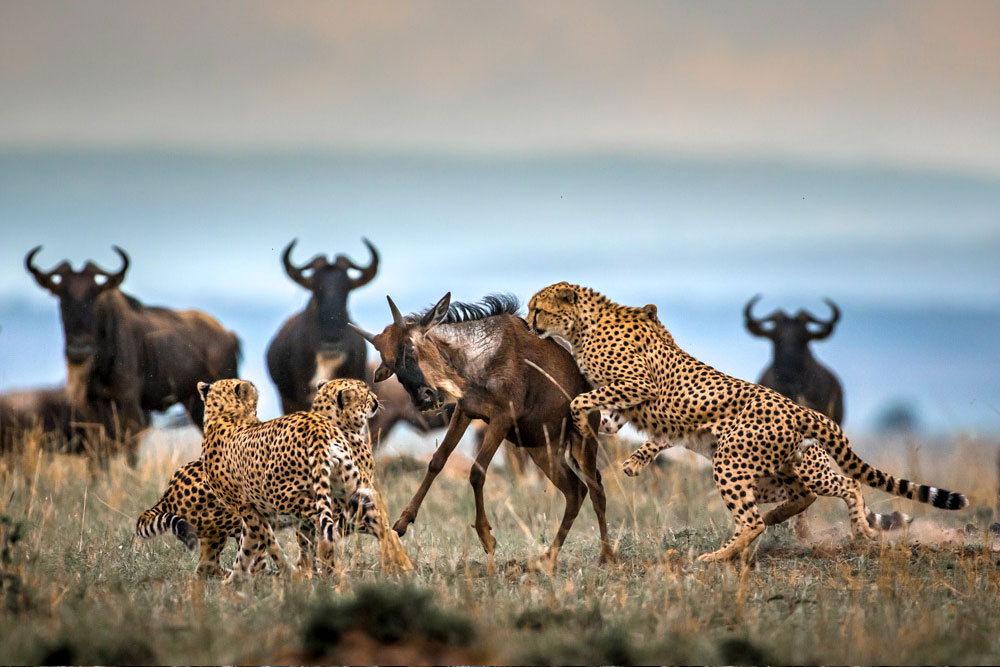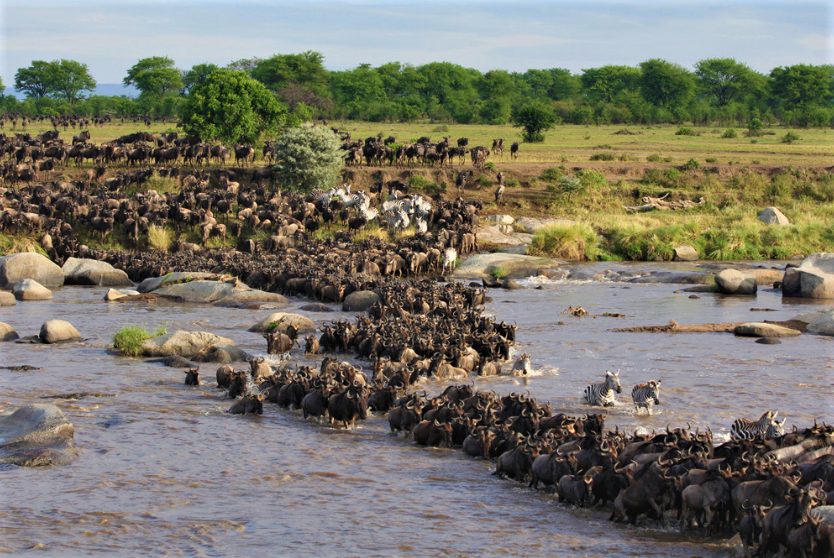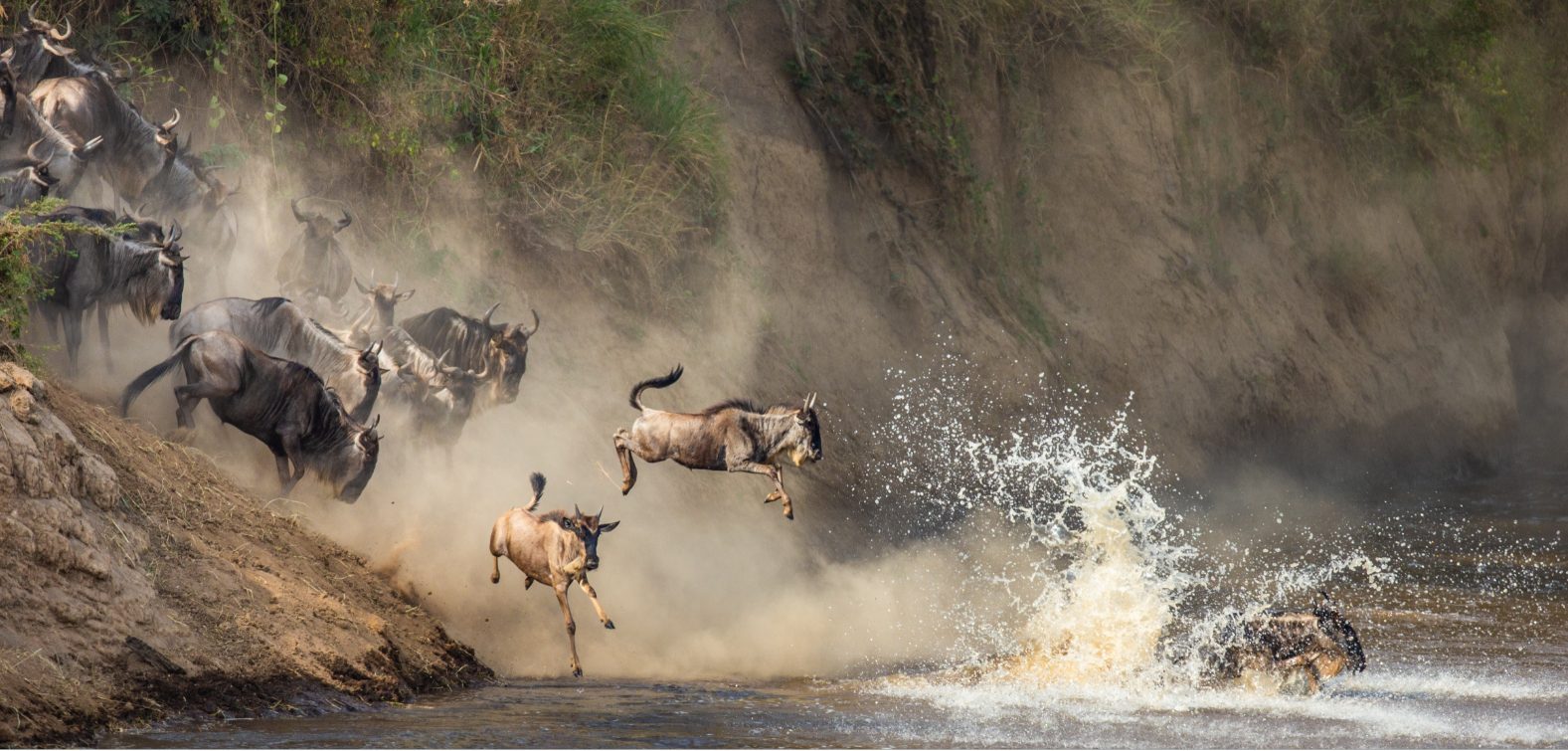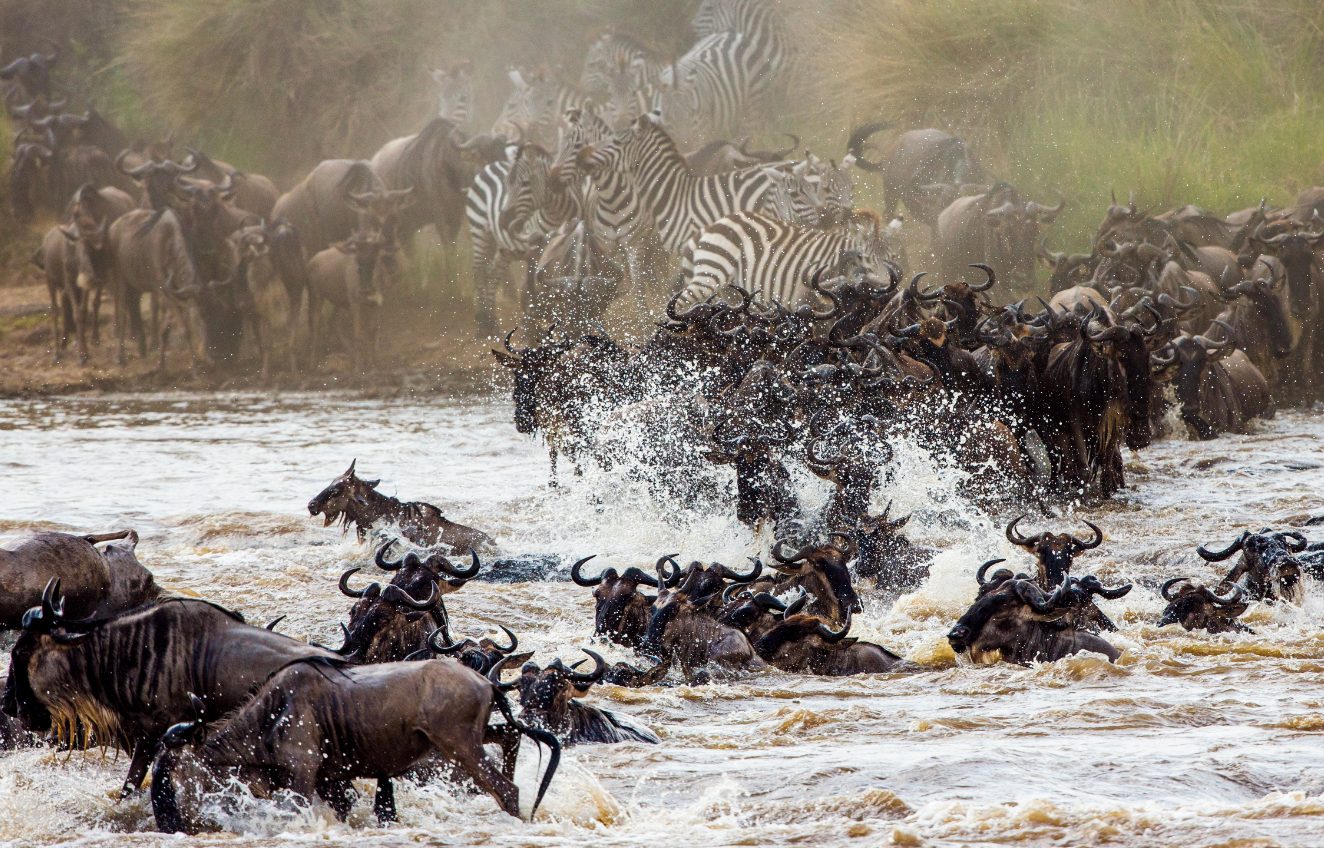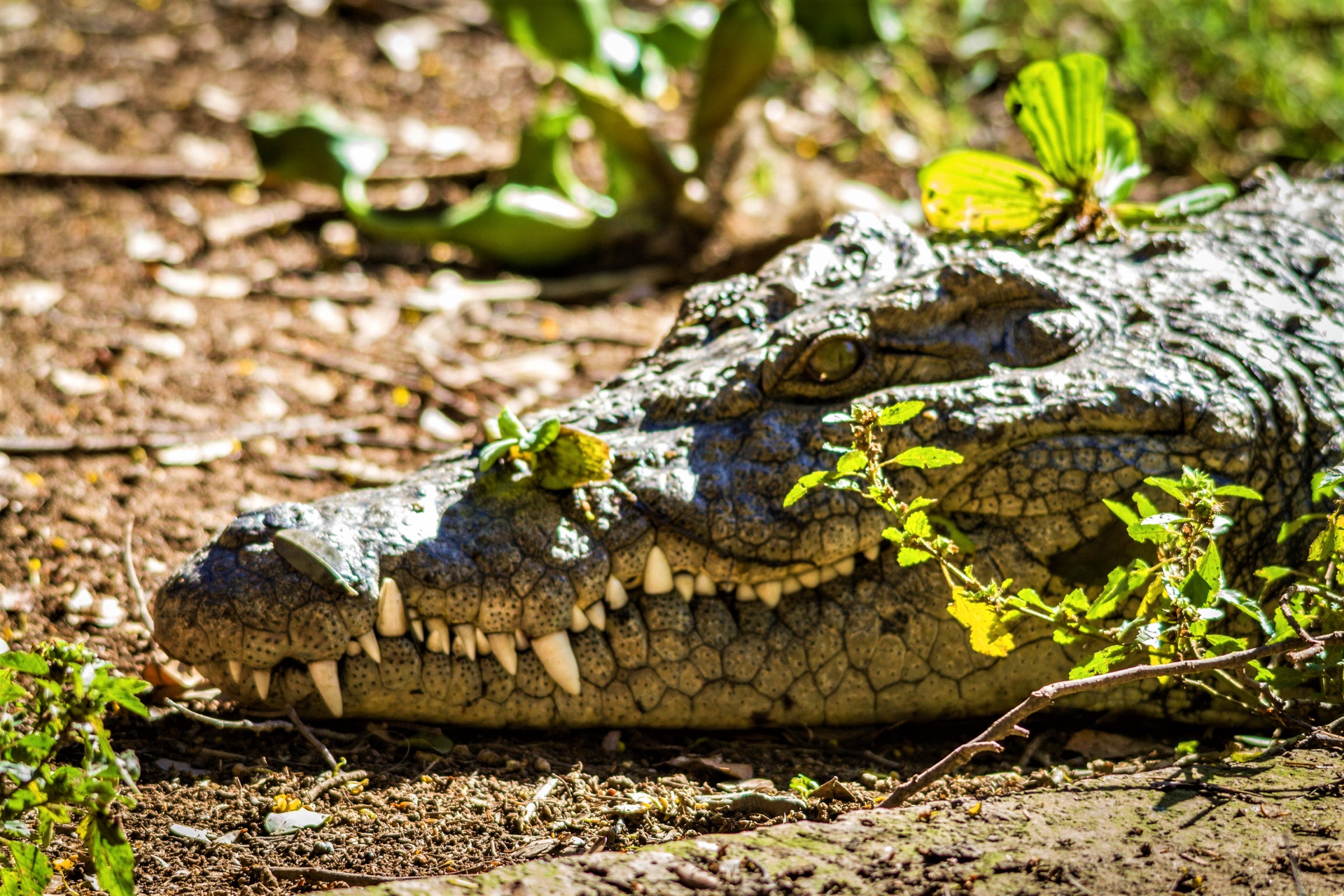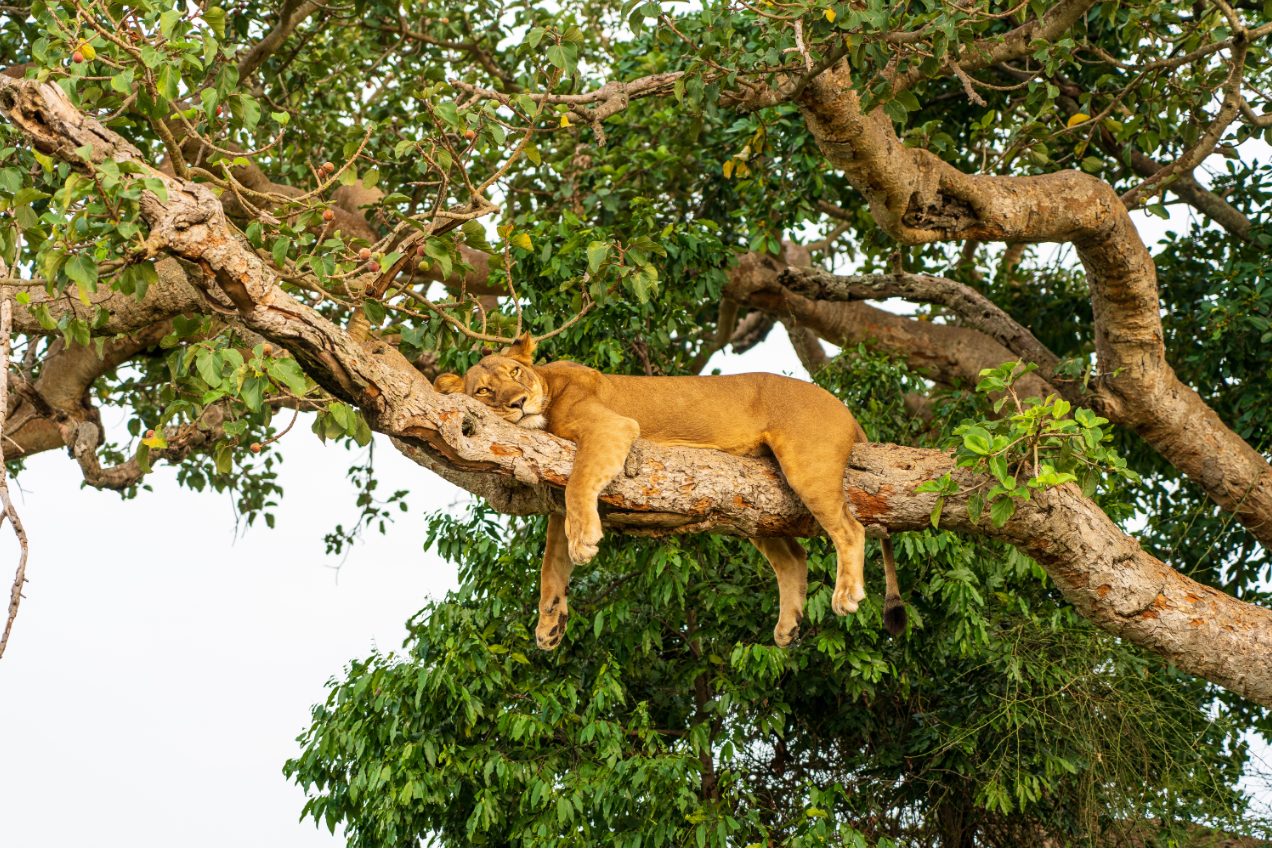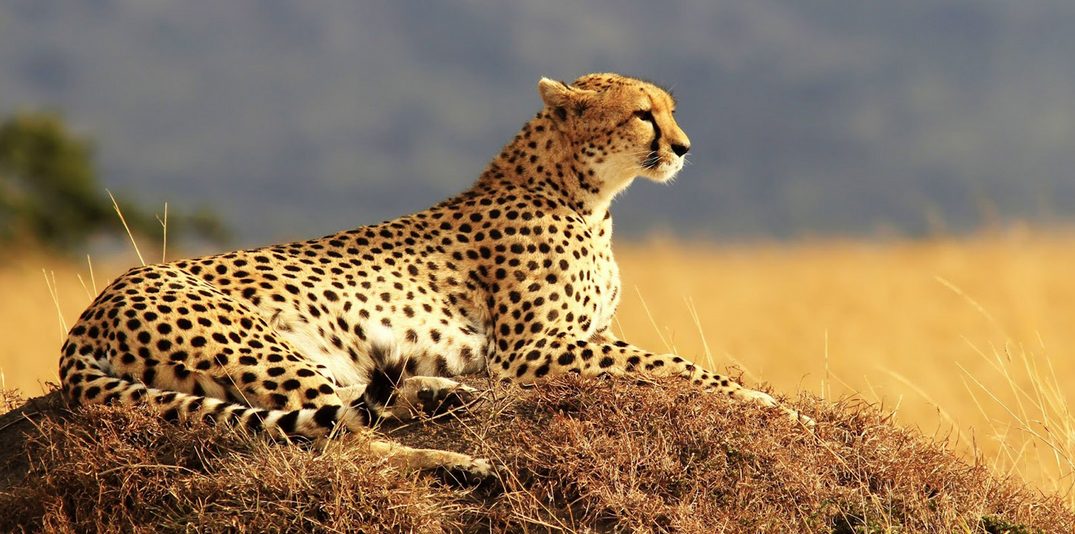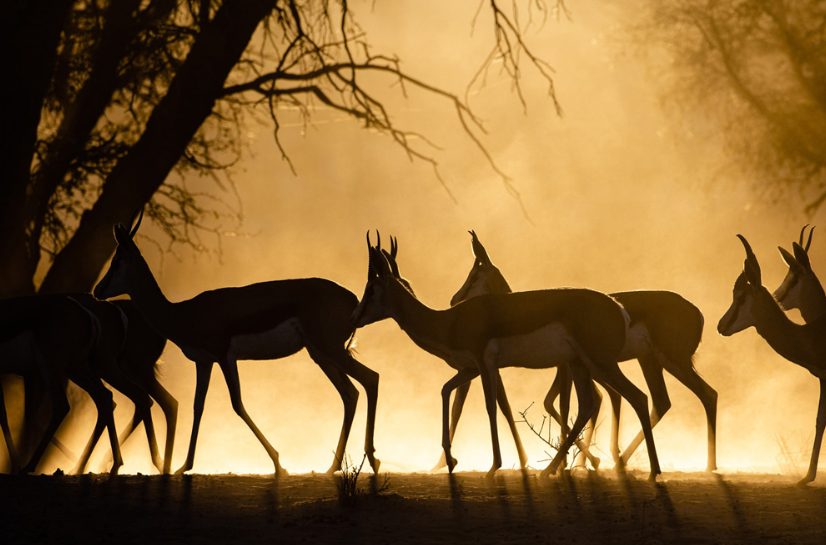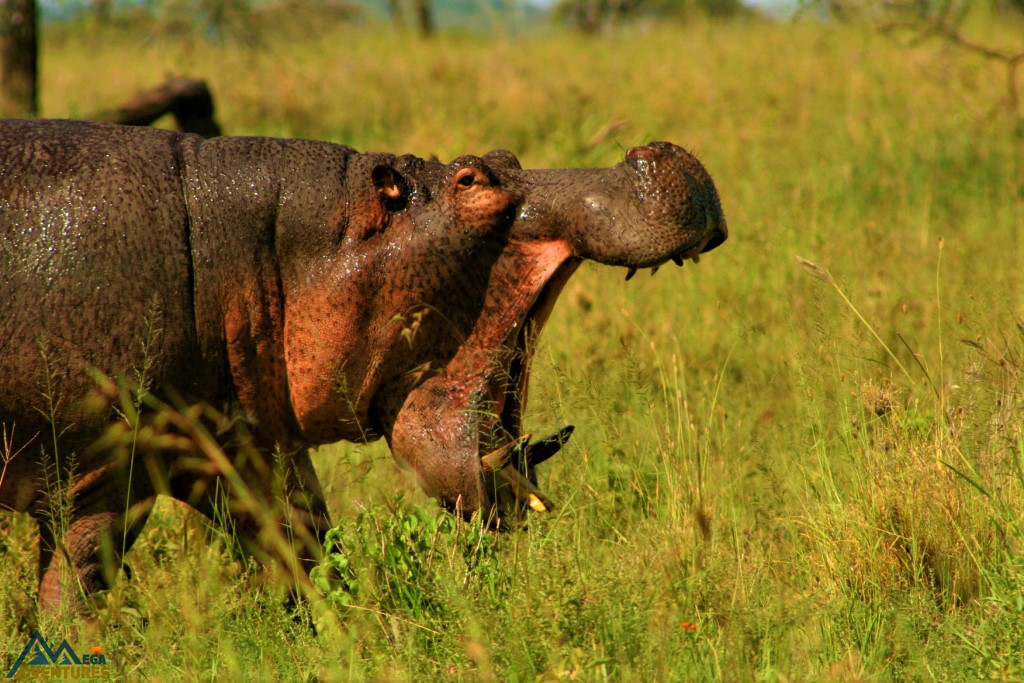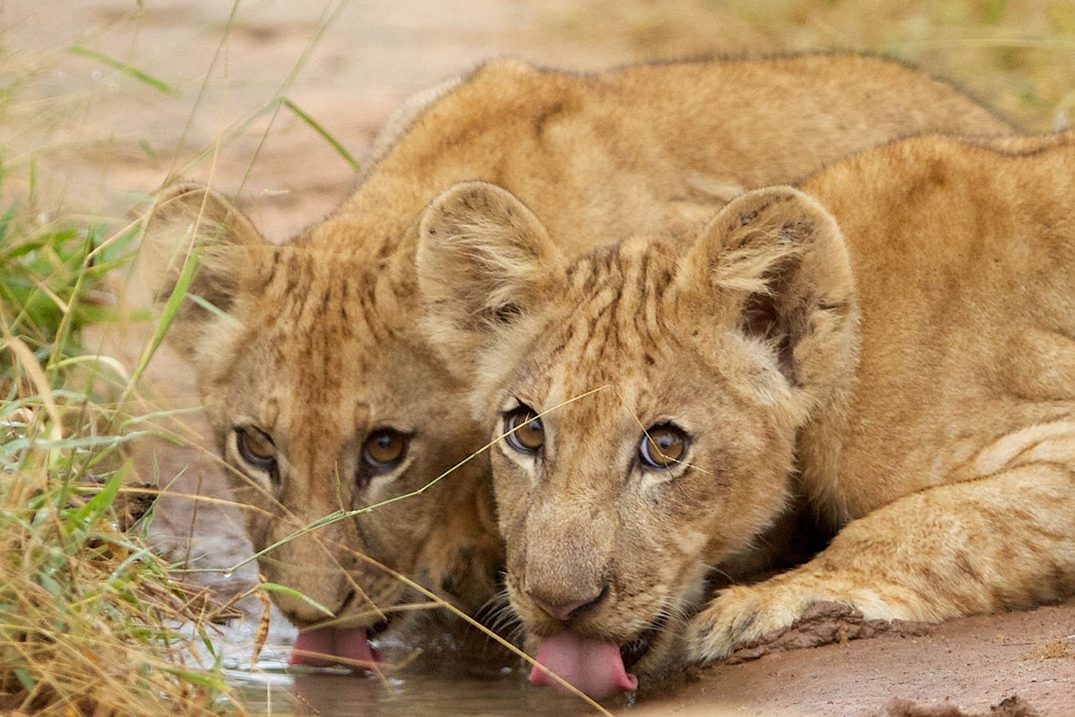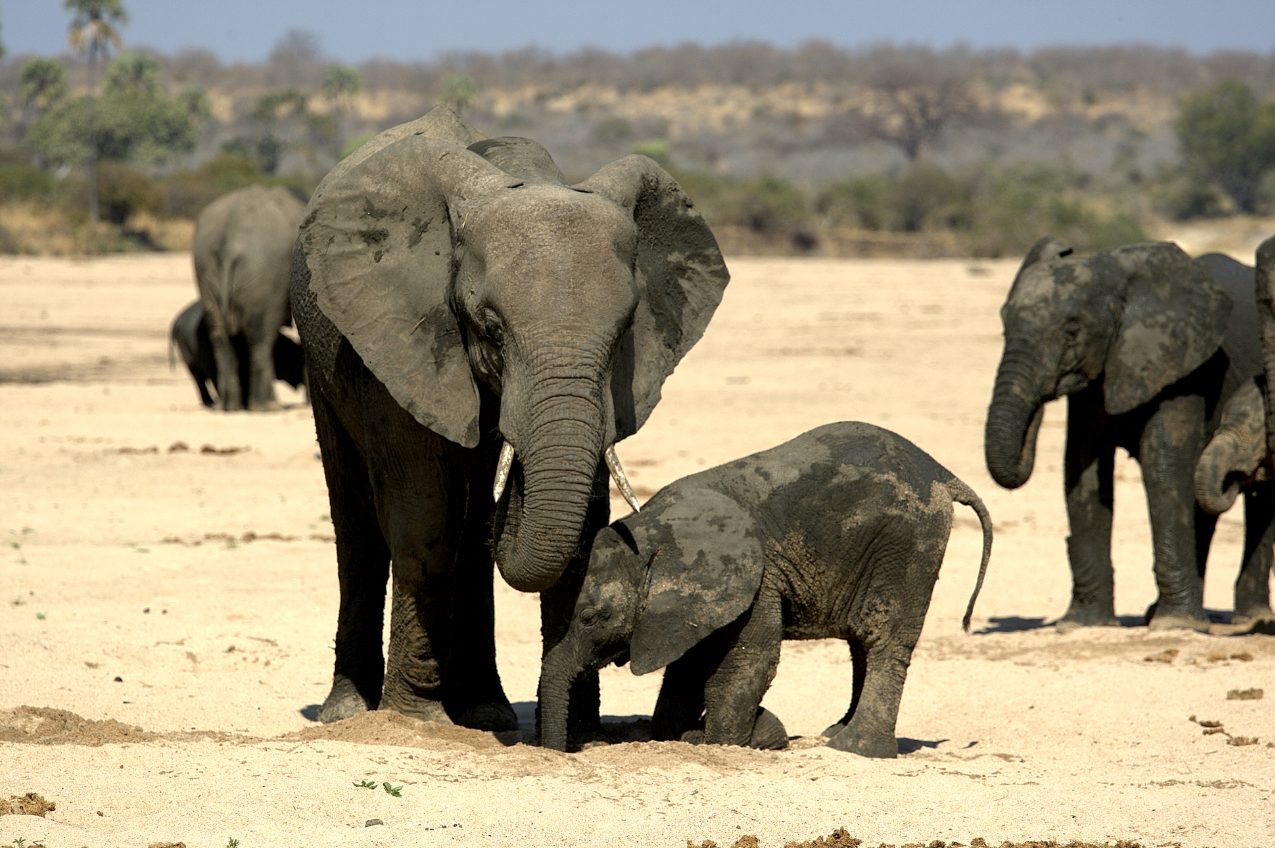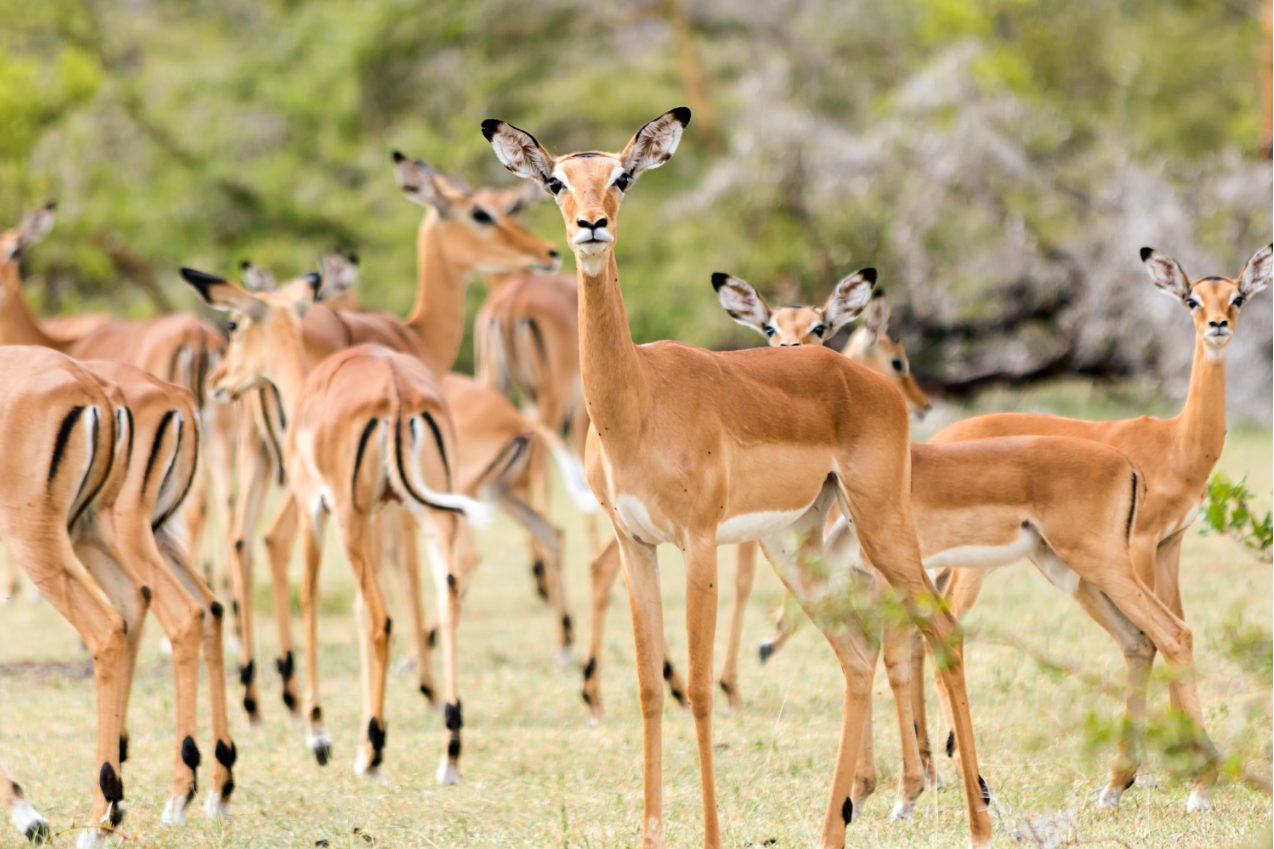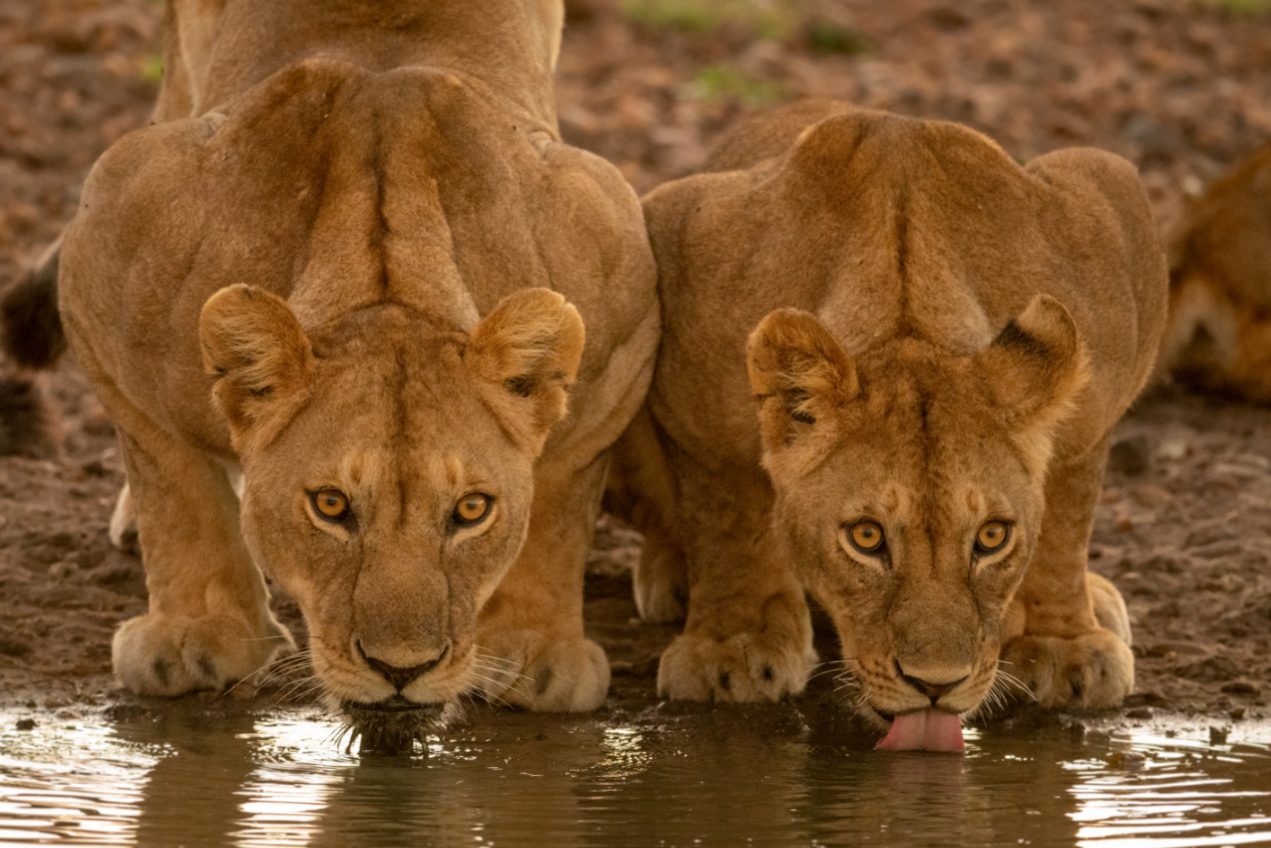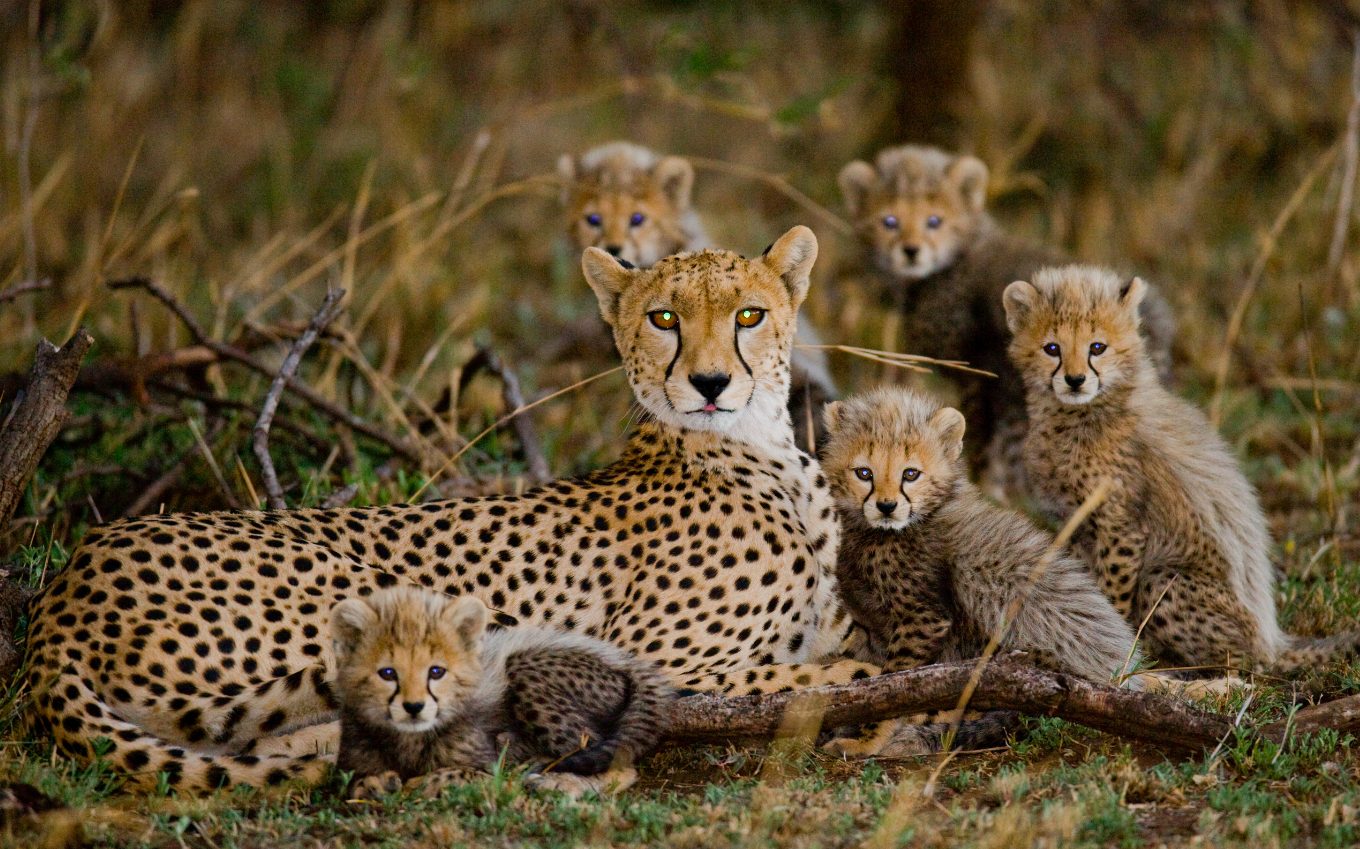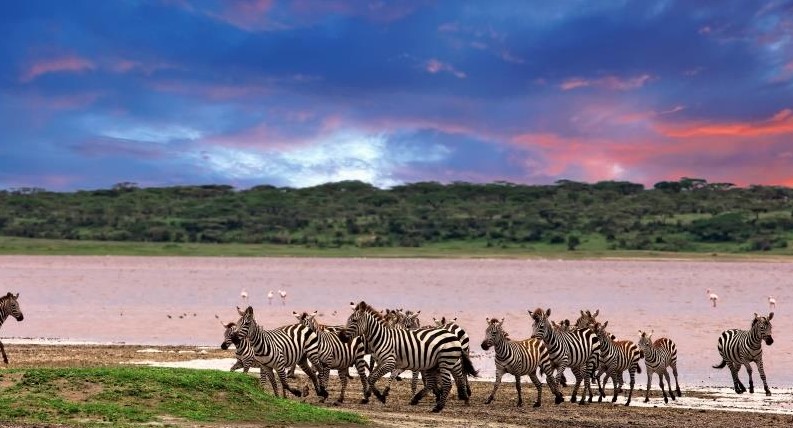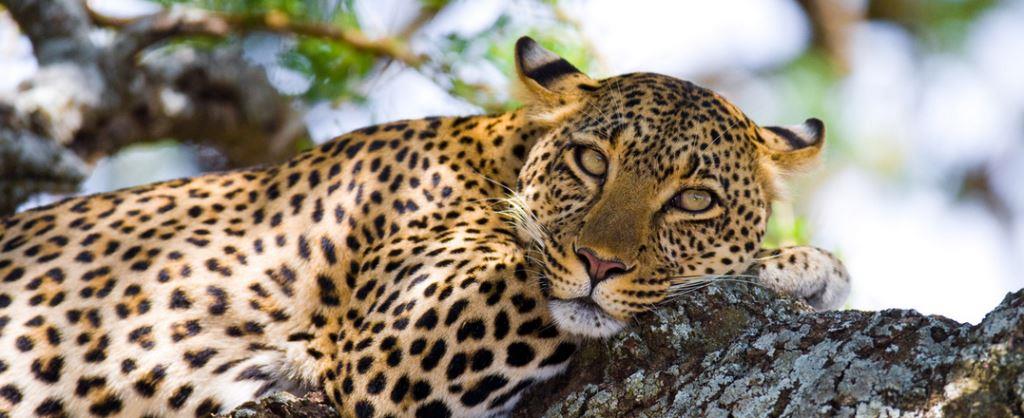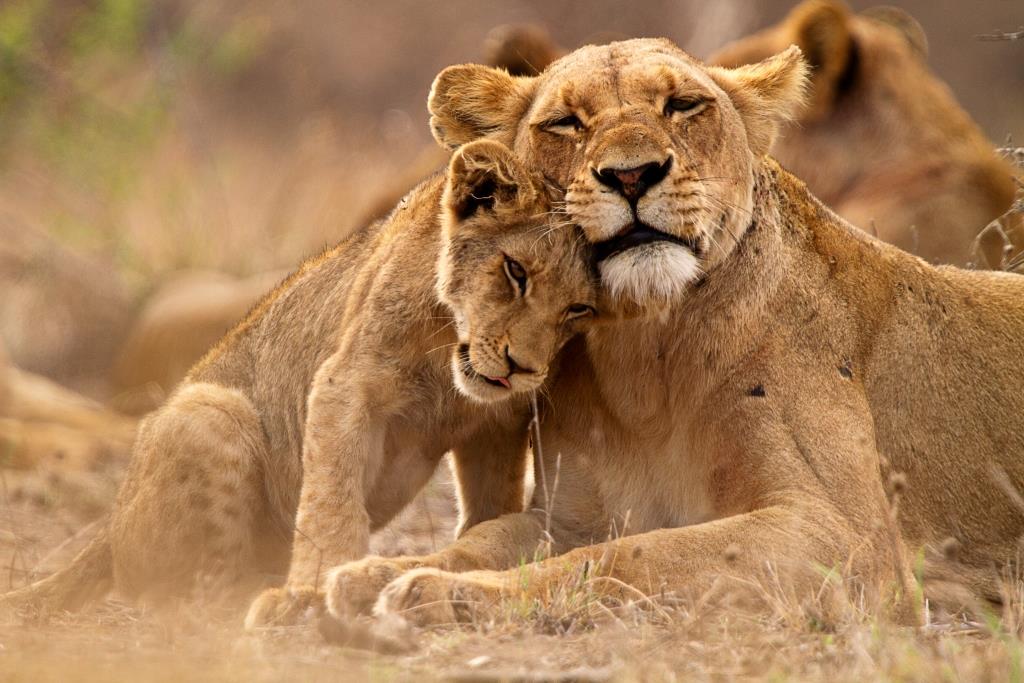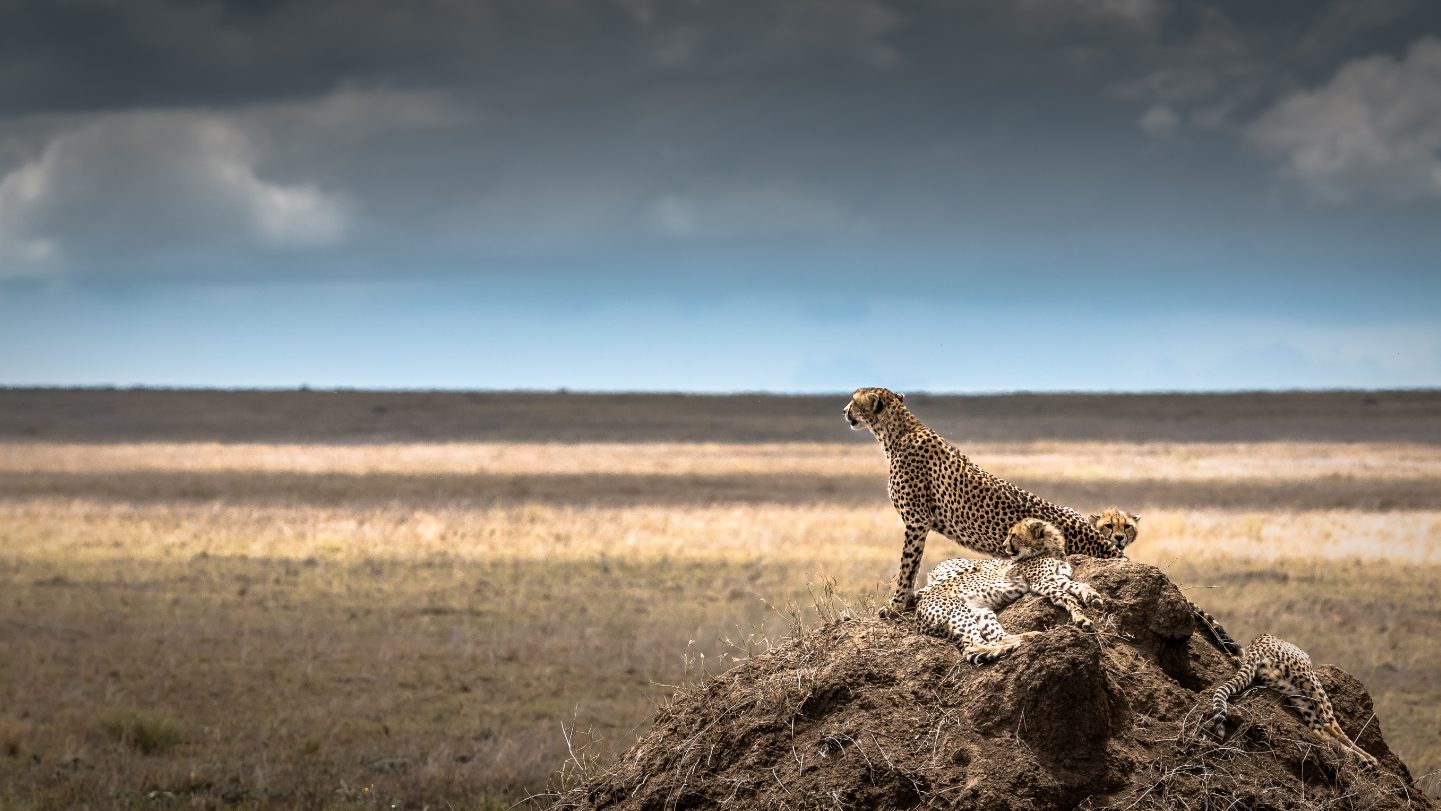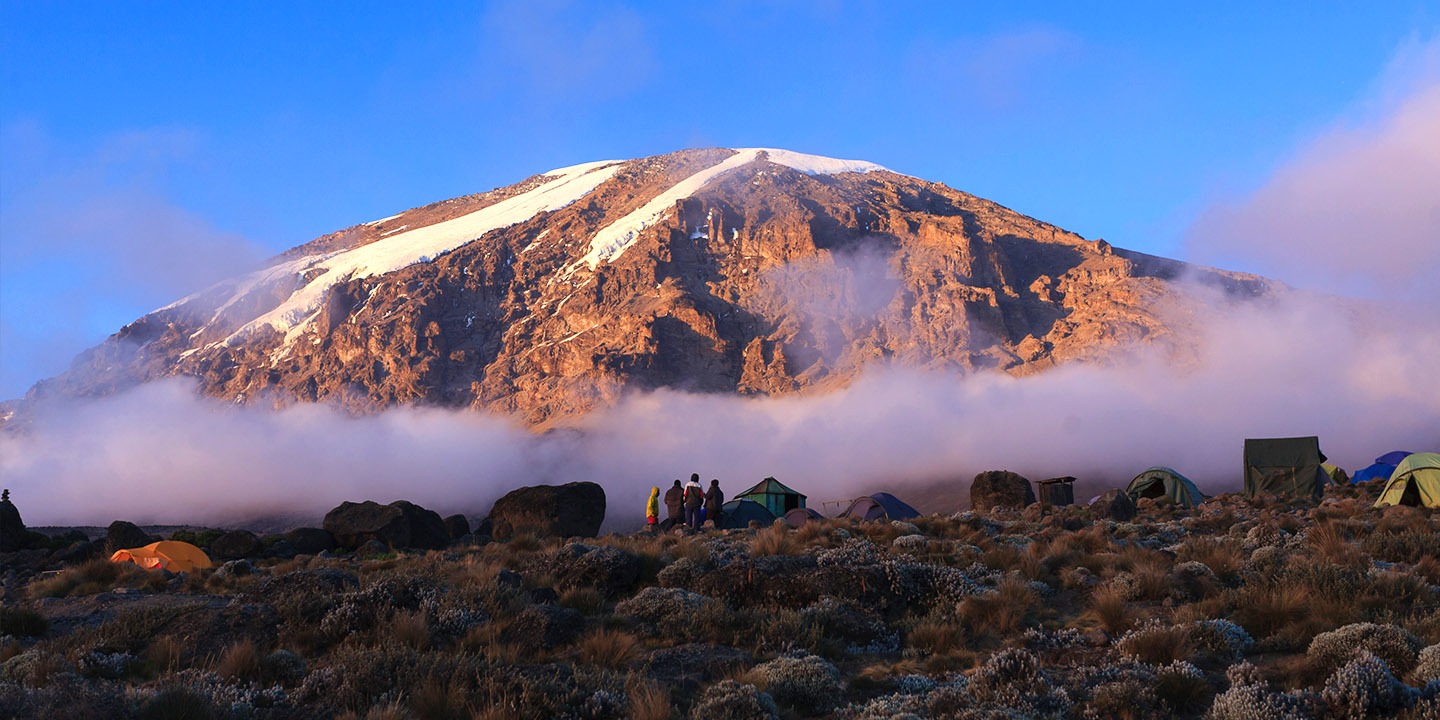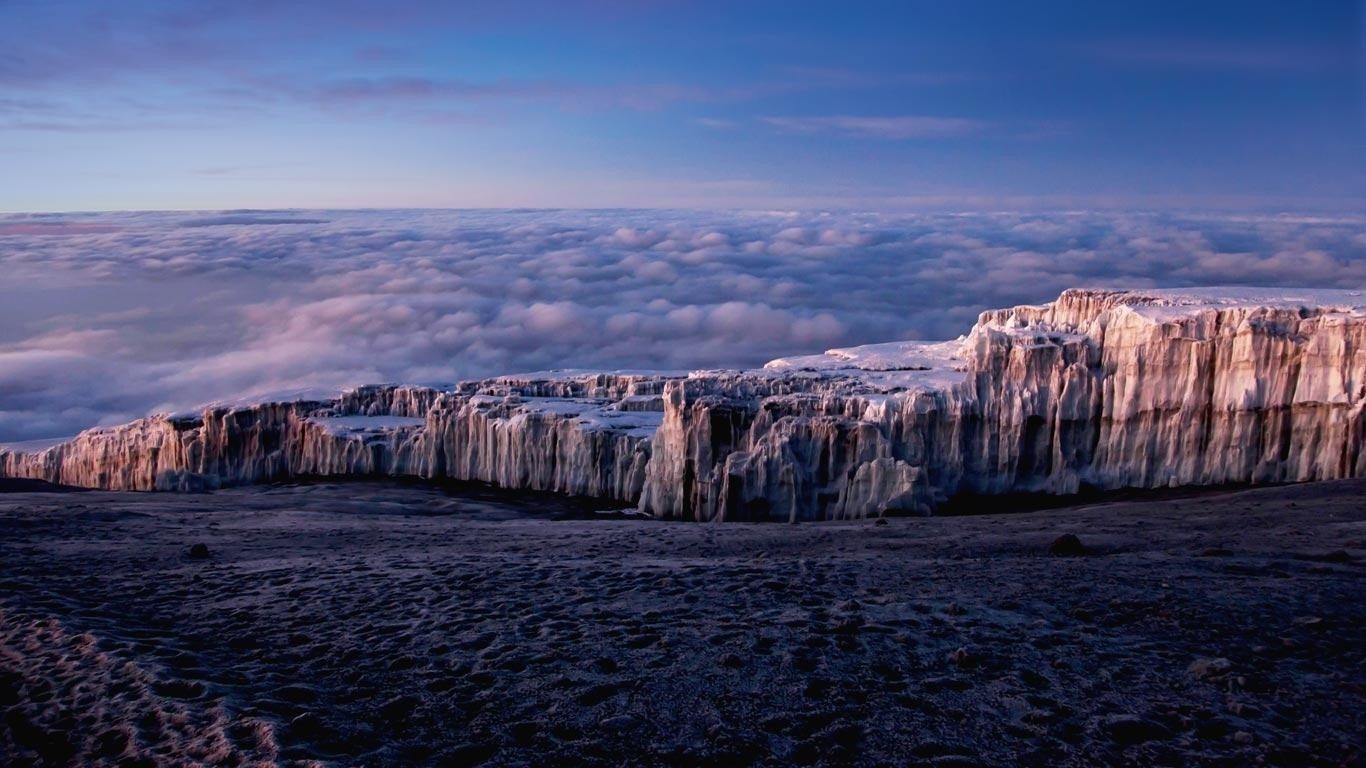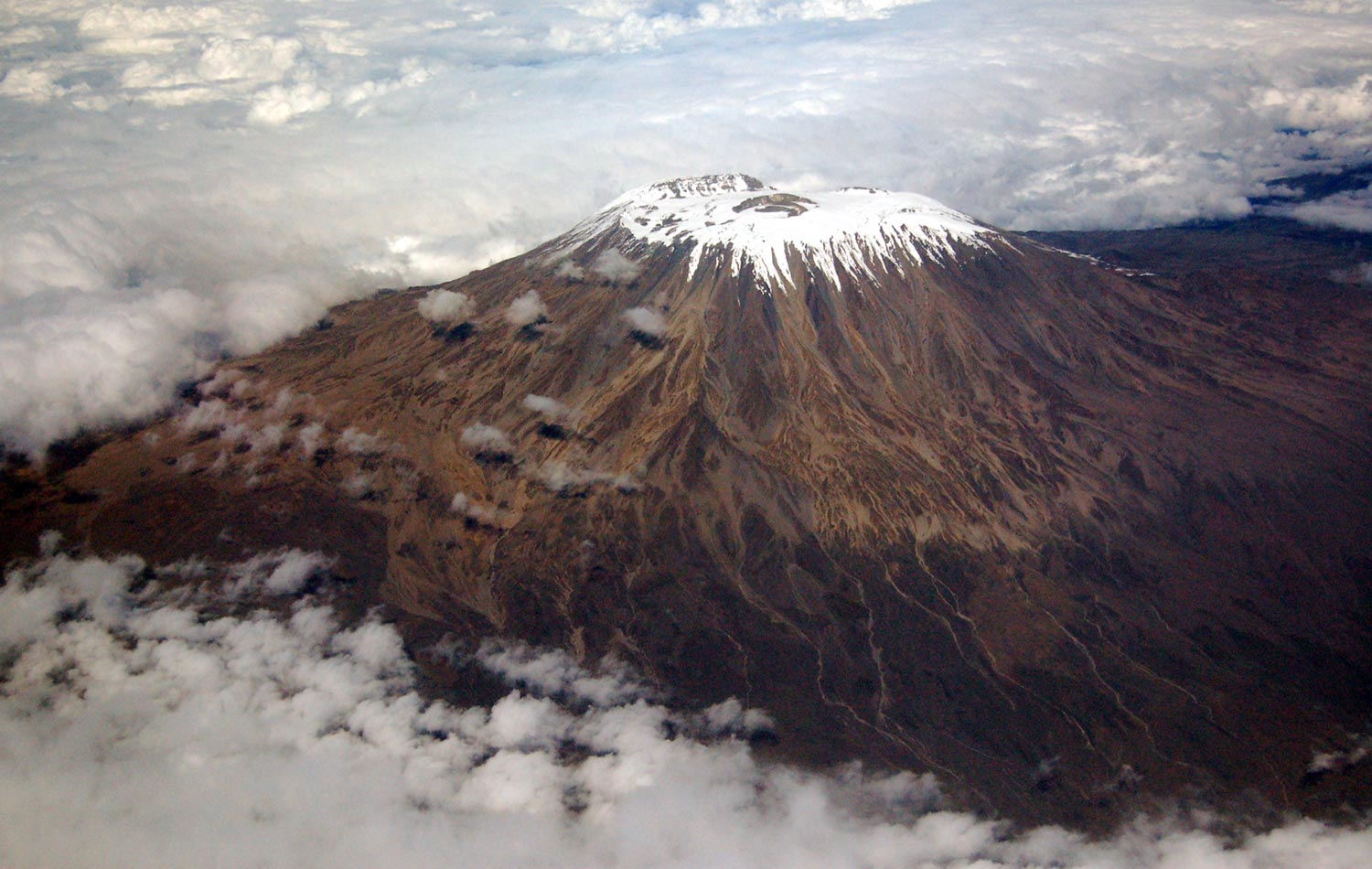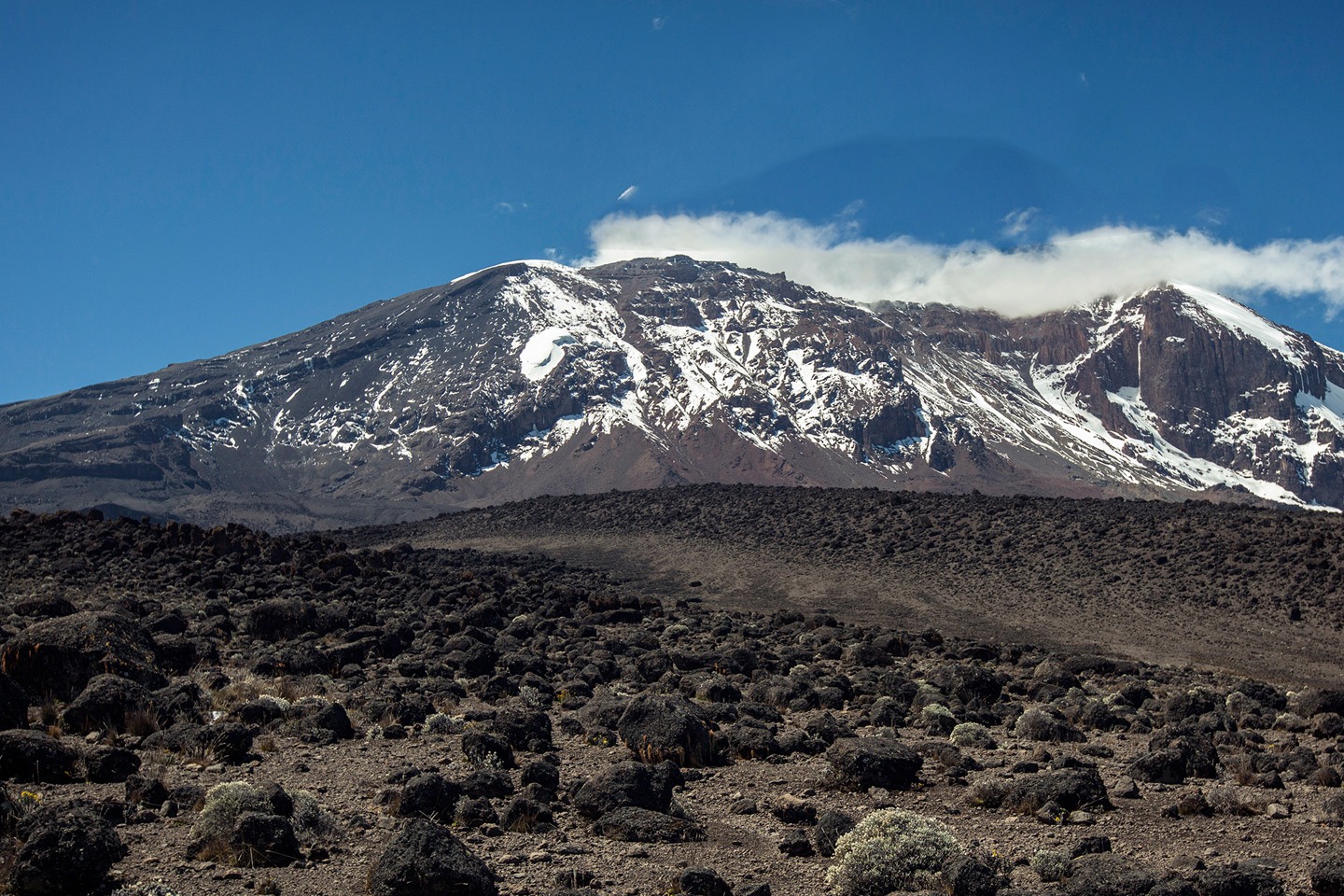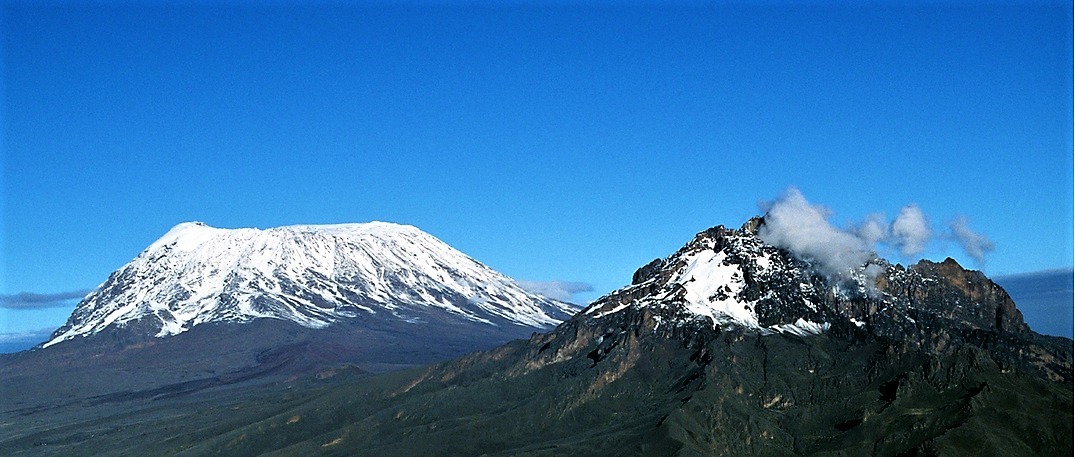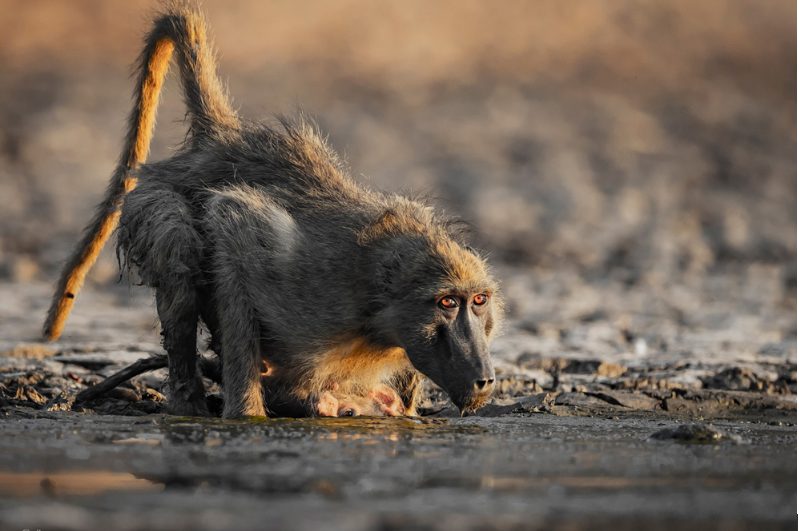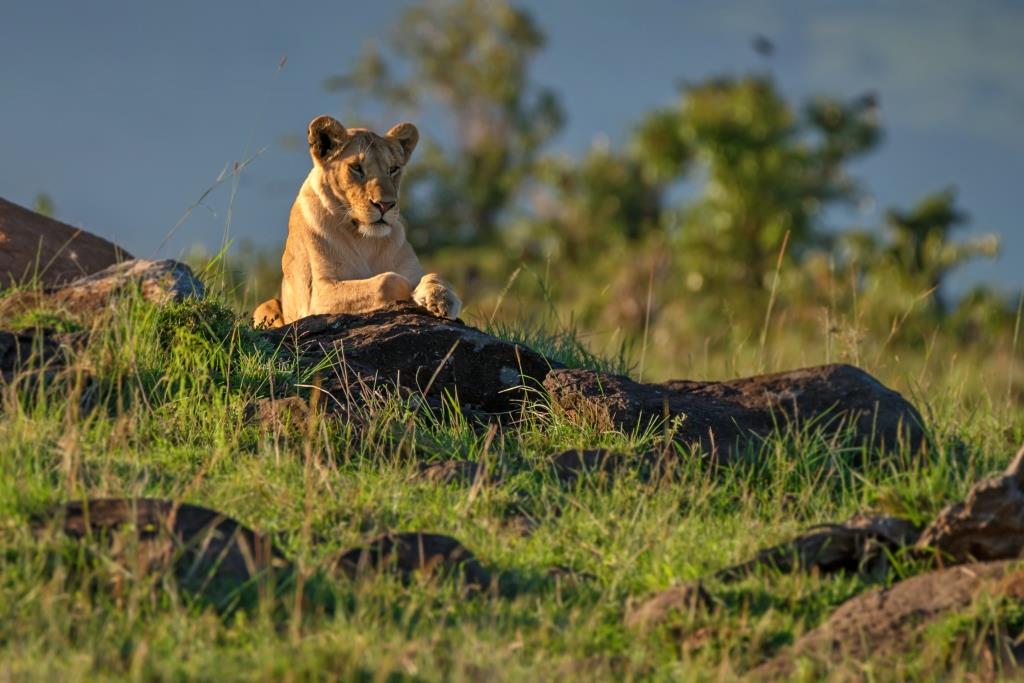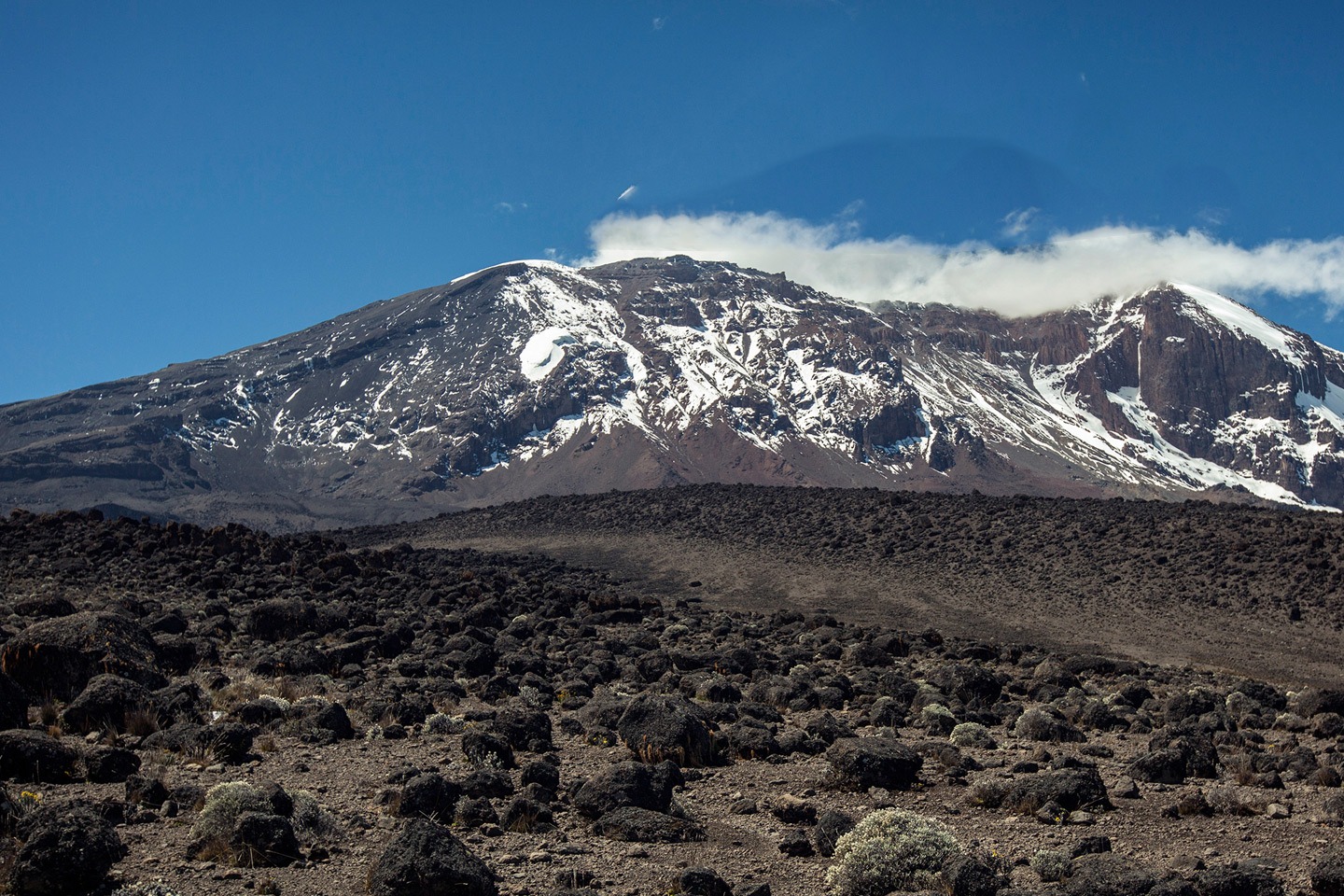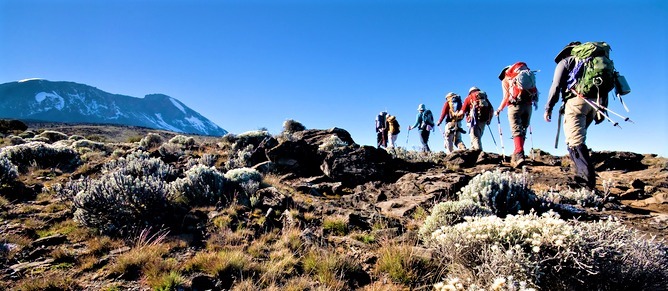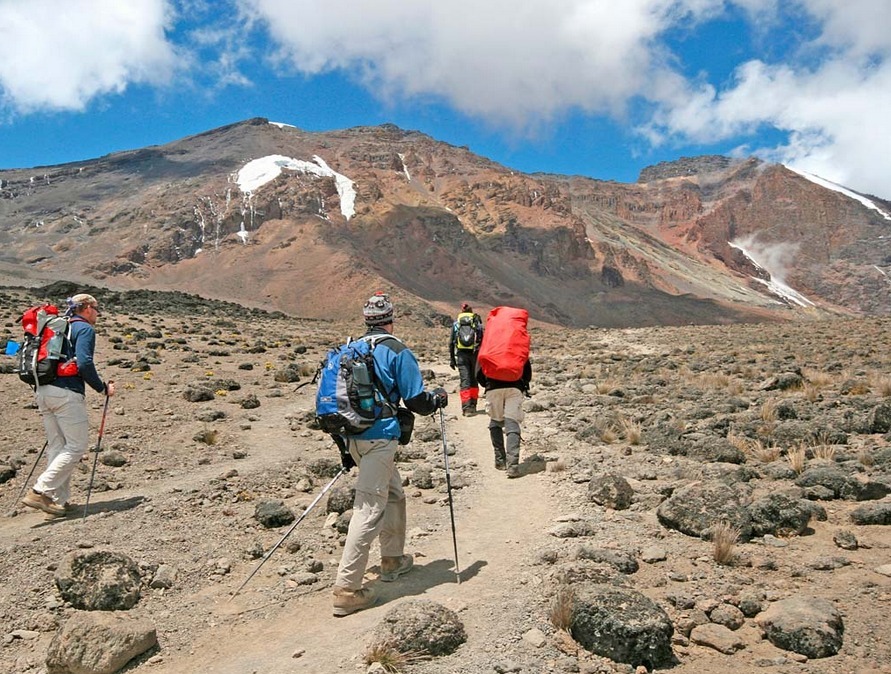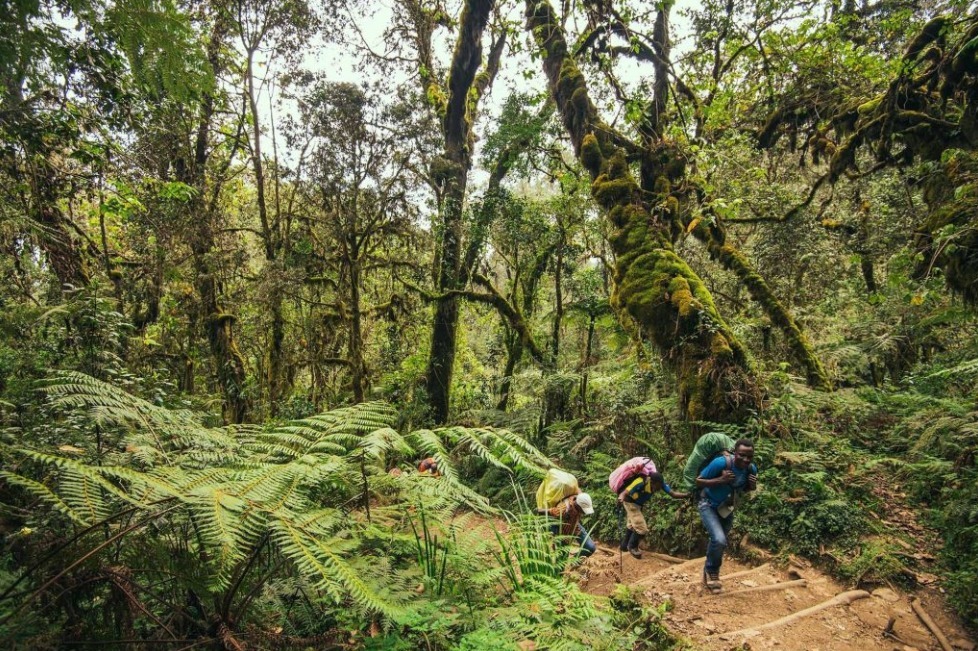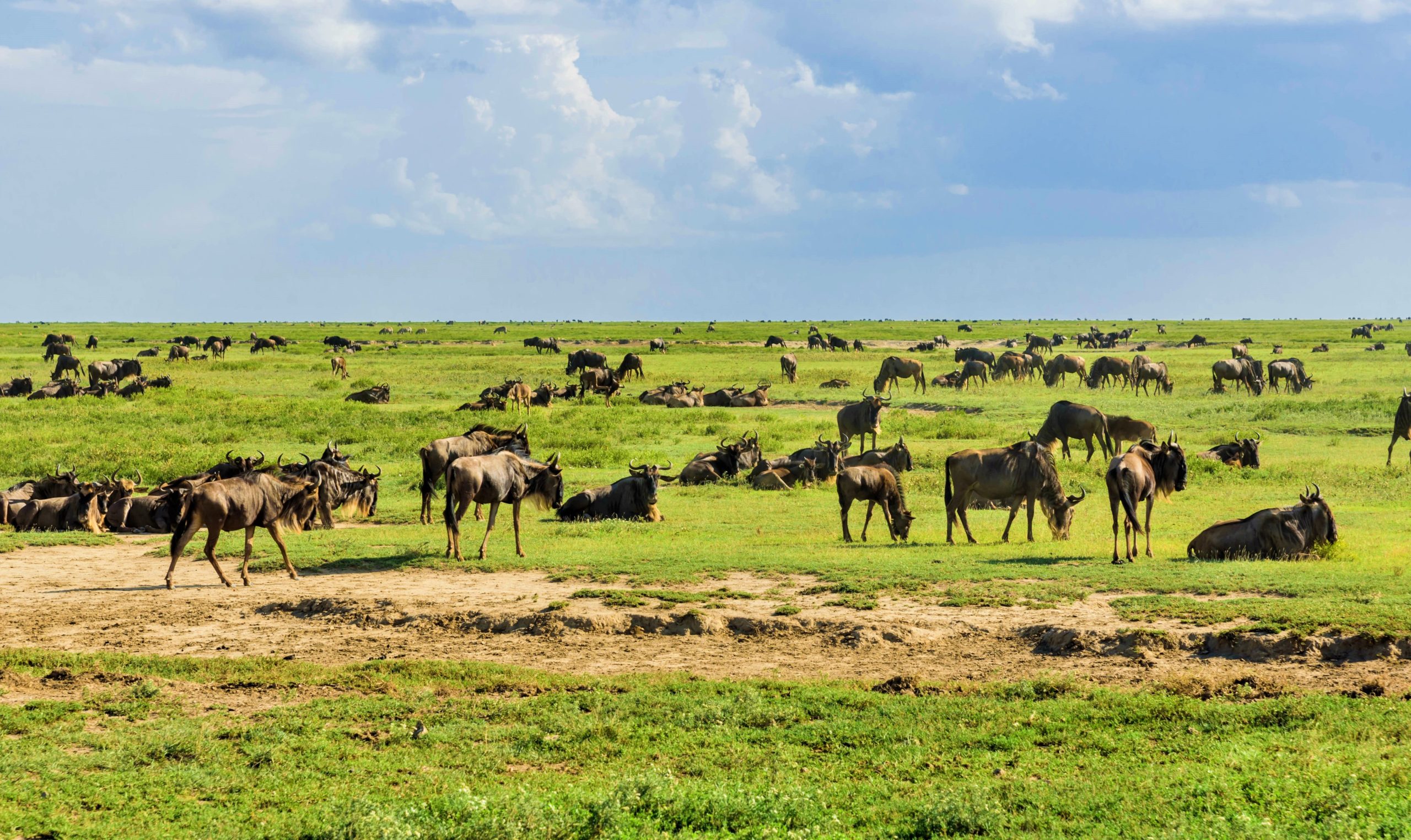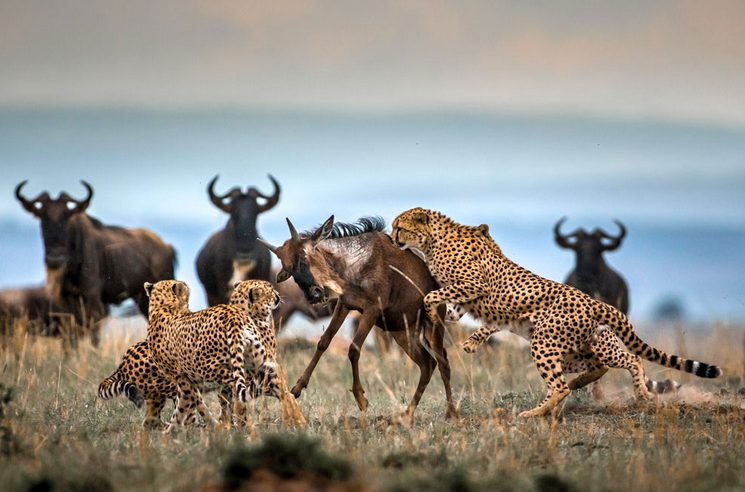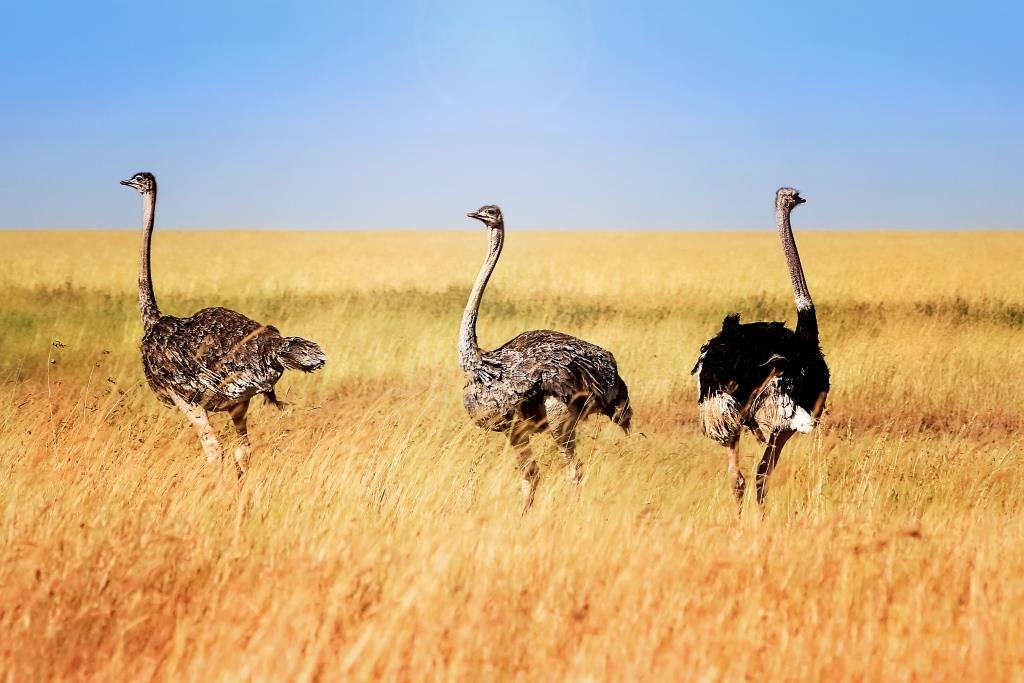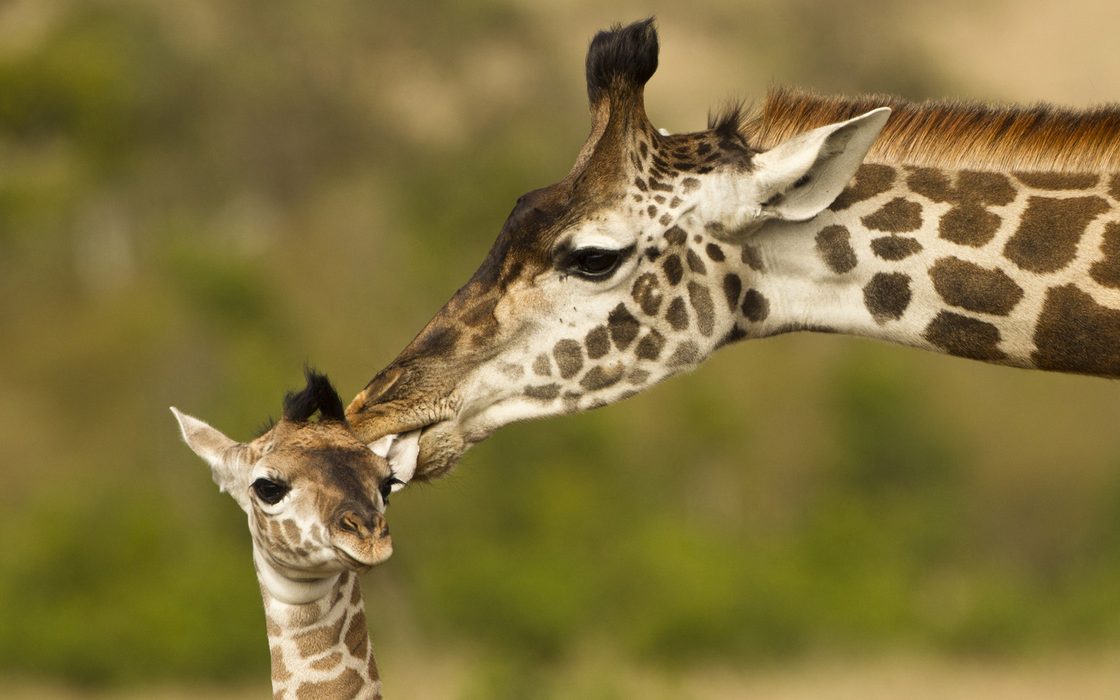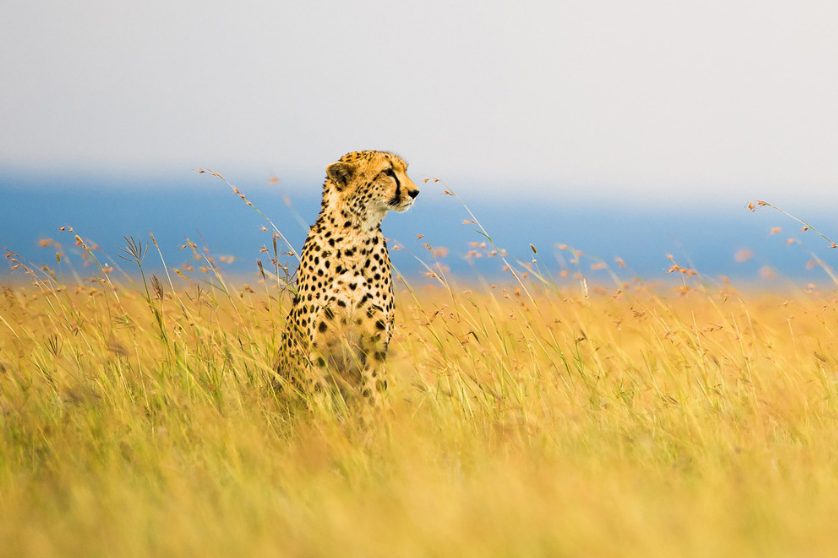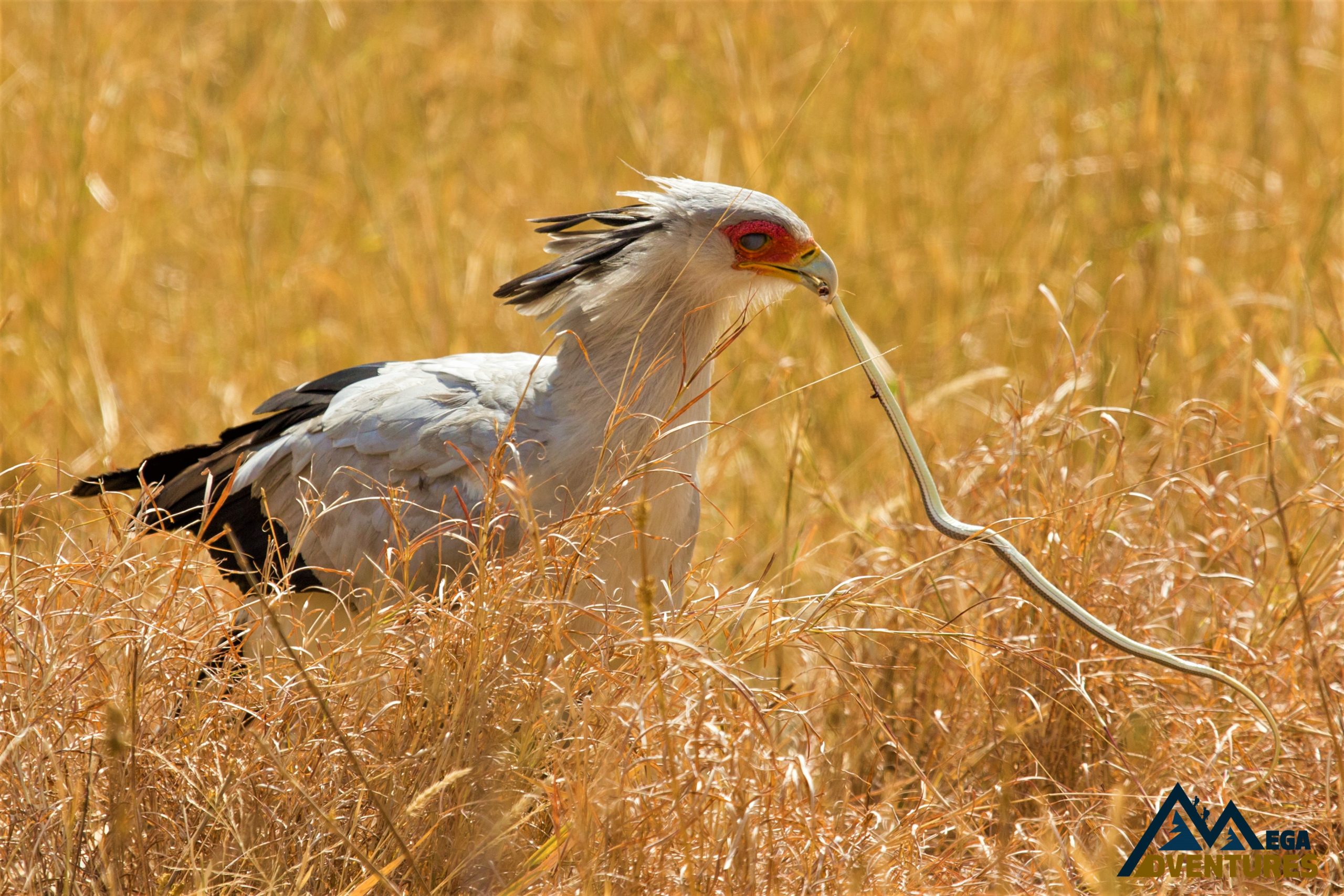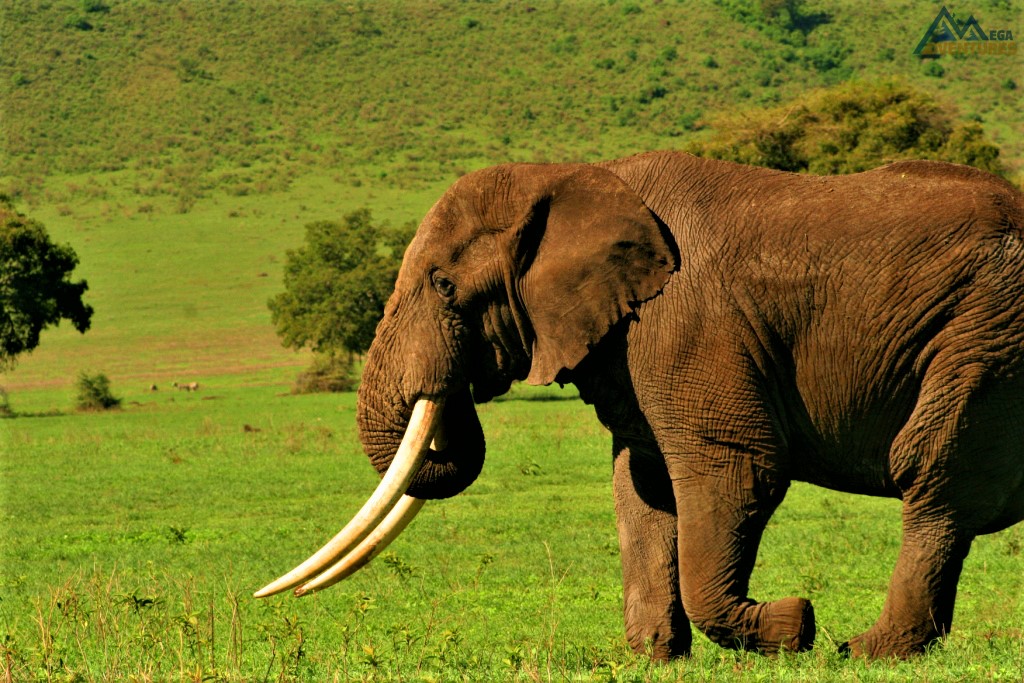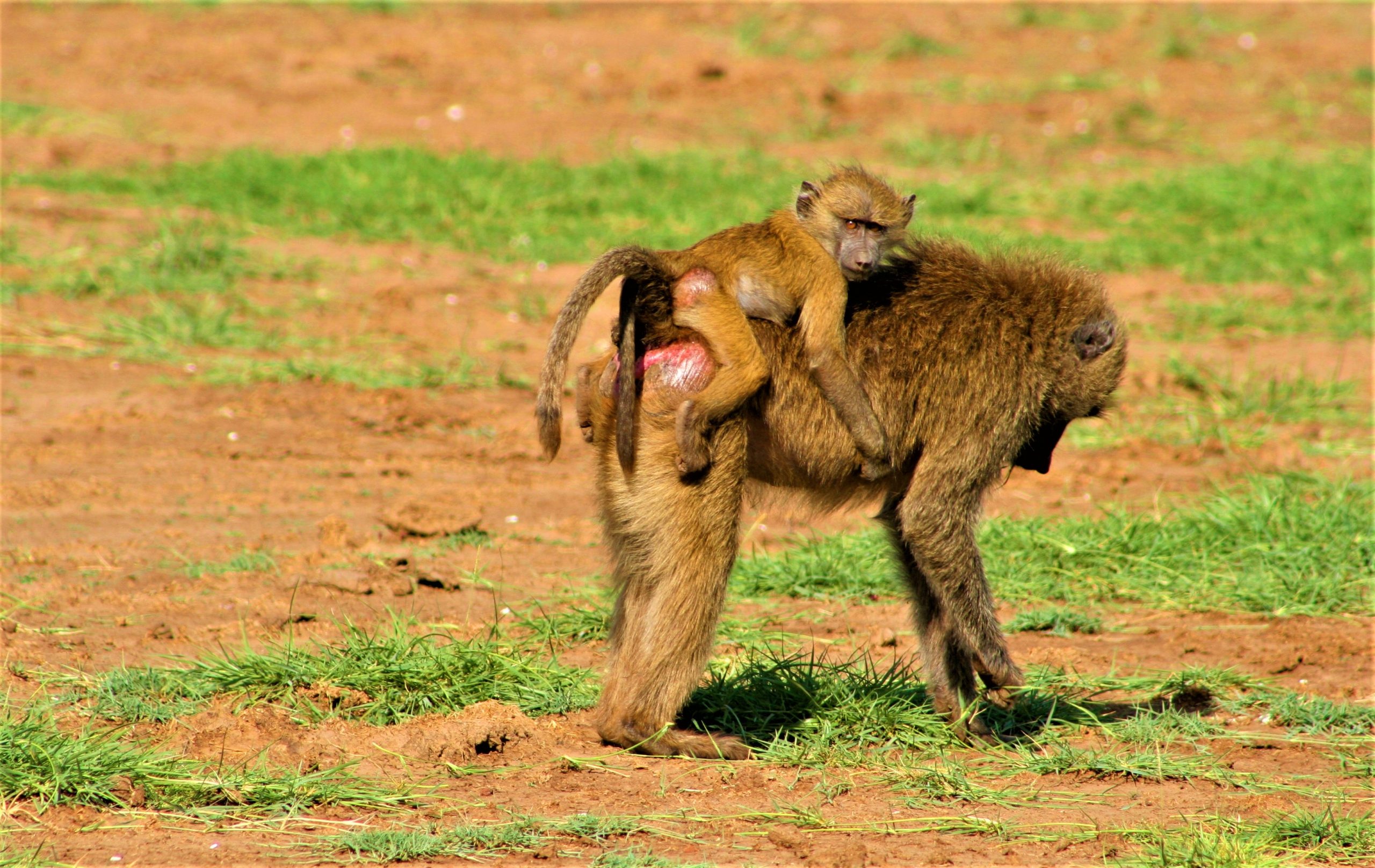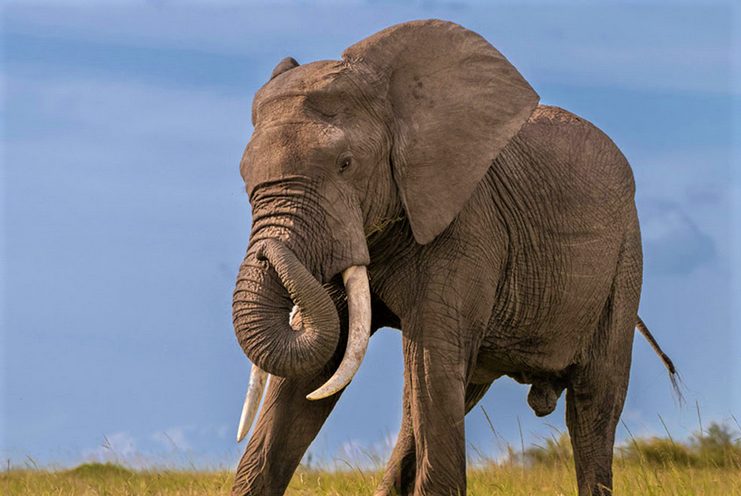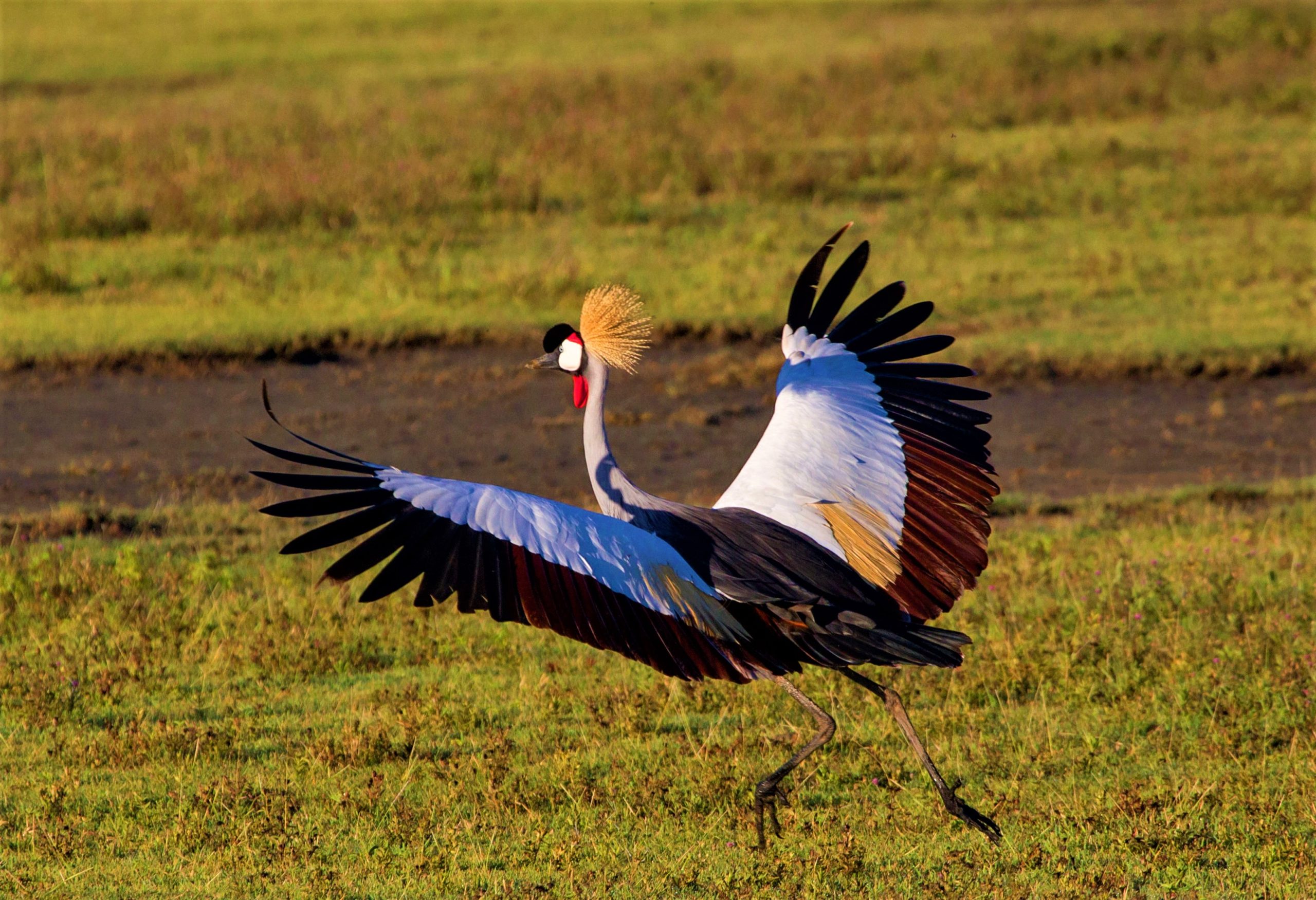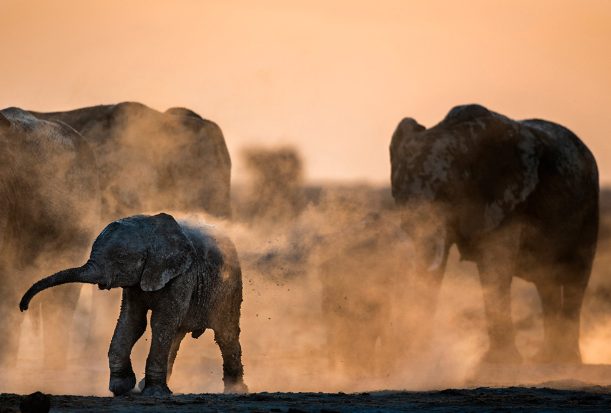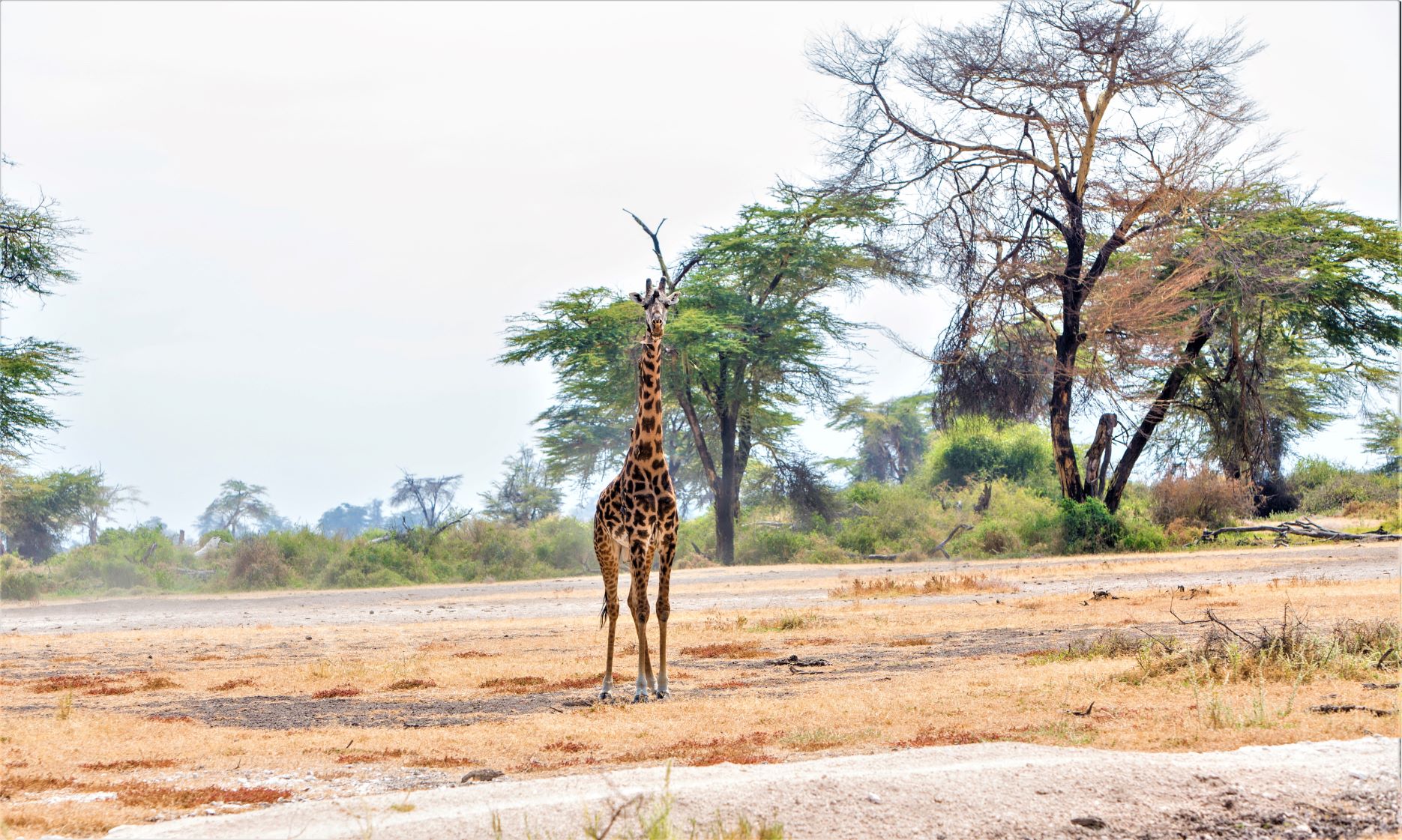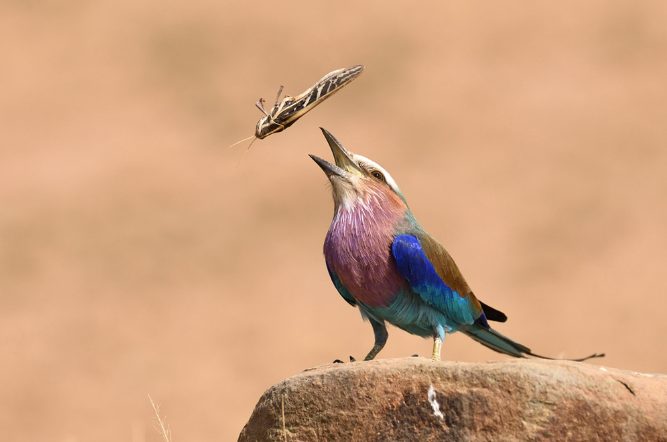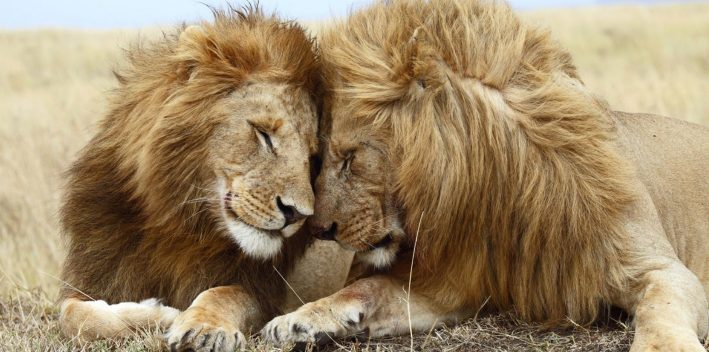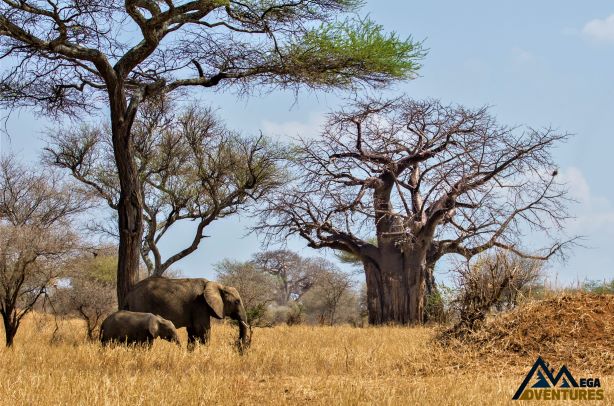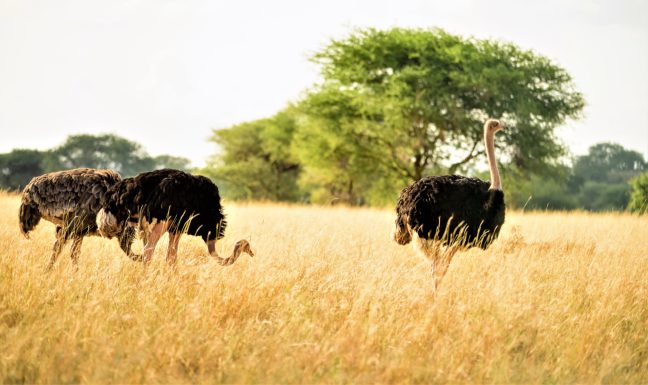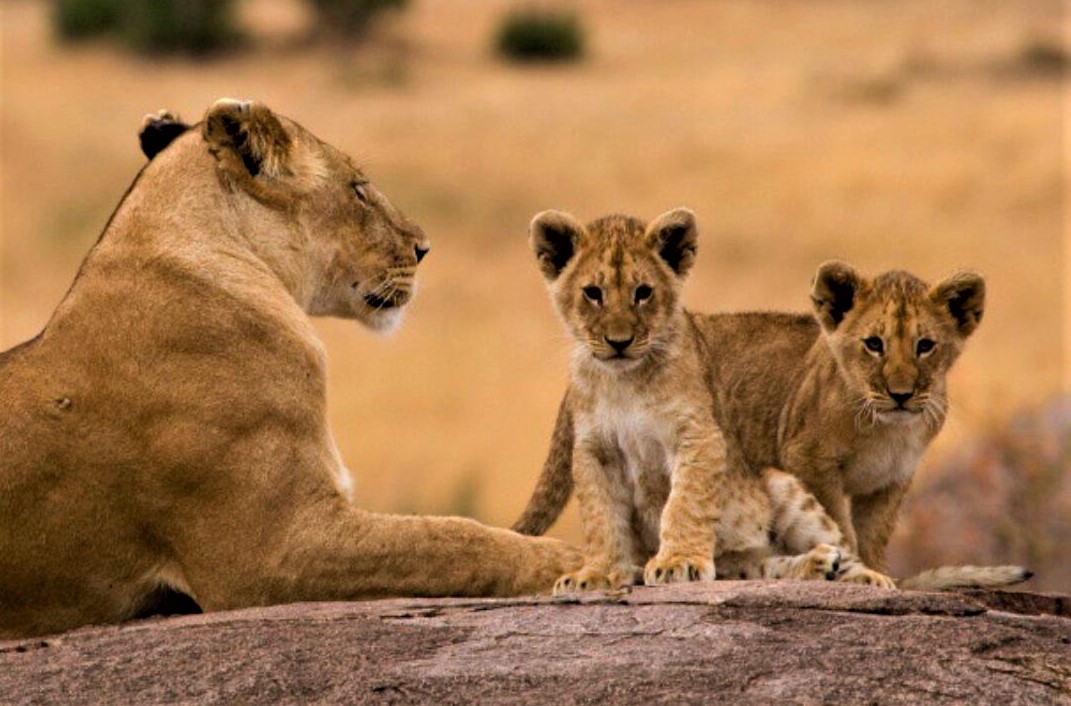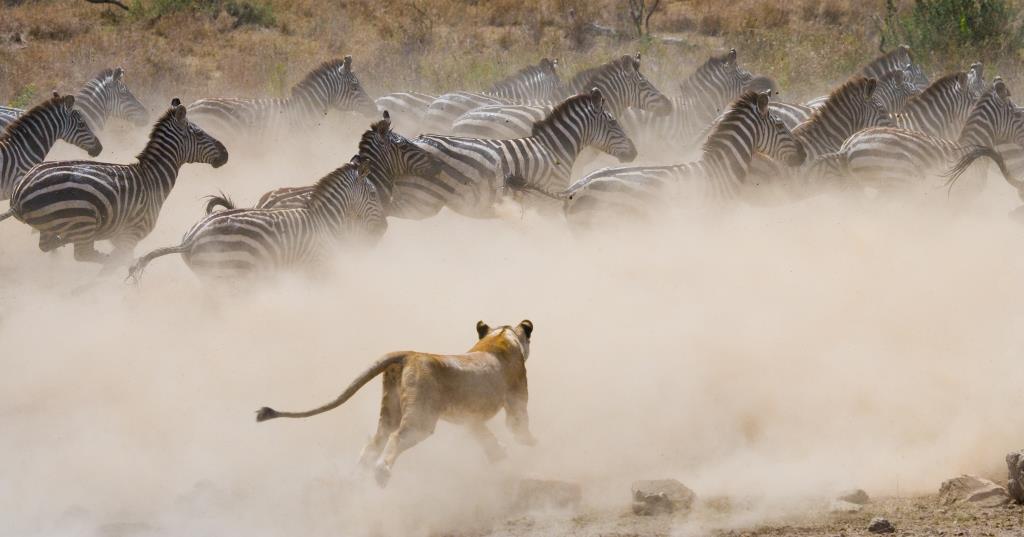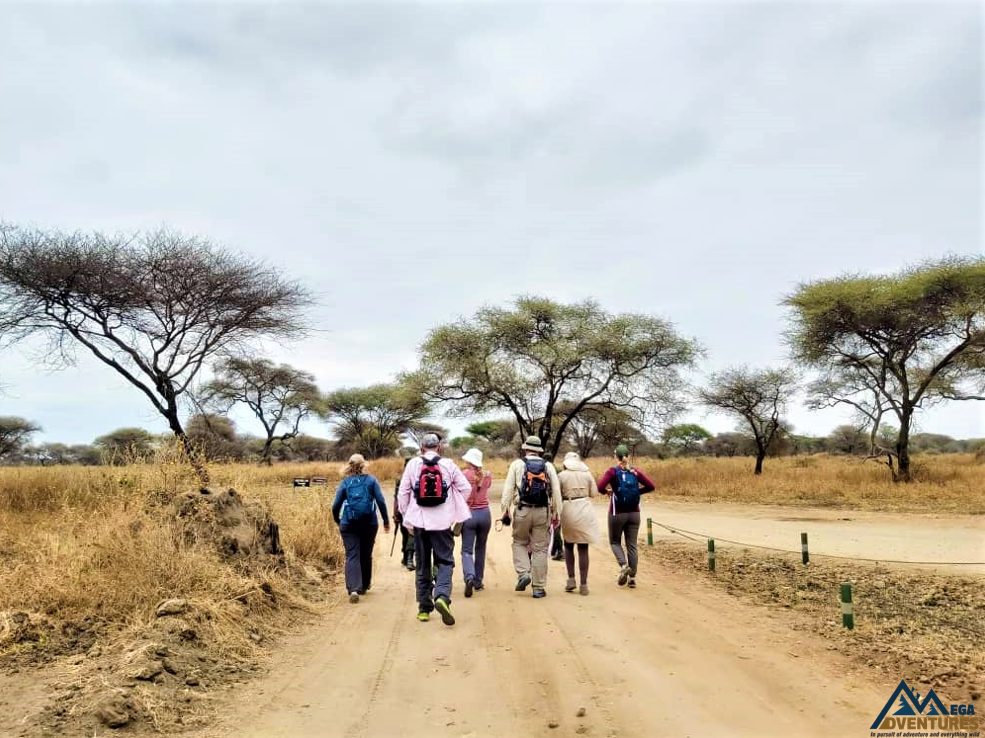Home - Serengeti National Park
Tanzania’s oldest national park is also one of the world’s best known wildlife sanctuaries. At 14,763 sq. Kms, Serengeti was second in size only to Ruaha National Park, now third in size after the newly annouced Nyerere National Park of the Selous Game Reserve. Serengeti National Park is certainly one of Tanzania’s most precious jewels. Protected for almost a century now, the sanctuary was declared a national park in 1959 and is also a world heritage site and an international biosphere reserve, alongside Ngorongoro.
The Serengeti is home to the world’s largest and most spectacular wildlife migration, at the peak of which it contains the largest concentration of mammals on earth. Bordering Ngorongoro to the south and south east, Kenya’s Maasai Mara to the North, Maswa Game Reserve to the west and south west, Loliondo Game Reserve to the east and reaching within 8km of Lake Victoria to the North West, any safari here promises wildlife galore, especially when the annual migration of plains game and their attending predators is in residence.
Serengeti is derived from the Maasai word “Siringet” meaning the endless plains. Recently claimed the 7th world wide wonder, Serengeti owes its legendary fame to the annual 800km migration of over 2.5 million animals, forming columns of animals up to 40kms long! The migration offers visitors with one of nature’s most staggering displays, one in which the ever watchful predators play vital part. In this epic journey, the migration has to cross their biggest obstacles, the river crossings, to get to the green pastures on the other side. These rivers, the Grumeti in Serengeti and the Mara along the border with Kenya to the North, can both be the scenes of true carnage, as weak, panicked and old animals fail to cross the raging tides ending up in the jaws of crocs or get piled in a writhing mass of bodies where they are left at the mercy of the vultures and other scavengers. The migration’s never ending cycle is fueled by a seasonal search for green, fresh pastures and water dictated by the rains.
The endless sun burnt savannah that turns into a shimmering golden horizon during the dry season and covers only a third of the park isn’t the only thing that the Serengeti has on offer. Seronera, with its wooded hills, lightly wooded valleys, rivers lined with fig trees and acacia woodland stained orange by dust offers some excellent year round game viewing even when the migration isn’t in residence. To the north along the border with Kenya, the country is dominated by thorny acacia woodlands. To west, the corridor that runs along the Grumeti River reaches very close to Lake Victoria, and the evergreen forests flanking the river provide a home to a variety of primates and leopards whilst the river itself is excellent habitat for water birds and crocodiles which in turn prey on the thirsty animals that come down to drink during the dry season.
Wildlife, of course is what brings people to the Serengeti, and at that, the park isn’t lacking. All of the big five can be spotted while on safari in Serengeti, with an abundance of other animal species that include cheetah, Thomson’s and Grant’s gazelle, topi, eland, waterbuck, hyena, baboon, impala, African wild dogs and giraffe, jackals, Serval cats and many more. The park also boasts about 500 bird species, including Ostrich, Secretary bird, Kori bustard, Crowned crane, Marabou stork, Martial eagle, Lovebirds and the many species of vultures. As popular as Serengeti might be, it’s so vast that you might well be the only visitor around when a Leopard silently crouches in the tall grass towards unsuspecting impala, or when a Cheetah chases down a Thompson gazelle at a break neck speed across the golden plains in an epic struggle to fulfill the ancient adage of survival for the fittest in one of the world’s most beautiful wildlife sanctuaries.
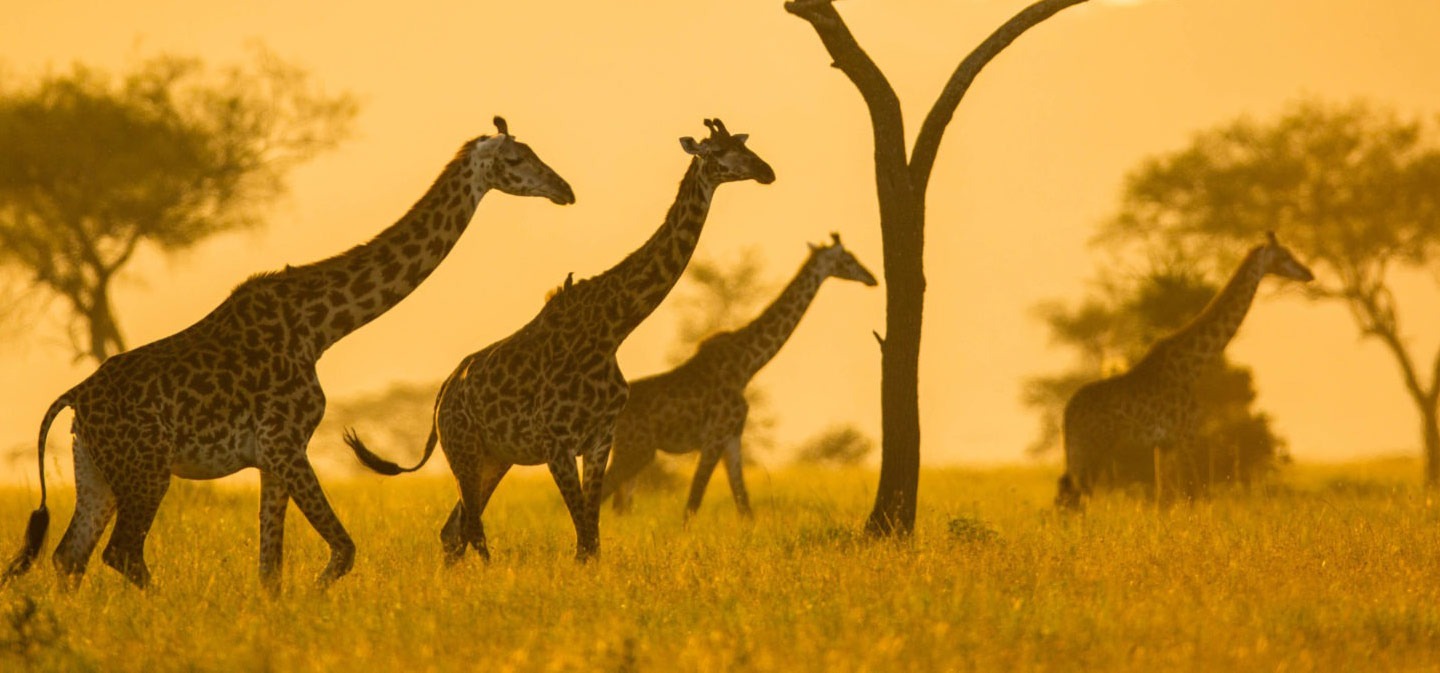
Climate:
Like most of the parks it experiences two 2 rainy seasons. The long rainy season from March – May and the Short rainy season from mid November to mid December. It seldom rains through out the day during the wet season.
The Dry months are June- October and Mid December to February.
The temperature during the day is pleasant warm and cool to cold at nights and early mornings.
Best time to visit:
Serengeti National Park can be visited all year round.
The dry season (from late June to October) offers the best wildlife viewing in general, with the wildebeest migration crossing the Mara river at around July – September this may vary from year to year, but nevertheless if you are not lucky enough you will still be able to enjoy this spectacular event as the migration heads down to the central Serengeti in around November.
Also a spectacular time of the year to visit the Serengeti is during the wildebeest calving period, from late January to February in the southern plains of the Serengeti and Ndutu areas.
For those who want to avoid the peak season crowds, Serengeti only receives a handful of visitors and still ideal to visit in March, early April. At this time of the year the park is really peaceful with very few tourists, although it may rain for couple of hours a day the experience is worth it. Mega Adventures offers special rates for this period of travel, you may enjoy classic accommodations for very good prices.
Accessibility:
Throughout the year by,
By Air from Arusha/ Zanzibar
By Road through Ngorongoro Loduare gate, Lake Natron Kleins gate or from Mwanza through Ndabaka gate.
Accommodation:
Public Campsites, Special Campsites, Lodges and tented camps of various budget are available inside the park.
Activities:
- Game drives
- Balloon Safaris
- Camping



